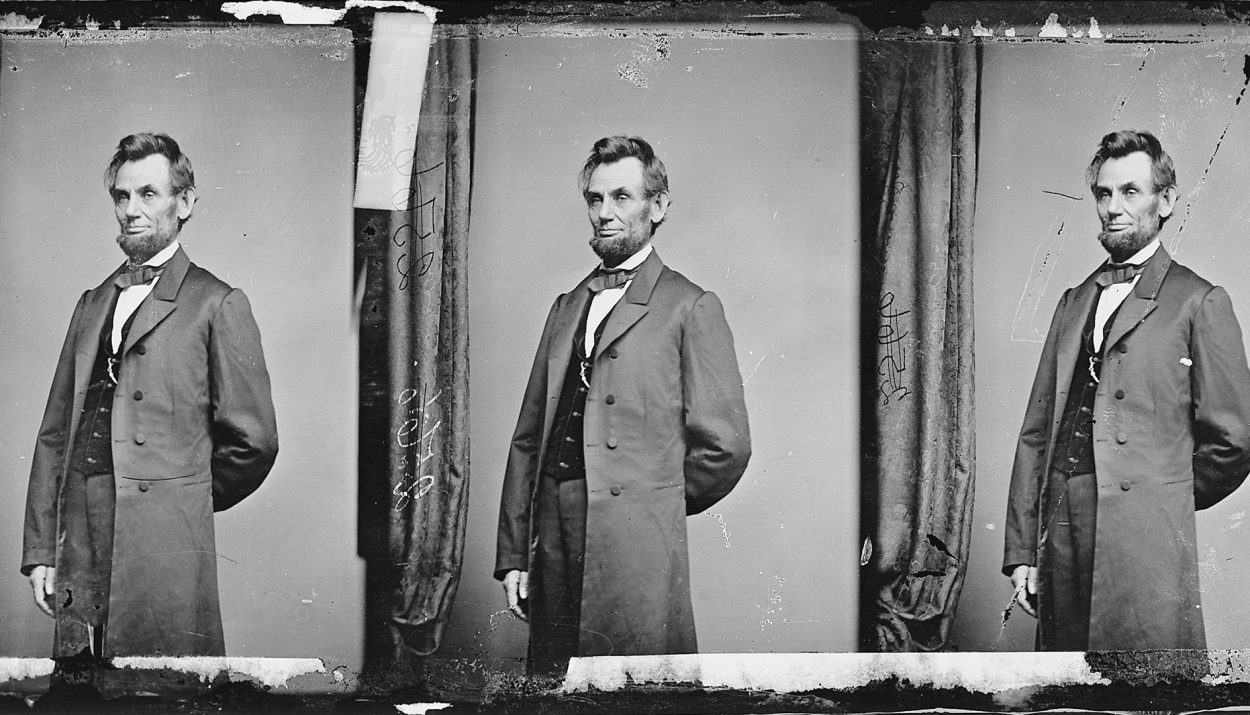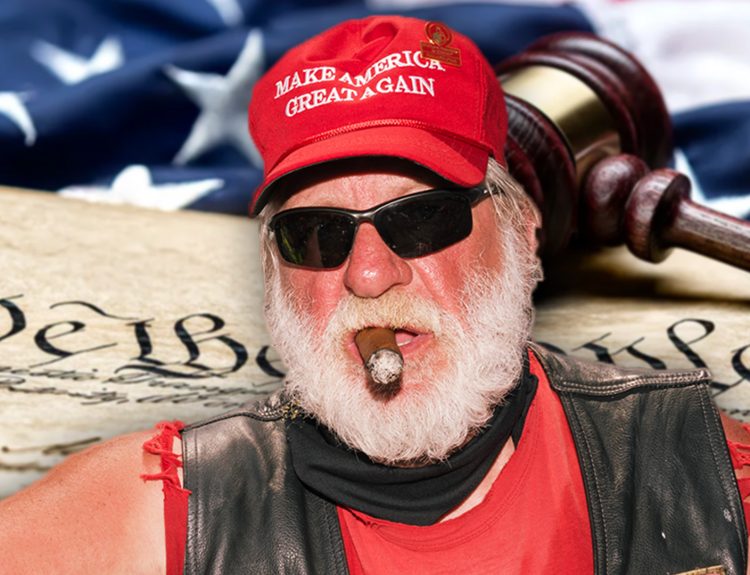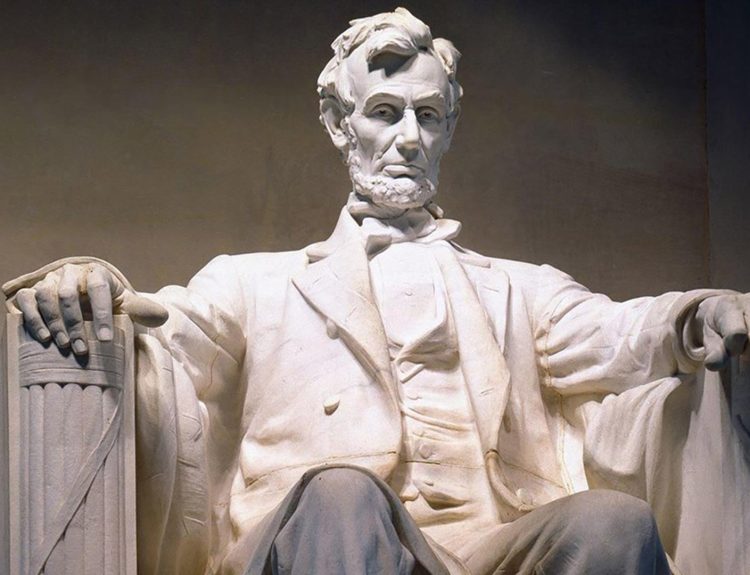From the War of 1812 to the election of William McKinley, the early 19th Century was a time of great change in the United States. From the Louisiana Purchase to the Missouri Compromise, the US was growing and evolving at a rapid pace. This quiz will test your knowledge of the events and people that shaped the America of today.
From the Whiskey Rebellion to the Civil War, from the Federalists to the Democratic-Republicans, this quiz will challenge your knowledge of the US from 1800 to 1899. Let’s see how much you know about this important period in American history!
1. Born April 16, 1889, in Walworth, London, what famous English comedian and actor is best known for his on-screen persona the Tramp?

A. Charlie Chaplin
B. Jackie Coogan
C. Rowan Atkinson
D. Buster Keaton
Answer: A. Charlie Chaplin

Insight: Born Sir Charles Spencer Chaplin Jr., but forever known as Charlie Chaplin, this English actor rose to fame in the silent film era. His iconic character, the Tramp, cemented his place as a comedic legend and a lasting figure in film history.
2. In 1794, what did Eli Whitney invent?

A. Pot Belly Stoves
B. The Loom
C. The Revolver
D. The Cotton Gin
Answer: D. The Cotton Gin

Insight: Eli Whitney’s cotton gin in 1794 revolutionized cotton production. By speeding up seed removal, it made cotton a highly profitable crop in the South. This fueled the expansion of cotton farms and the tragic rise of slavery to meet labor demands. Cotton production soared, transforming the South’s economy.
3. Which of the following battles was the bloodiest battle in the entirety of the Civil War?
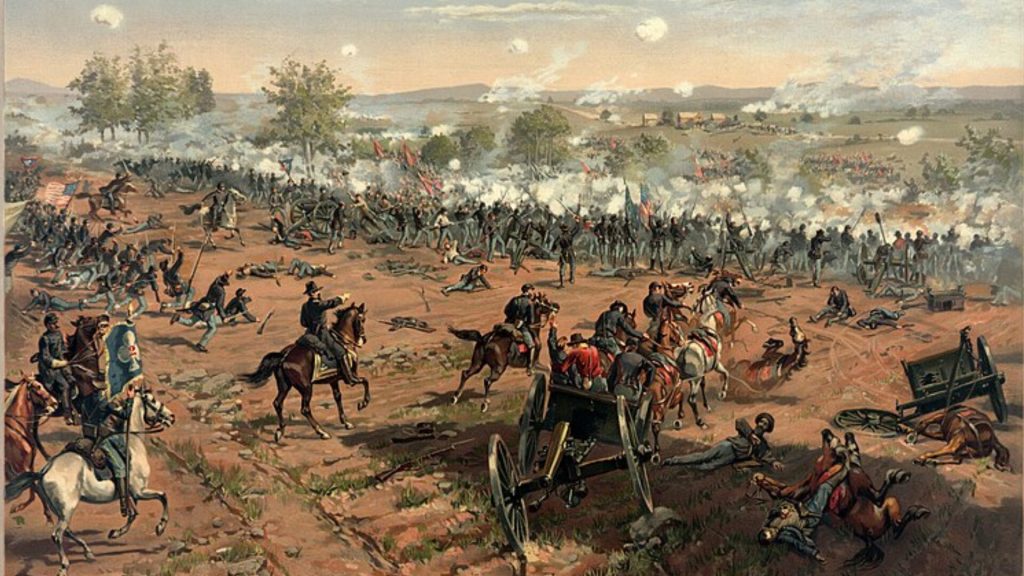
A. Battle of Chickamauga
B. Battle of Chancellorsville
C. Battle of Stones River
D. The Battle of Gettysburg
Answer: D. The Battle of Gettysburg
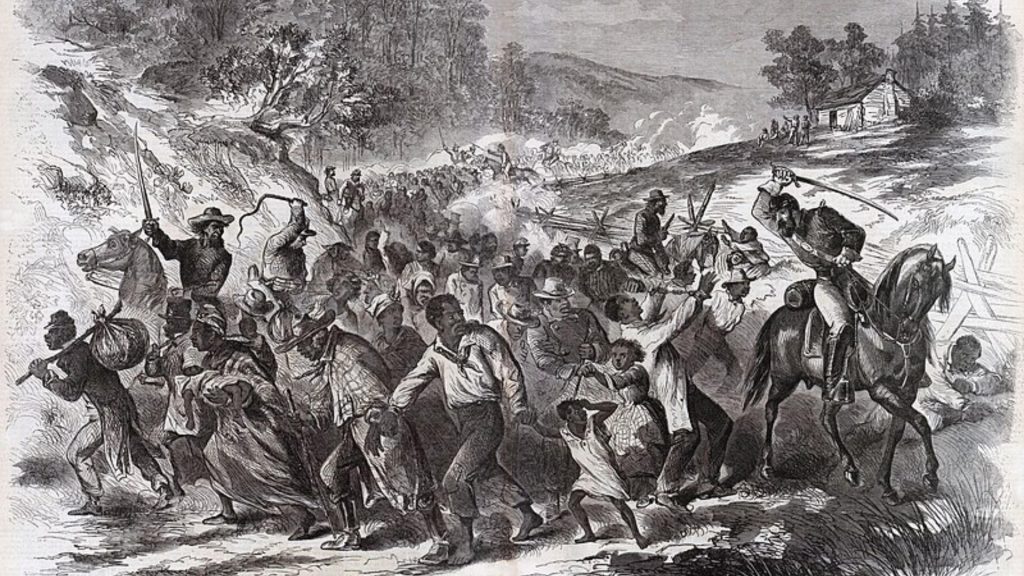
Insight: In a brutal clash that raged from July 1st to 3rd, 1863, the Battle of Gettysburg marked a turning point in the Civil War. The Union emerged victorious, but at a heavy cost – roughly 50,000 soldiers lost their lives.
4. Fighting at least 14 battles in the War of 1812, the USS Constitution was given what nickname?

A. Chesapeake Raider
B. The Gray Lady
C. Bulldog of the Navy
D. Old Ironsides
Answer: D. Old Ironsides
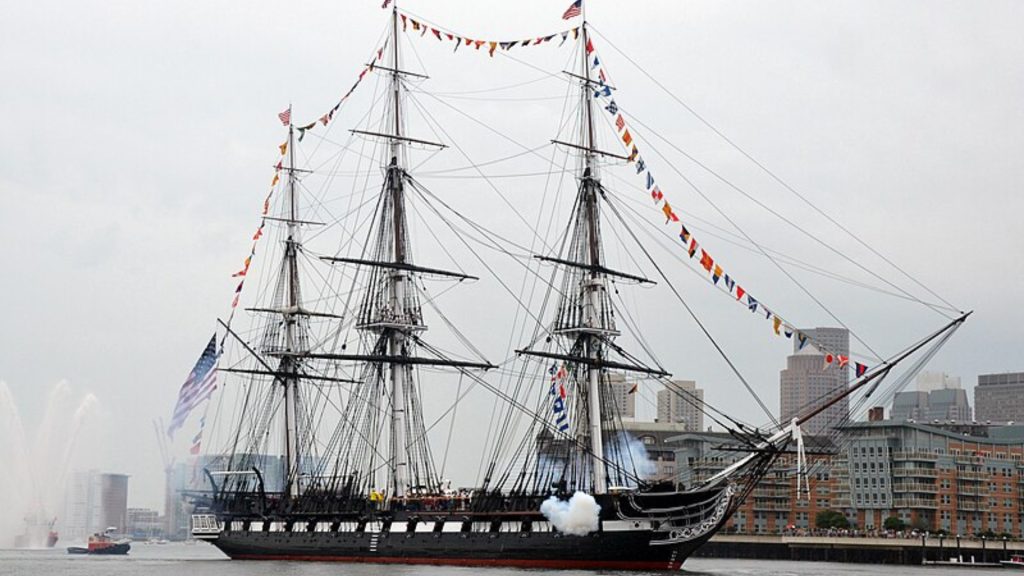
Insight: Despite being outnumbered by the mighty Royal Navy, the young U.S. Navy held its own. Their powerful frigate, the 44-gun USS Constitution, emerged victorious in a key battle against the British HMS Guerriere. This impressive feat earned the Constitution its now-famous nickname, “Old Ironsides.”
5. Which fort is “The Star Spangled Banner” about the defense of?
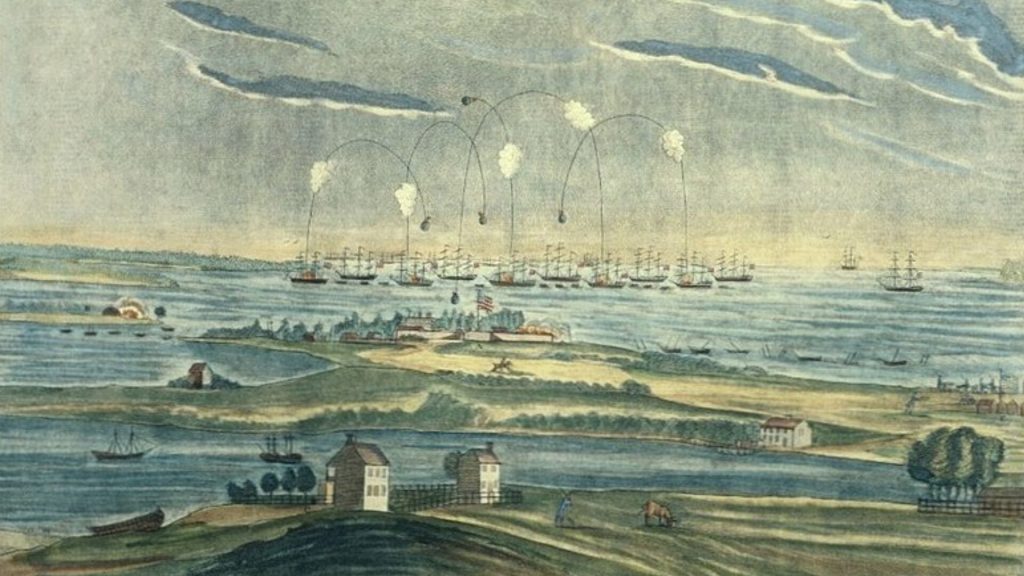
A. West Point
B. Fort Knox
C. Fort McHenry
D. Fort Washington
Answer: C. Fort McHenry
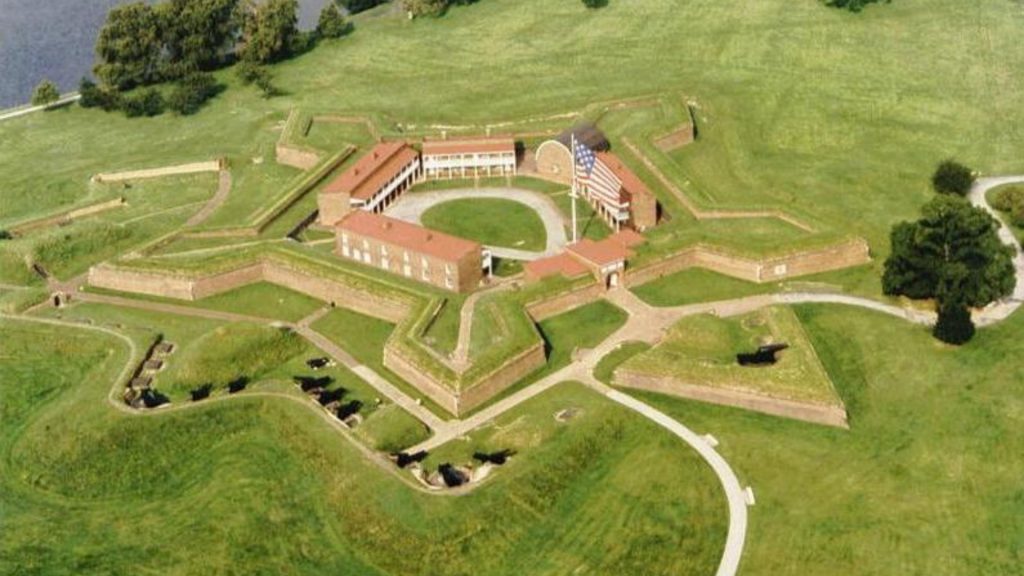
Insight: The Star-Spangled Banner found its spark during the War of 1812. Witnessing the American flag holding strong over Baltimore’s Fort McHenry during a fierce battle, Francis Scott Key penned this now-famous anthem, forever linking the fort’s valiant defense with American pride.
6. What engineering marvel was one of the top attractions to the Chicago World’s Fair?

A. Dodge ‘Em Cars
B. The Brooklyn Bridge
C. The Panama Canal
D. The Ferris Wheel
Answer: D. The Ferris Wheel

Insight: At the 1893 Chicago World’s Fair, George Ferris’ revolutionary Ferris Wheel wowed crowds. Towering 250 feet and holding 2,000 passengers, it rivaled the Eiffel Tower as a marvel of engineering and became the fair’s star attraction.
7. Which U.S. President was nicknamed “Old Hickory”?
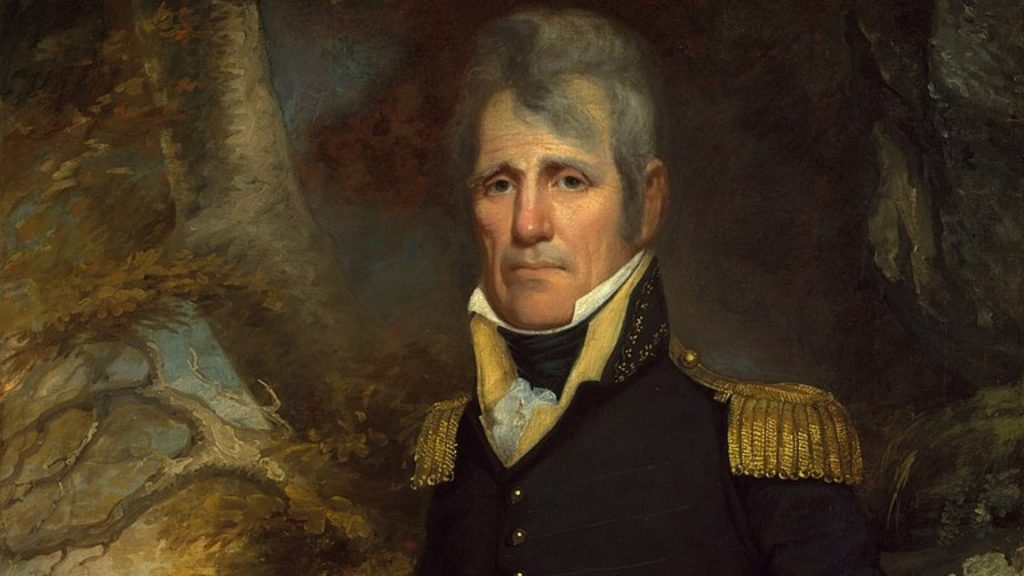
A. Andrew Jackson
B. Thomas Jefferson
C. John Adams
D. Henry Clay
Answer: A. Andrew Jackson
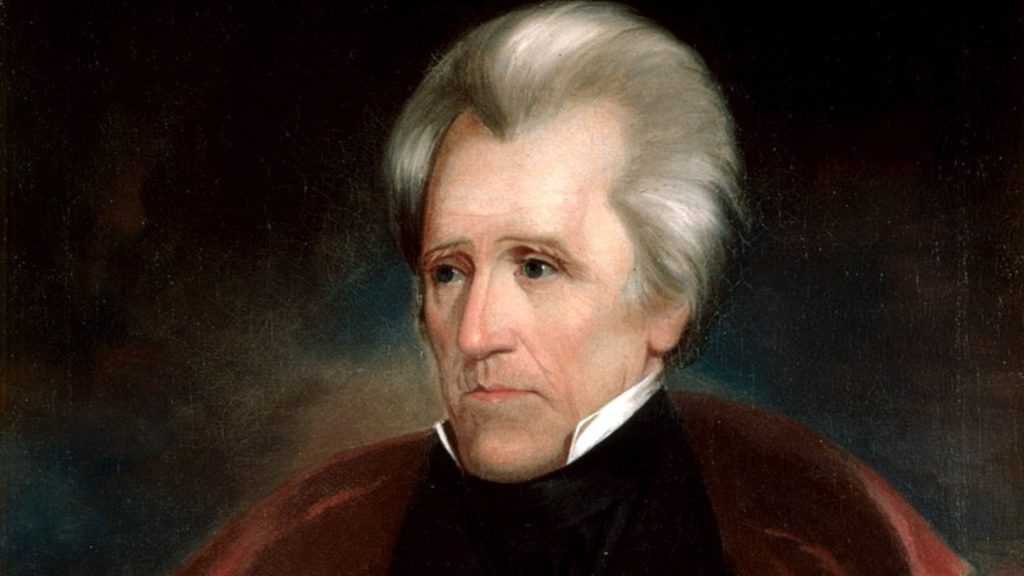
Insight: Nicknamed “Old Hickory” for his toughness, Andrew Jackson, the seventh US president (1829-1837), rose to fame as a military hero in the War of 1812. Seen as a champion of the common man, his election marked a turning point in American democracy. His most celebrated victory, the Battle of New Orleans in 1814, cemented his image as a resolute leader.
8. Who led the other Sioux tribe in the Battle of Little Bighorn (Custer’s Last Stand) alongside Crazy Horse?
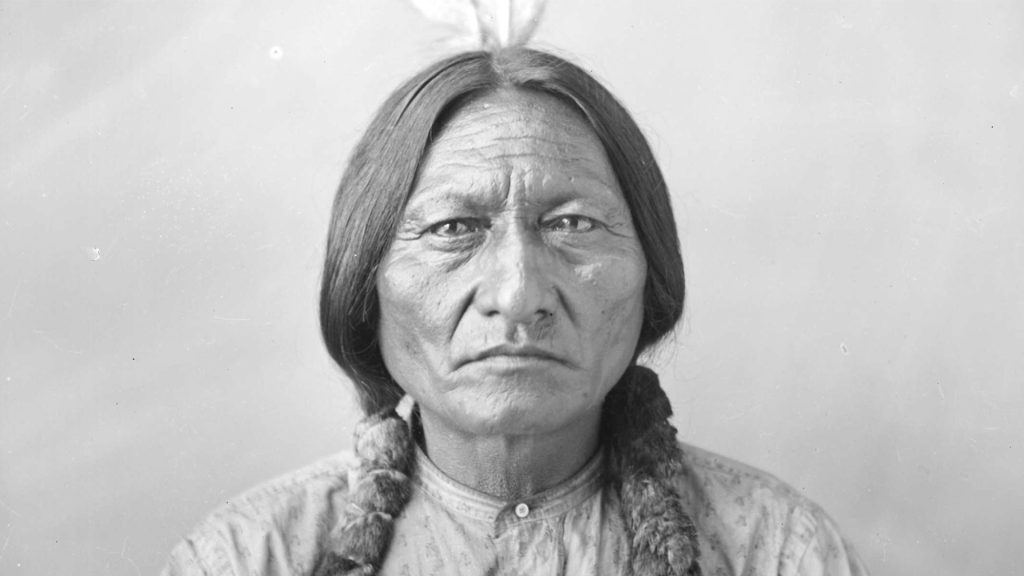
A. Red Cloud
B. Tecumseh
C. Sitting Bull
D. Black Hawk
Answer: C. Sitting Bull

Insight: In 1876, Lakota Sioux leader Sitting Bull and warrior Crazy Horse united to resist U.S. control of the Black Hills. They decisively defeated Lt. Col. Custer at the Battle of Little Bighorn, a major victory for Native Americans in the Indian Wars and a turning point known as Custer’s Last Stand.
9. Who challenged Stephen Douglas in the Illinois Senatorial election of 1858?
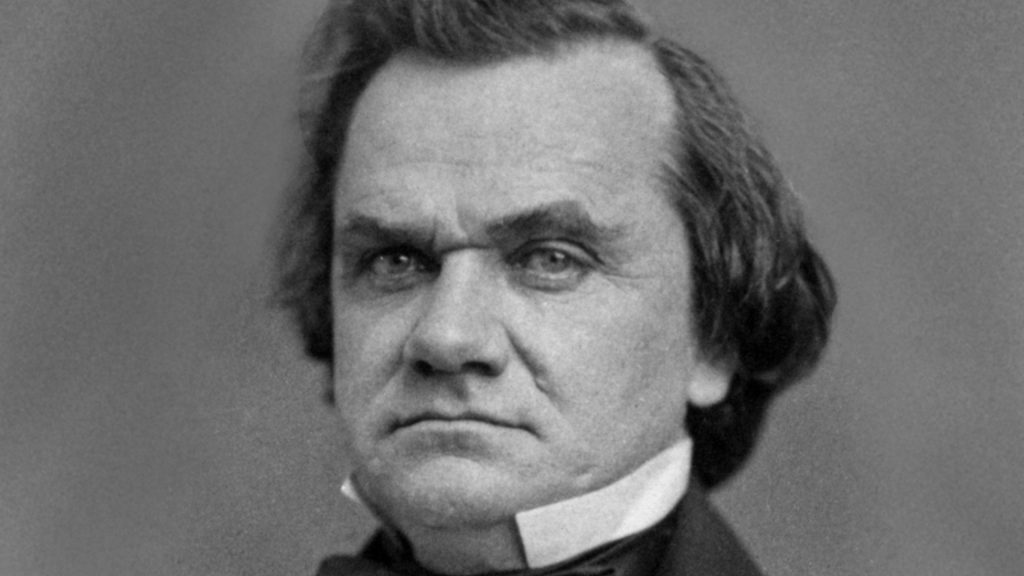
A. Abraham Lincoln
B. John Bell
C. Charles Sumner
D. William Seward
Answer: A. Abraham Lincoln
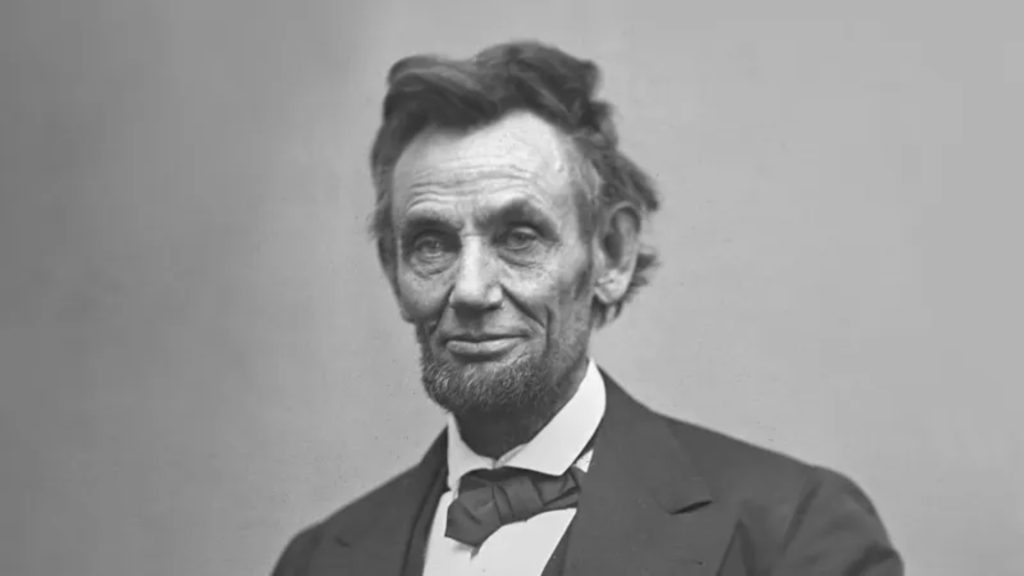
Insight: Abraham Lincoln and Stephen Douglas faced off in the 1858 Illinois Senatorial election. Their debates profoundly influenced public views on slavery and race. Despite Lincoln’s efforts, Douglas emerged victorious on November 7th, 1858, securing the Senate seat.
10. General Robert E. Lee surrendered to General Ulysses S. Grant at the _______________.
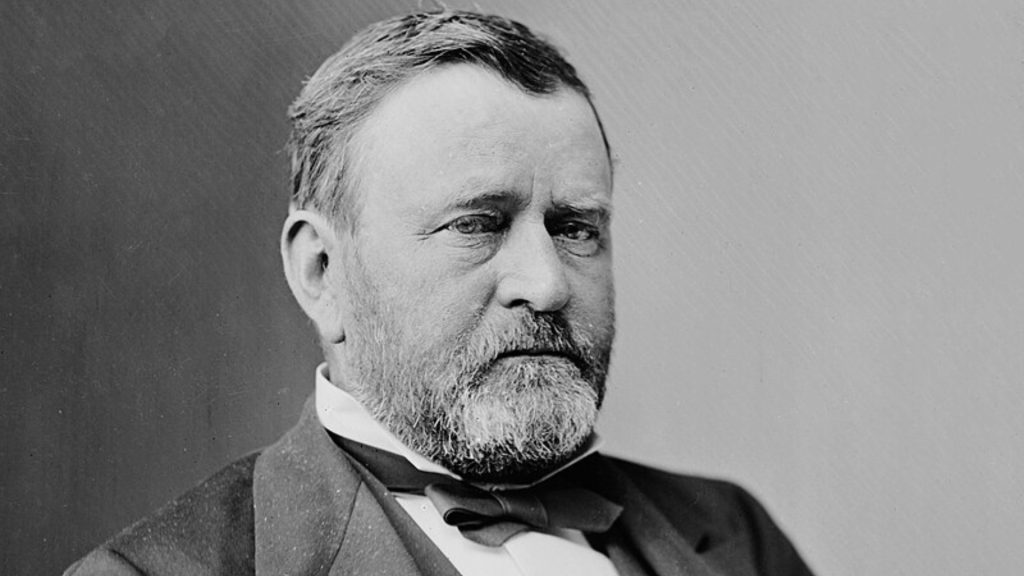
A. Shiloh Battlefield
B. Manassas National Battlefield
C. Fort Sumter
D. Appomattox Courthouse
Answer: D. Appomattox Courthouse

Insight: The Civil War’s official conclusion came on April 9th, 1865, with Robert E. Lee’s surrender at Appomattox Courthouse. While this marked a major turning point, pockets of Confederate resistance continued to fight for a few months before finally laying down their arms.
11. If you know anything about American history, chances are good you remember that President Lincoln was assassinated by John Wilkes Booth at Ford’s Theatre in 1865. But do you recall Booth’s occupation?
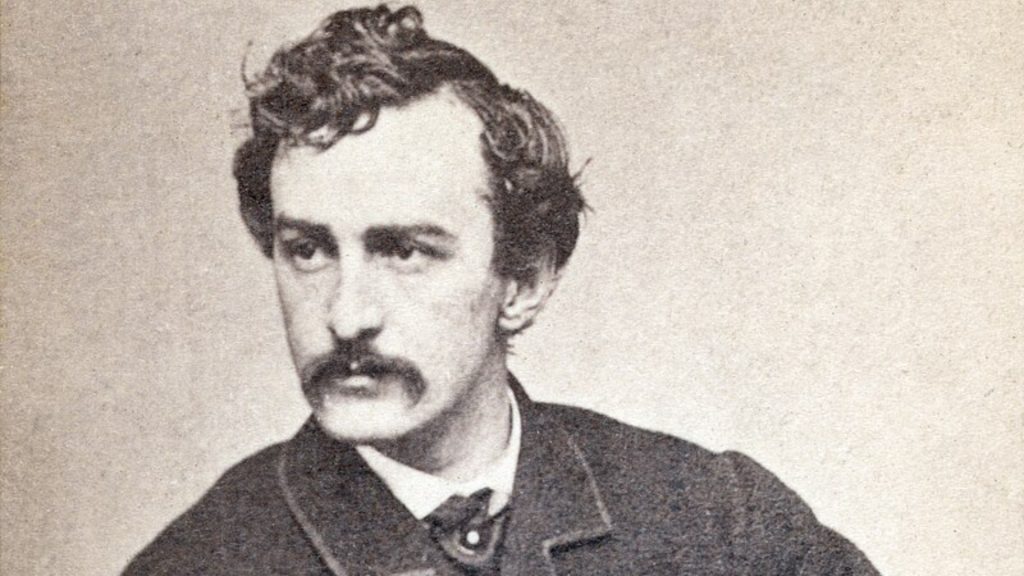
A. Bartender
B. Actor
C. Shoemaker
D. Munitions factory worker
Answer: B. Actor
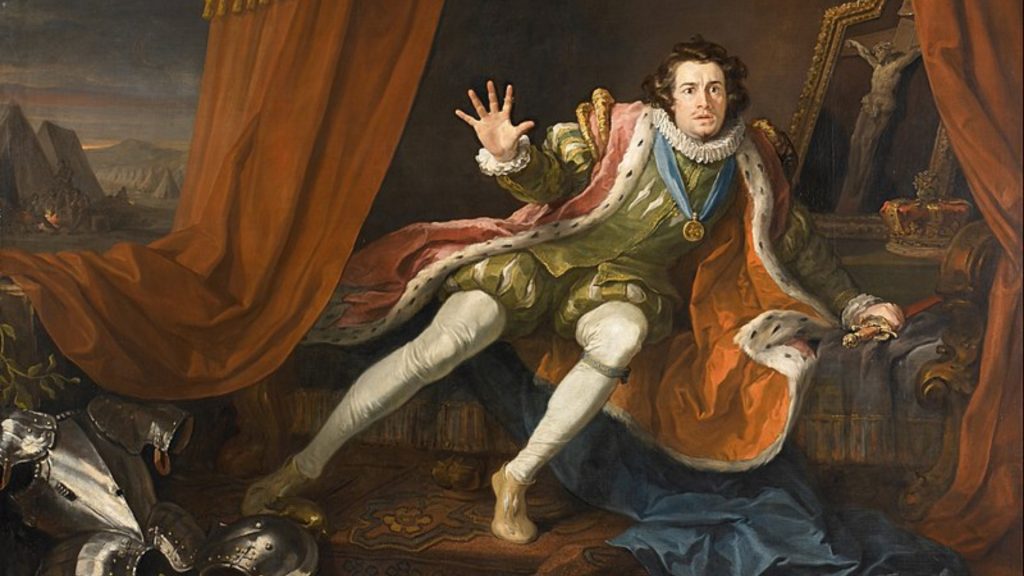
Insight: Attending a play at Ford’s Theater in Washington, President Lincoln was assassinated by John Wilkes Booth, a Confederate sympathizer. Booth snuck into the presidential box and shot Lincoln in the head. He then shouted a motto of Virginia before fleeing on horseback.
12. In 1836, what did Texas declare its independence from?
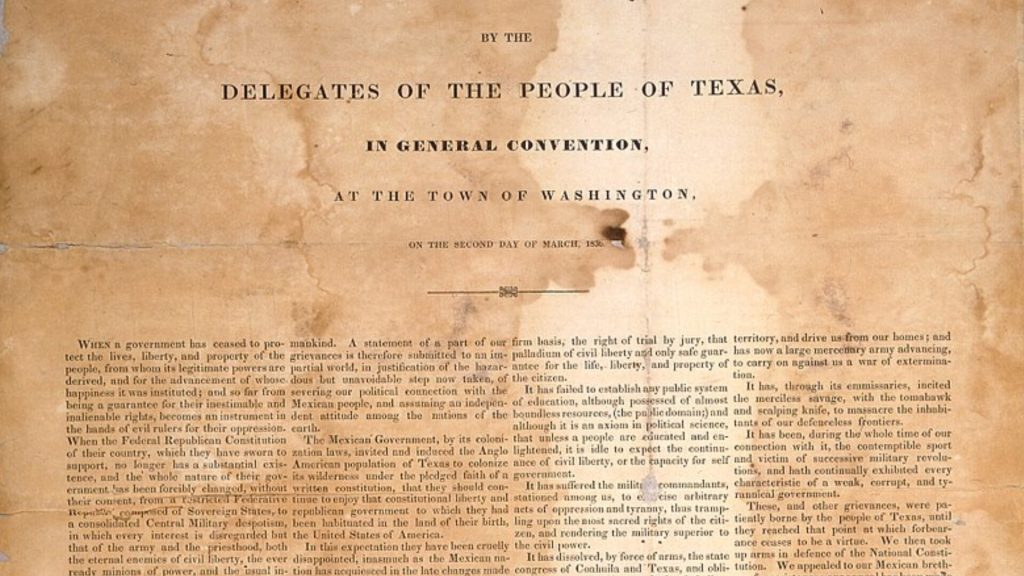
A. France
B. Mexico
C. Spain
D. United States
Answer: B. Mexico

Insight: On March 2nd, 1836, Texas took a major step towards independence. Following the Texas Revolution, 59 delegates from across the settlements met at Washington-on-the-Brazos and formally declared Texas’ independence from Mexico. This marked the birth of the Republic of Texas.
13. Battlefield nurse Clara Barton founded which institute as a result of the Civil War, which is still going strong today?

A. Google
B. UNICEF
C. Salvation Army
D. American Red Cross
Answer: D. American Red Cross
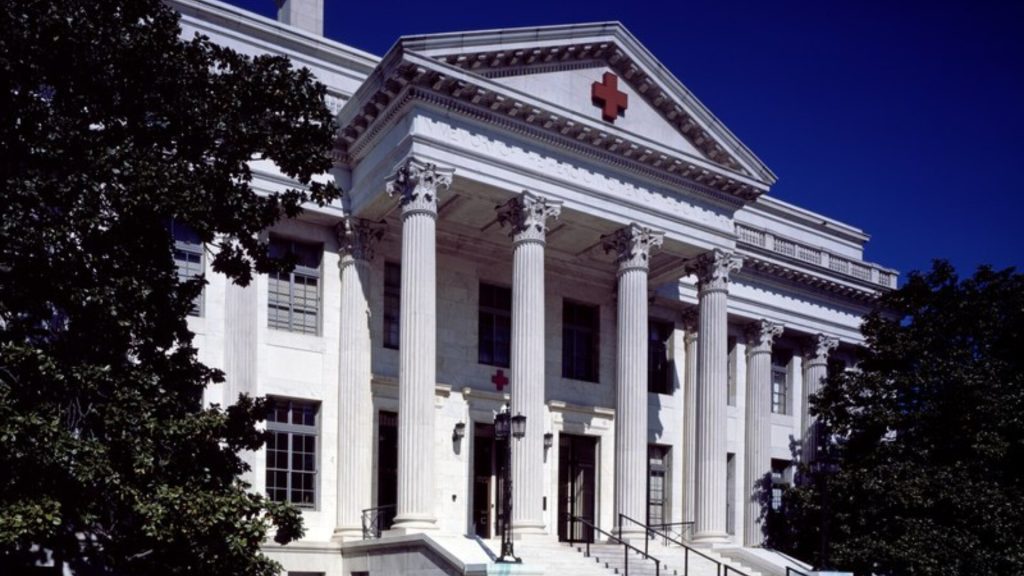
Insight: Due to the Civil War’s lack of proper supplies for wounded soldiers, Clara Barton, the “Battlefield Angel,” stepped in. Providing direct support to the frontlines, he saw the need for a more organized system. Inspired by the International Red Cross, Burton lobbied tirelessly for four years, eventually founding the American Red Cross in 1881, a lasting legacy of his wartime compassion.
14. A watershed event in American labor history, the Pullman Strike of 1894 was conducted by workers in which industry?
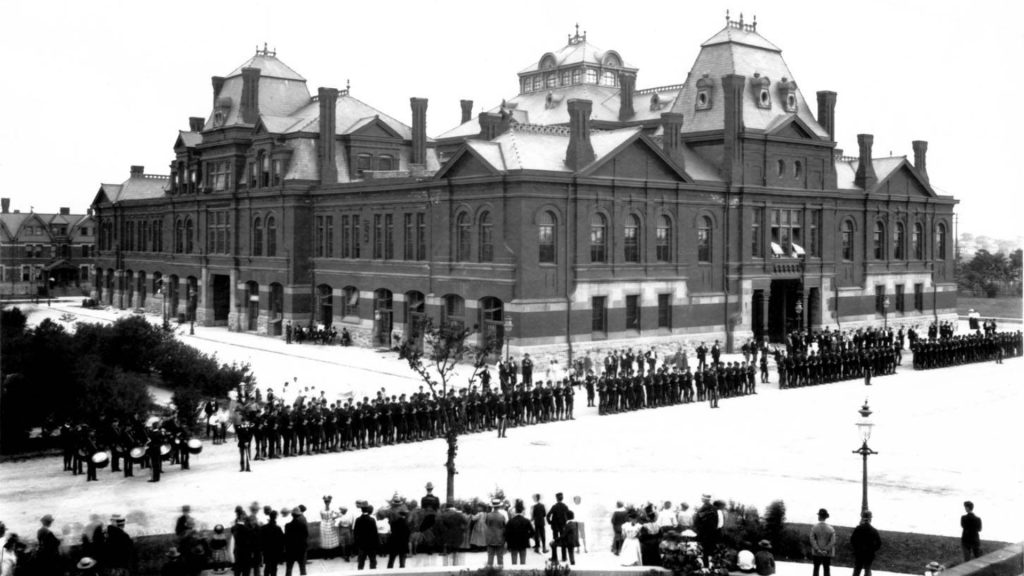
A. Cotton
B. Shipping
C. Aviation
D. Railroad
Answer: D. Railroad
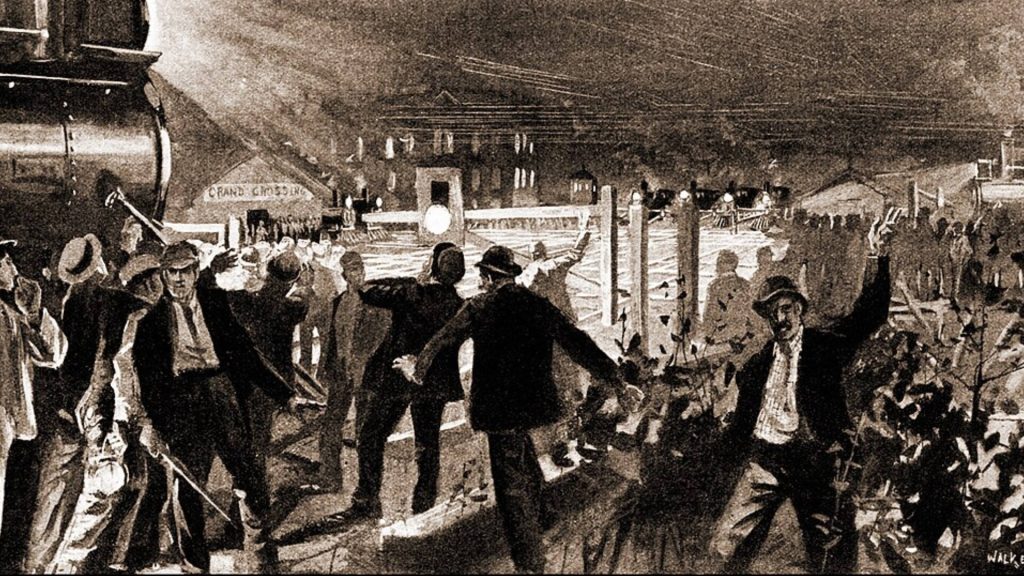
Insight: The economic downturn of 1893, known as the Panic, led to dramatic wage cuts for railroad workers. Incensed, they launched the Pullman Strike, a massive protest that crippled American commerce. This bitter clash between workers and management escalated when President Cleveland intervened, sending federal troops to Chicago to quell the strike. The troops’ arrival sparked a violent riot, leaving a trail of death and marking a dark chapter in American labor history.
15. On July 4th, 1826, two former presidents died, marking the end of the revolutionary era in America. Who were they?

A. James Madison and Alexander Hamilton
B. Abraham Lincoln and George Washington
C. Thomas Jefferson and John Adams
D. Benjamin Franklin and James Monroe
Answer: C. Thomas Jefferson and John Adams
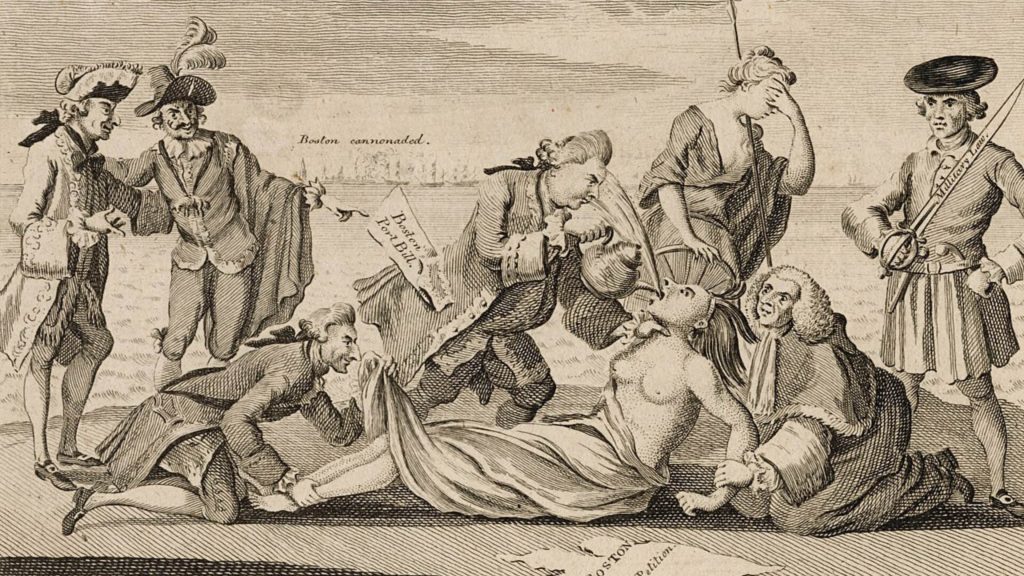
Insight: In a truly remarkable coincidence, Founding Fathers Thomas Jefferson and John Adams passed away on the same day: July 4th, 1826, the golden anniversary of American independence. Both men, ailing for some time, died within hours of each other. Legend has it that Jefferson, nearing his end, inquired if it was the Fourth, while Adams, unaware of his friend’s passing, supposedly whispered, “Thomas Jefferson still survives.” Their deaths on this significant date remain one of the most fascinating coincidences in American history.
16. Which of the following factors contributed to an increase in westward migration?
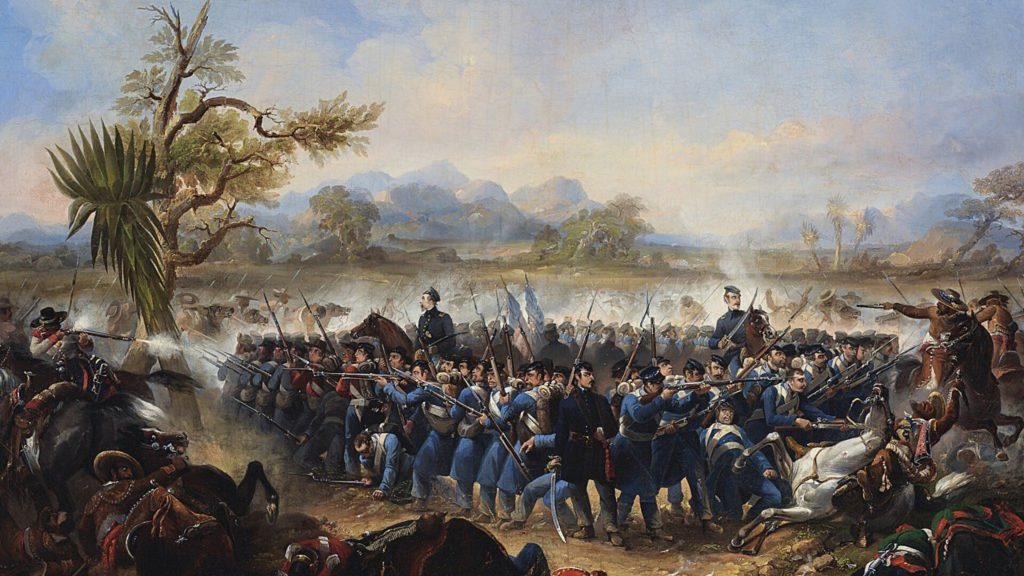
A. The End of the Revolutionary War
B. The Invention of the Steam Engine
C. A Pacified Frontier
D. All of These Answers Are Correct
Answer: D. All of These Answers Are Correct
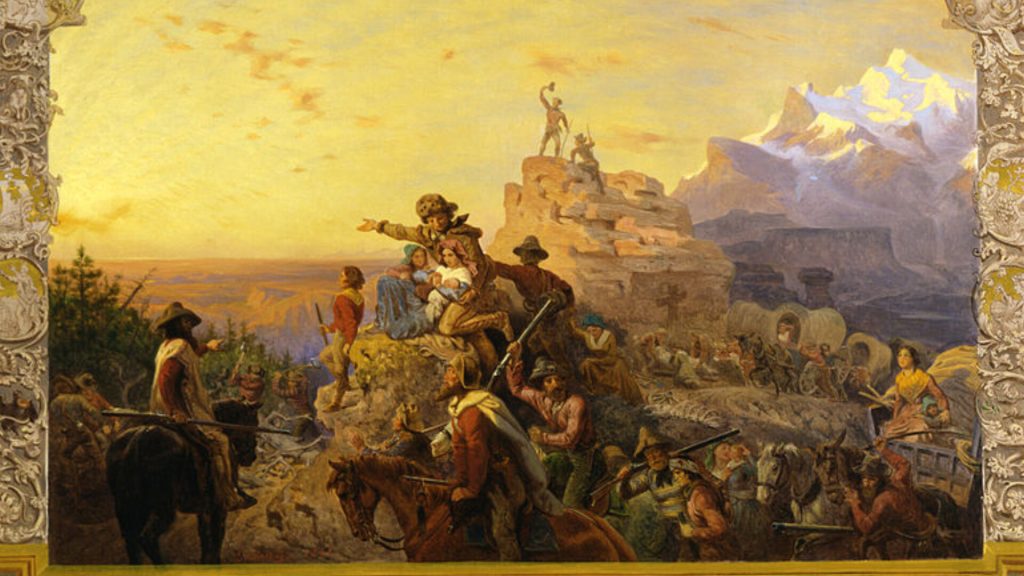
Insight: The 19th century saw a surge westward in the US. People craved land and opportunity, fueled by Manifest Destiny. Government actions like the Homestead Act (cheap land) and the Louisiana Purchase (more land) fueled the movement. Improved railroads made travel easier, but Native American tribes like the Sioux fought against the encroachment.
17. Which Republican president’s election spurred the Civil War to begin in earnest?
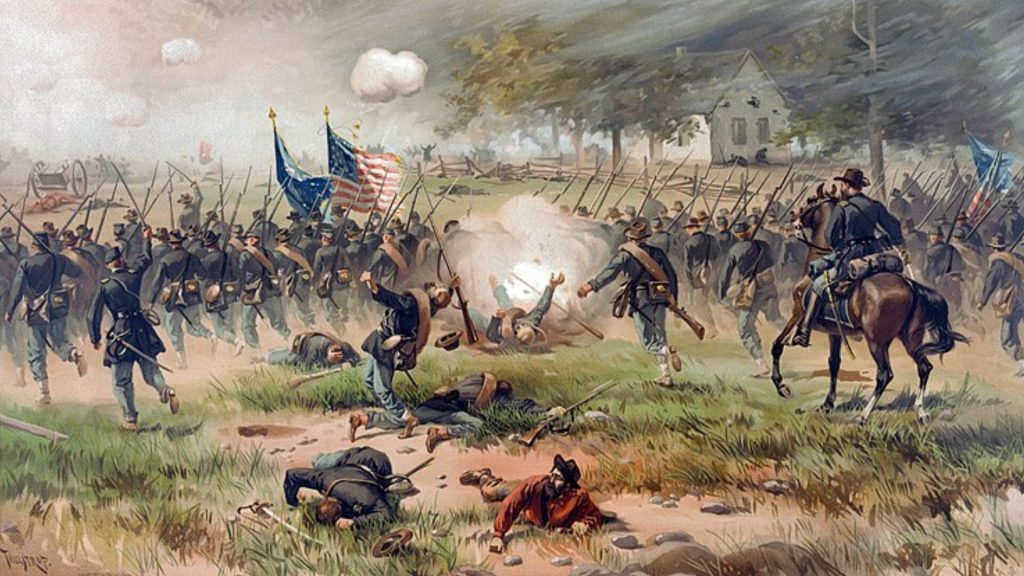
A. Ulysses Grant
B. James Buchanan
C. Abraham Lincoln
D. John C. Fremont
Answer: C. Abraham Lincoln

Insight: Abraham Lincoln’s 1860 win as President wasn’t well-received in the South. His stance on limiting slavery, while not complete abolition, threatened the South’s way of life. This, along with existing tensions between North and South, sparked the fires of the Civil War.
18. Who was hanged for attempting to raid Harper’s Ferry in 1859?
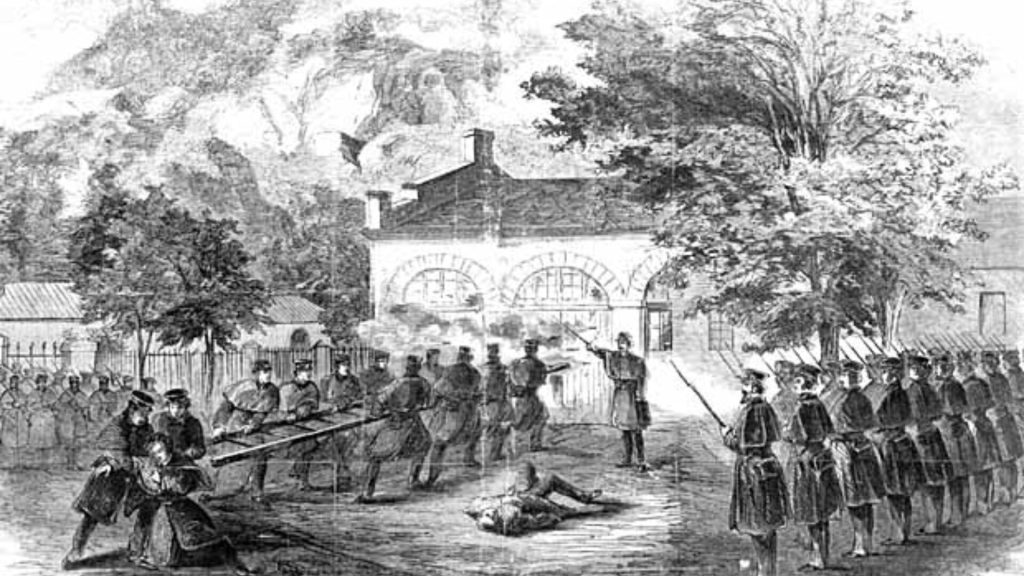
A. Frederick Douglass
B. Davy Crockett
C. John Brown
D. William Lloyd Garrison
Answer: C. John Brown

Insight: John Brown, a fiery abolitionist, led a daring raid on Harper’s Ferry in 1859 to spark a slave revolt. Though unsuccessful, the raid sent shockwaves through the nation, foreshadowing the coming Civil War. Hailed as a martyr by some and a villain by others, Brown’s actions cemented his place in history as a controversial but unforgettable figure.
19. Which of these legendary outlaws took part in the gunfight at the O.K. Corral in Tombstone, Arizona?

A. Butch Cassidy
B. Wyatt Earp
C. Buffalo Bill
D. Wild Bill Hickok
Answer: B. Wyatt Earp
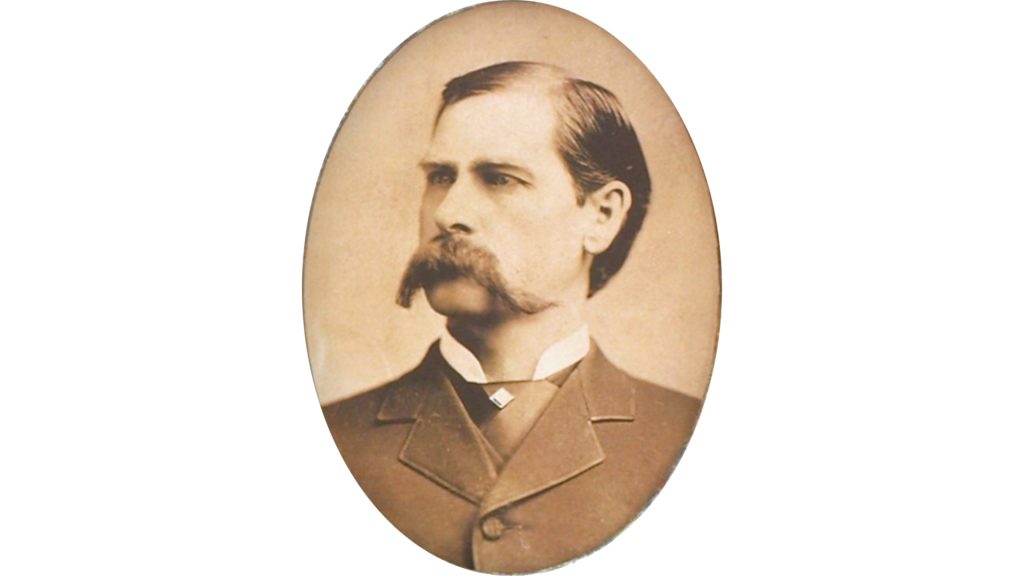
Insight: The infamous gunfight at the O.K. Corral, a mere 30-second showdown in 1881, cemented its place in Wild West history. Despite the lightning speed, nearly 30 shots were fired at close range. While the Earp brothers and Doc Holliday emerged wounded or unscathed, three of their rivals met a deadly end.
20. What was the middle name of Thomas Edison, one of the most productive inventors of his time and creator of the lightbulb and microphone?
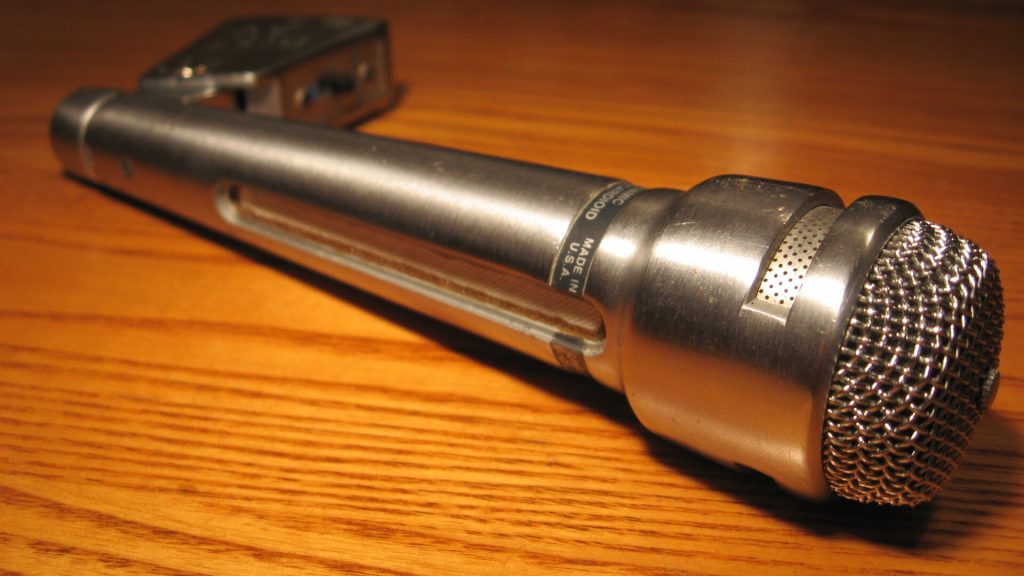
A. Anthony
B. Alvin
C. Abraham
D. Alva
Answer: D. Alva
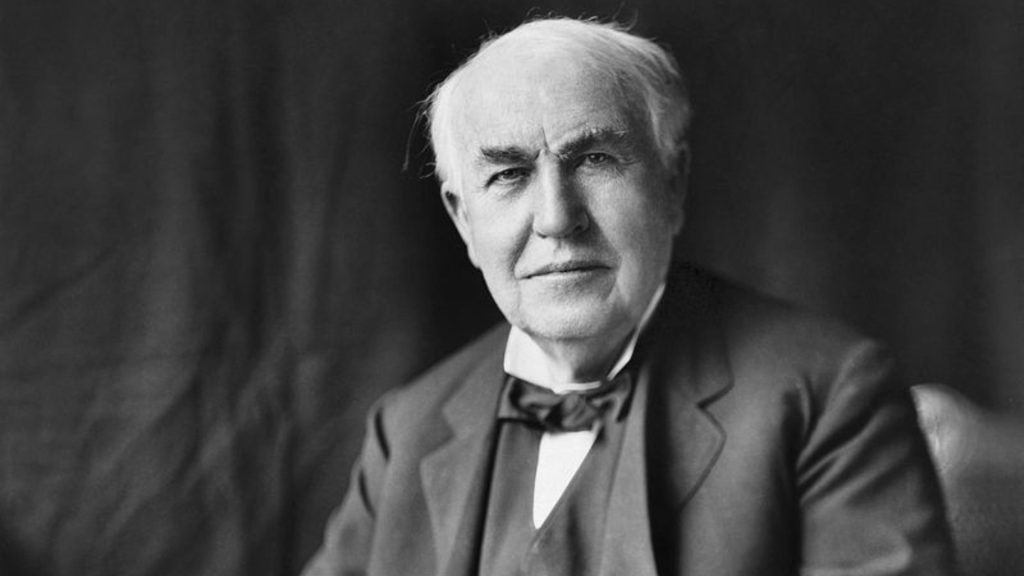
Insight: Ohio-born inventor Thomas Alva Edison (1847) left a lasting mark on the world. Nicknamed for his grandfather, Edison not only secured over 1,000 patents but also revolutionized daily life with inventions like the light bulb, phonograph, and motion picture camera. Despite hearing difficulties, his innovative spirit continues to inspire.
21. What was the Grand Columbian Exposition of 1893 celebrating the 400th anniversary of?
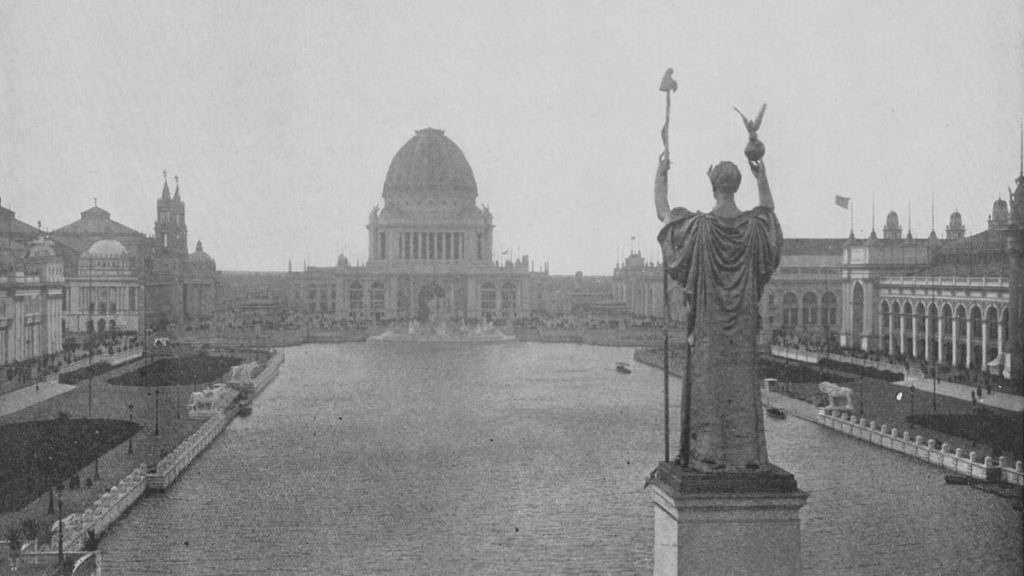
A. The Settlement of Plymouth, Mass.
B. Columbus’s Discovery of America
C. The Civil War
D. Lewis and Clark’s Expedition of the Louisiana Purchase
Answer: B. Columbus’s Discovery of America
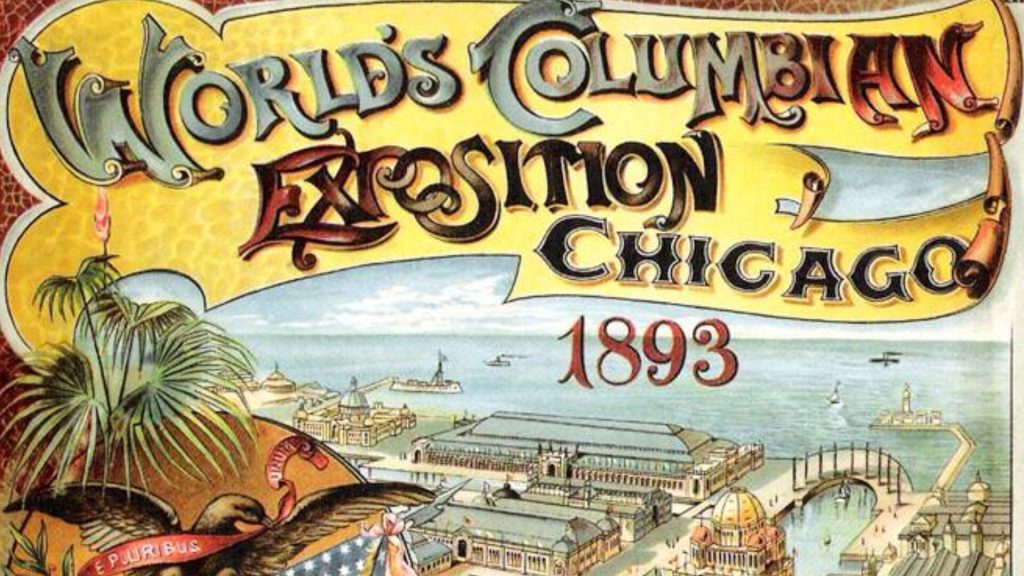
Insight: In 1893, the World’s Columbian Exposition, celebrating 400 years since Columbus’ arrival in America, became a defining moment for the nation. This hugely popular event even inspired special coins to be minted, featuring Columbus and his ships, commemorating the historic occasion.
22. Which Native American tribe was forced to walk the “Trail of Tears” in the 1830s?
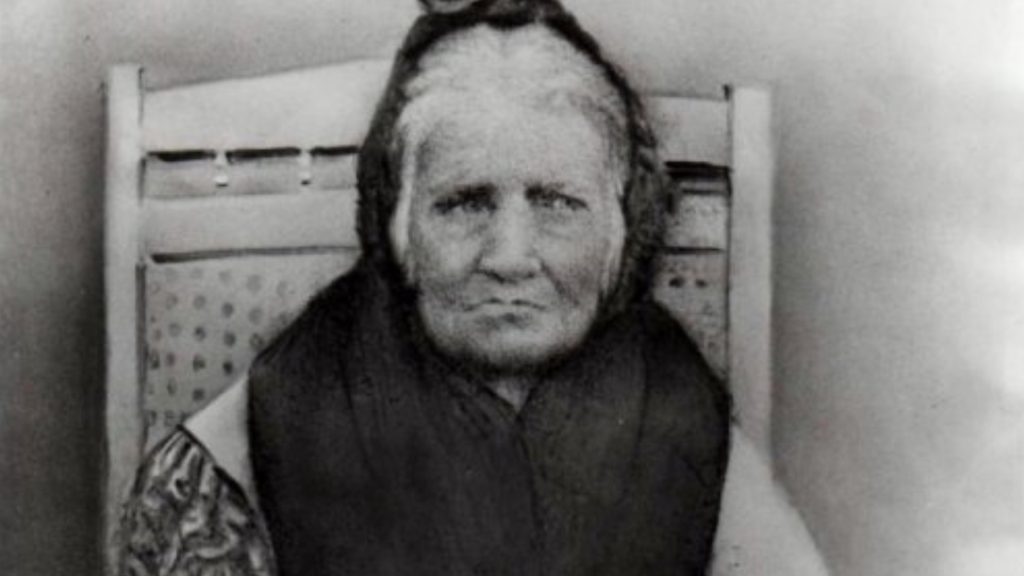
A. Shawnees
B. Hurons
C. Cherokees
D. Apaches
Answer: C. Cherokees
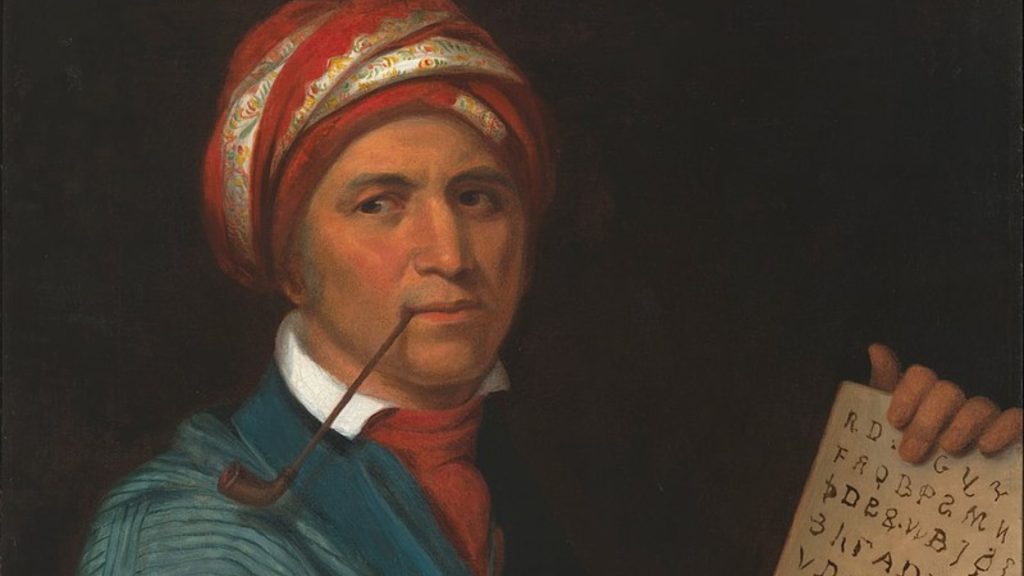
Insight: In the 1830s, the U.S. government forced the Cherokee people from their eastern homes on a brutal journey westward known as the Trail of Tears. This relocation displaced roughly 100,000 Native Americans and tragically resulted in thousands of deaths. The Trail of Tears stands as a dark stain on American history, marking a forced removal that shattered Cherokee communities and culture.
23. Fought from 1846 to 1848, this war was buoyed by a dispute over where to draw the lines of the southern border of the U.S.
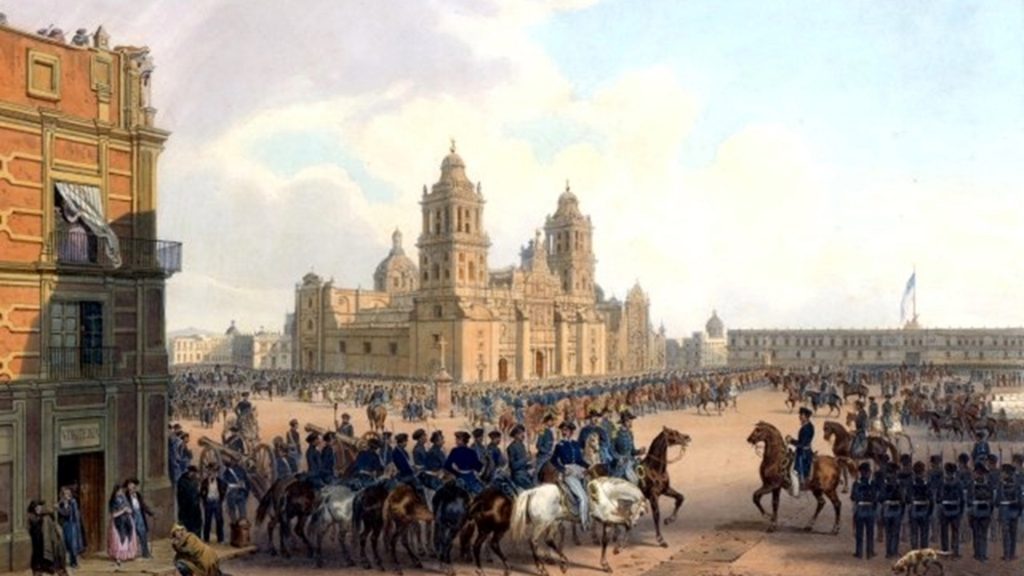
A. Canadian-American War
B. French-American War
C. Spanish-American War
D. Mexican–American War
Answer: D. Mexican–American War
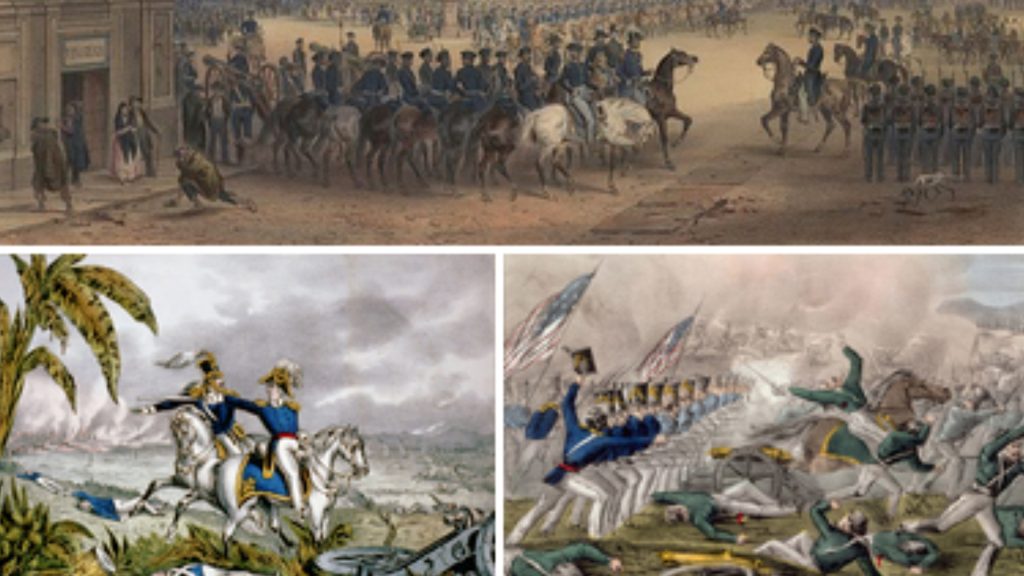
Insight: Following the annexation of Texas, a border dispute arose between the US (claiming the Rio Grande) and Mexico (claiming the Nueces River). The Mexican-American War settled the issue. The Treaty of Guadalupe Hidalgo awarded the US a vast swath of land, including California and New Mexico, in exchange for $15 million.
24. Which of these beverages was not available during the Gilded Age?

A. Sprite
B. Pepsi
C. Dr Pepper
D. Coca-Cola
Answer: A. Sprite
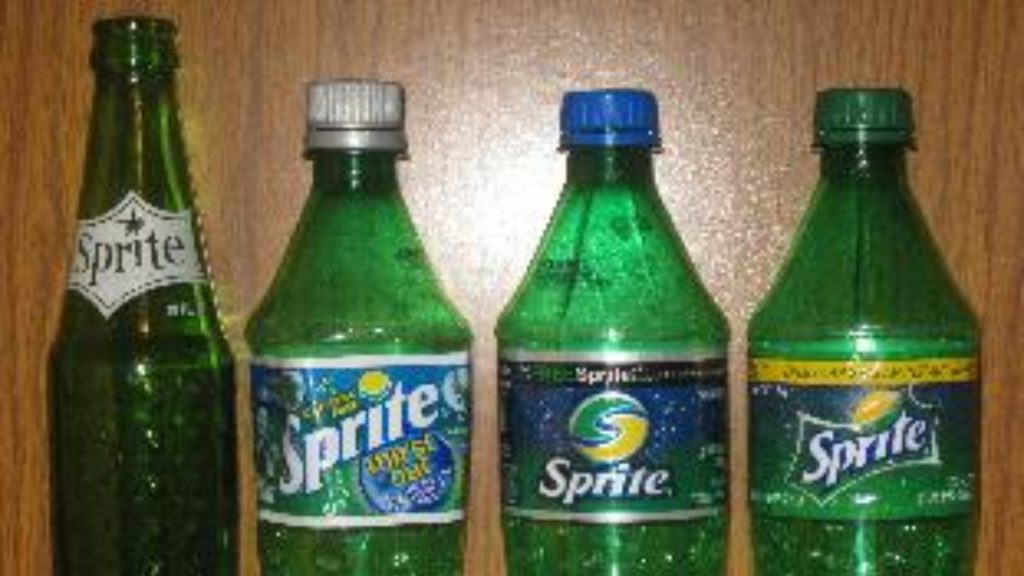
Insight: The Gilded Age (1877-1896) saw a boom in American industry, with new inventions and businesses springing up. Popular drinks of the era included Coca-Cola, invented in 1886, and fizzy concoctions like tonics and elixirs. However, the lemon-lime soda we know today as Sprite wouldn’t hit the market until much later, in 1961.
25. In 1867, what Russian ruler sold what is now the state of Alaska to the U.S.?
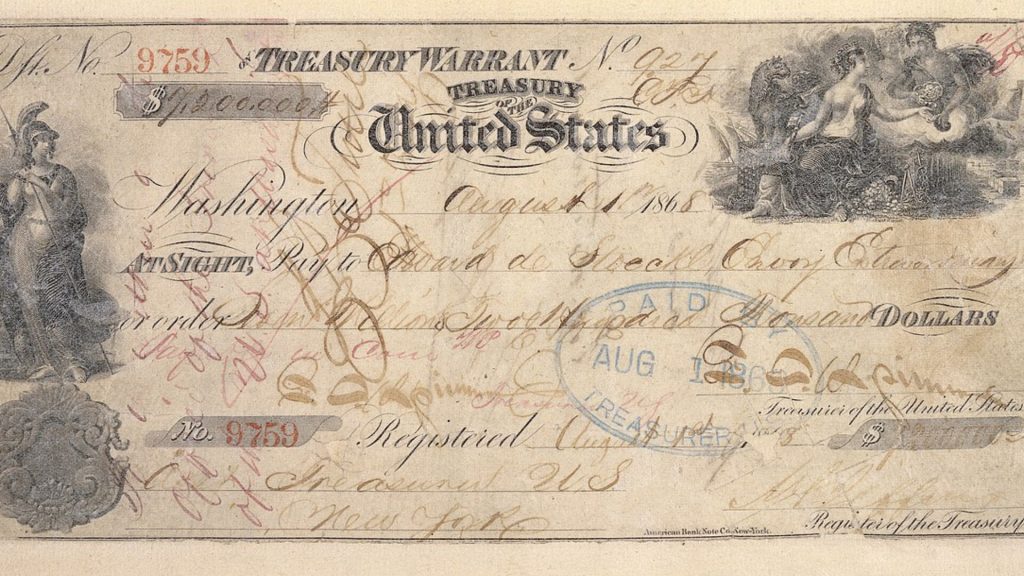
A. Emperor Napoleon III
B. Tsar Alexander II
C. King George III
D. Tsar Alexander I
Answer: B. Tsar Alexander II
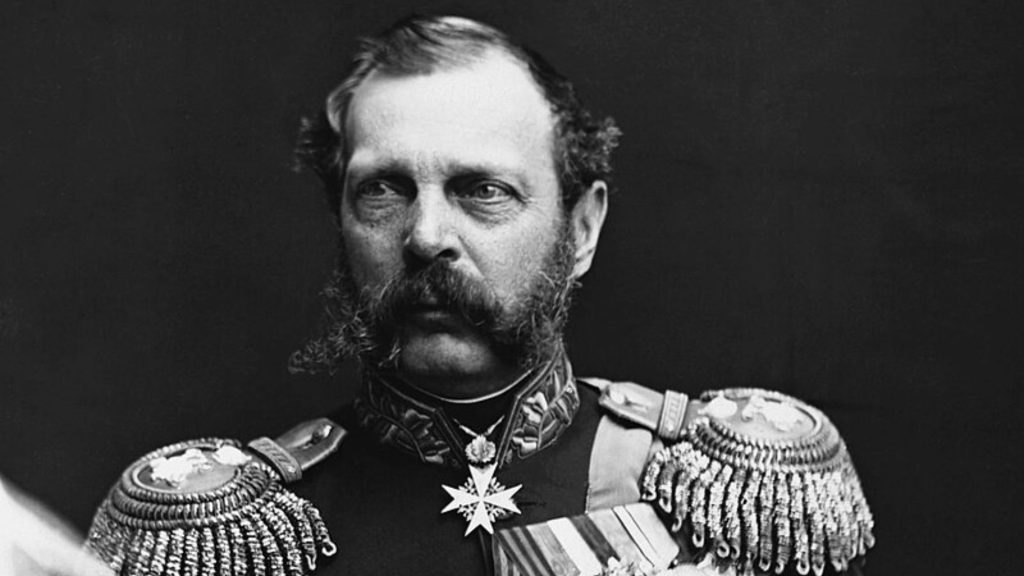
Insight: In 1867, Russia’s Tsar Alexander II sold Alaska to the U.S. for $7.2 million. This ended Russia’s attempts to expand westward and set the Alaska-Canada border. Seen as a foreign policy win, it helped Russia move on from a difficult period.
26. Having trained under inventor Samuel F.B. Morse, what photographer became known for his searing Civil War photographs?
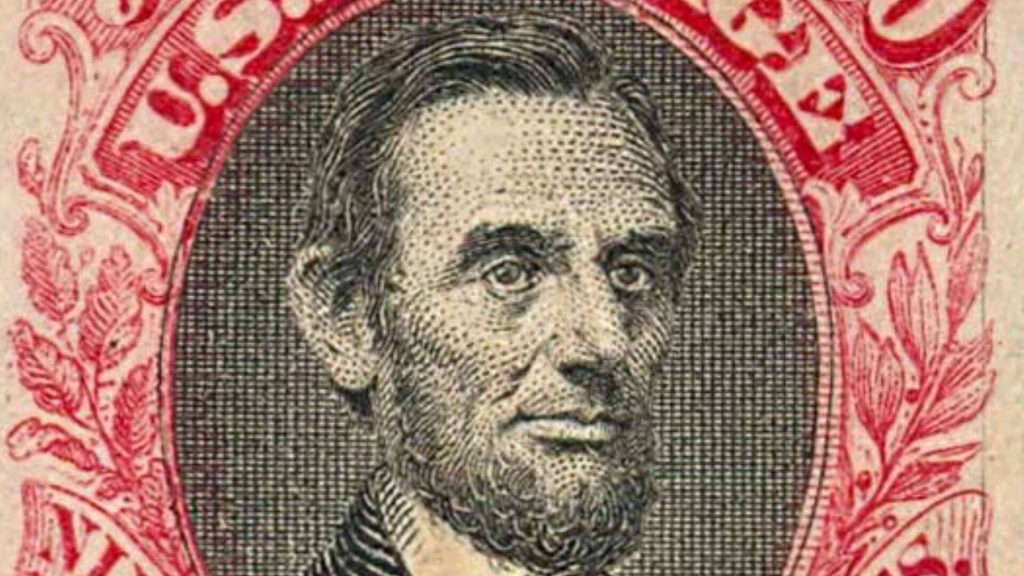
A. Juliette Handy
B. Alexander Gardner
C. Timothy H. O’Sullivan
D. Mathew Brady
Answer: D. Mathew Brady
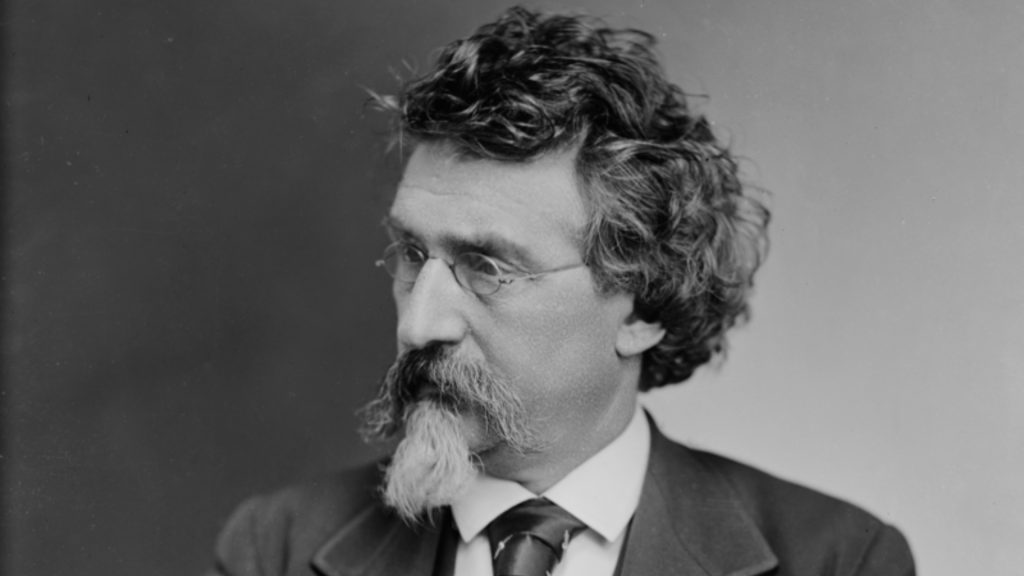
Insight: Pioneering photographer Mathew Brady opened a New York studio in 1844, capturing portraits of presidents like Jackson and Lincoln. During the Civil War, his innovative mobile studio allowed him to photograph battles firsthand, bringing the war’s harsh realities to the public eye.
27. Did the U.S. Supreme Court free Dred Scott?

A. Yes
B. No
Answer: B. No
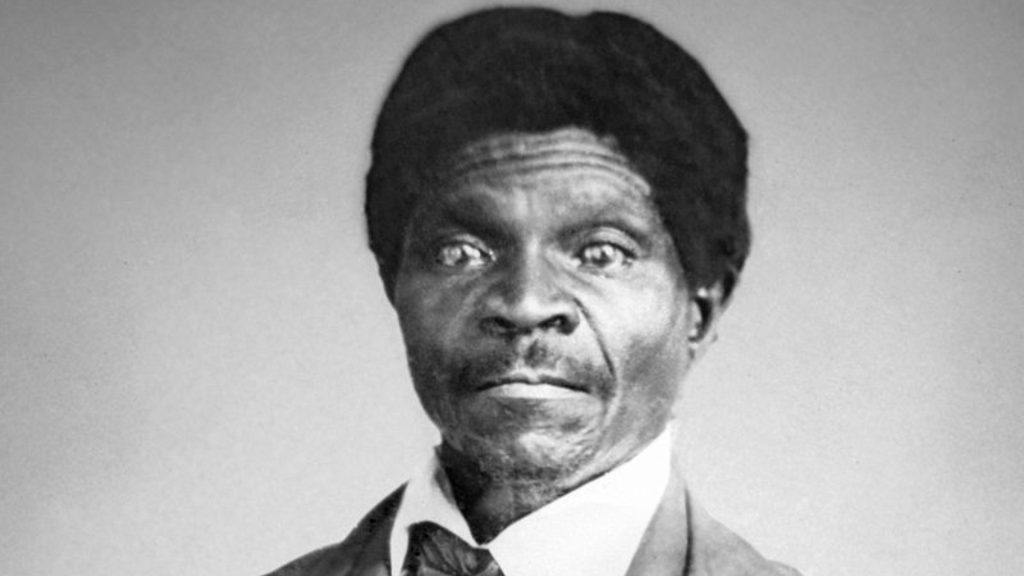
Insight: In a controversial 1857 decision, the Dred Scott v. Sandford case dealt a major blow to the fight against slavery. The Supreme Court ruled that Black people could not be U.S. citizens and that Congress couldn’t restrict slavery in new territories. This decision is seen as one of the worst in the Court’s history, as it inflamed tensions and helped push the nation closer to civil war.
28. Who was beaten with a cane on the floor of the Senate before the Civil War and later became a leader of the Radical Republicans during Reconstruction?
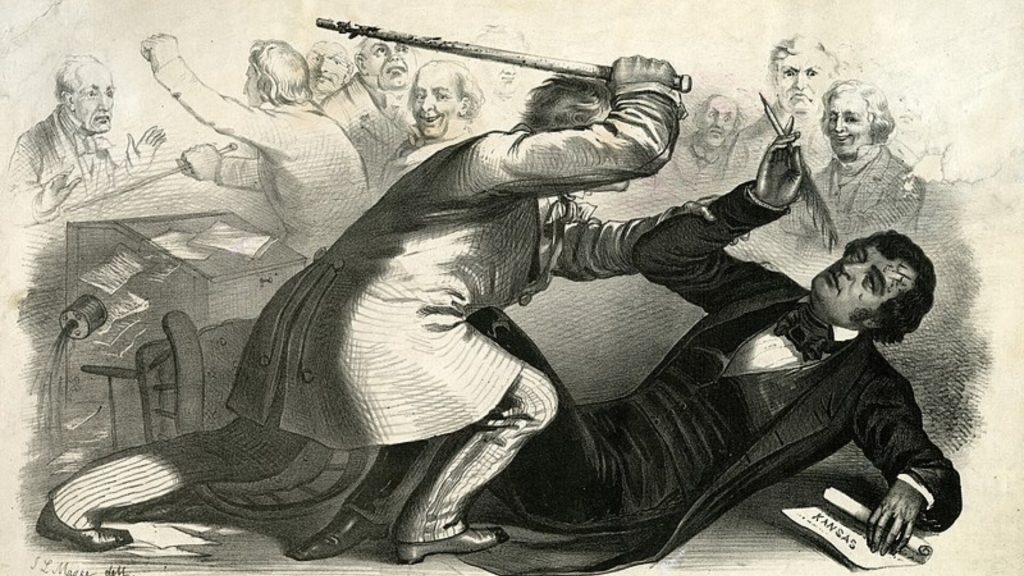
A. Charles Sumner
B. Andrew Johnson
C. Abraham Lincoln
D. Ulysses S. Grant
Answer: A. Charles Sumner
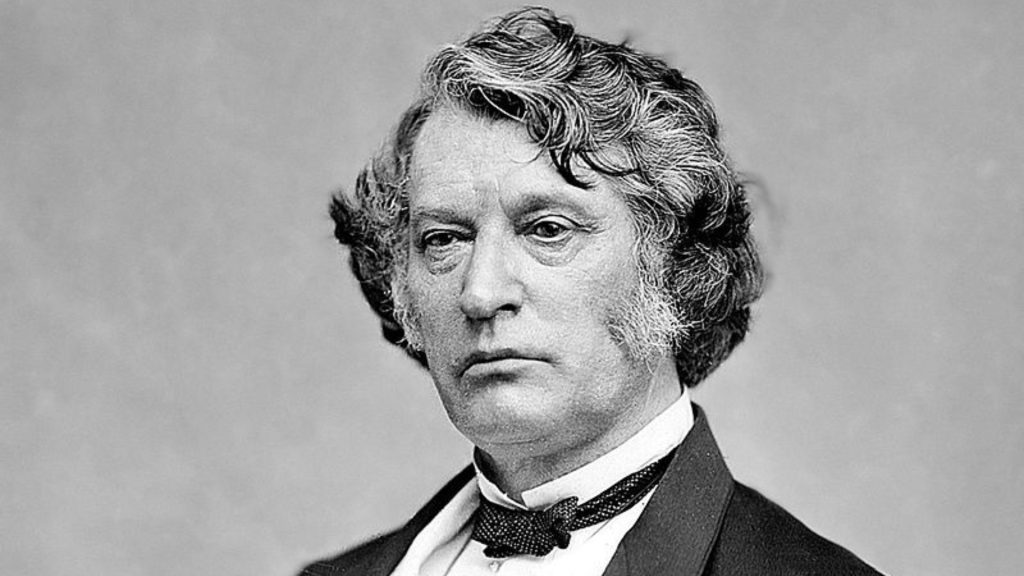
Insight: Rising tensions between North and South exploded in the Senate in 1856. Antislavery Senator Charles Sumner of Massachusetts was brutally caned by Congressman Preston Brooks of South Carolina, enraged by Sumner’s criticism of Brooks’ relative. This act further divided the nation and fueled the growing fire of the abolitionist movement.
29. Which state was the first to secede from the Union?
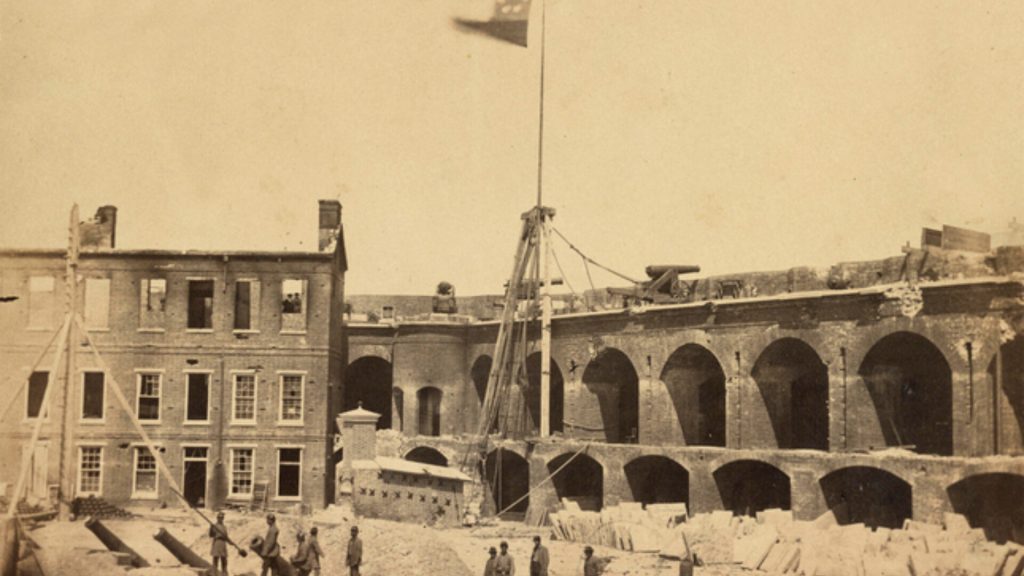
A. South Carolina
B. Virginia
C. Florida
D. Tennessee
Answer: A. South Carolina
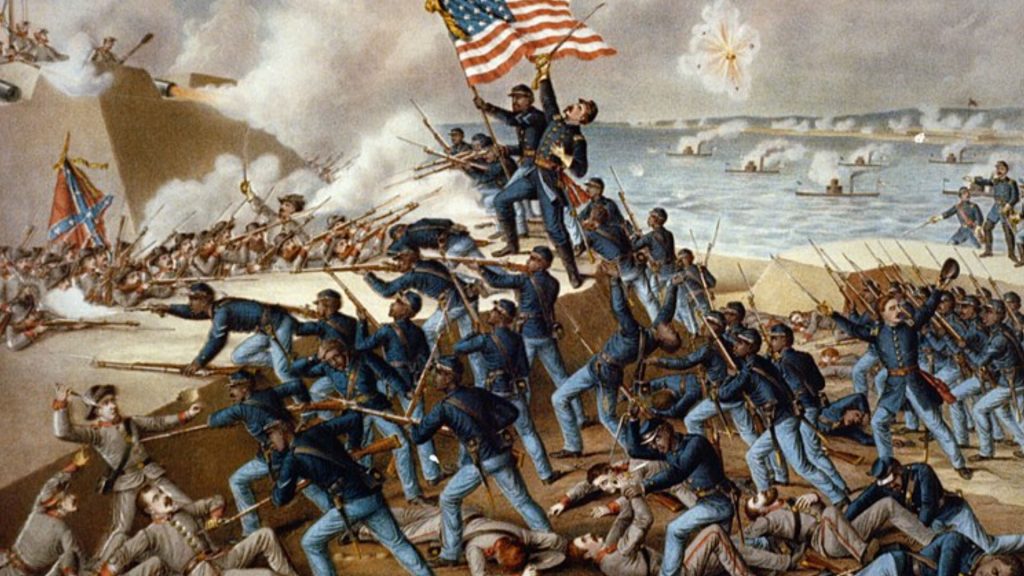
Insight: In December 1860, South Carolina ignited the flames of secession by becoming the first state to leave the Union. This domino effect triggered ten other states to follow suit in the subsequent months.
30. The only bachelor to ever call the White House home, name this U.S. president.

A. James Madison
B. James Buchanan
C. Franklin Pierce
D. Thomas Jefferson
Answer: B. James Buchanan
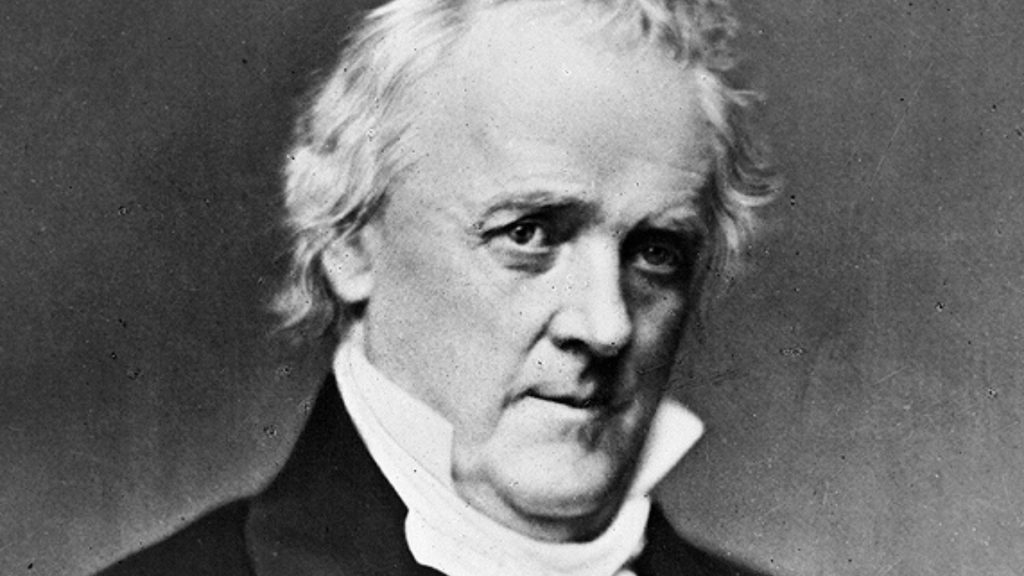
Insight: James Buchanan, the 15th president (1791-1868), is often ranked among the worst. After a single term, he left office as the nation fractured. During his presidency, seven Southern states seceded, leading to the Civil War just weeks after his successor took over.
31. The Native American polymath Sequoyah is best remembered today for what invention?

A. Tobacco
B. Headress
C. Cotton Gin
D. Cherokee Syllabary
Answer: D. Cherokee Syllabary
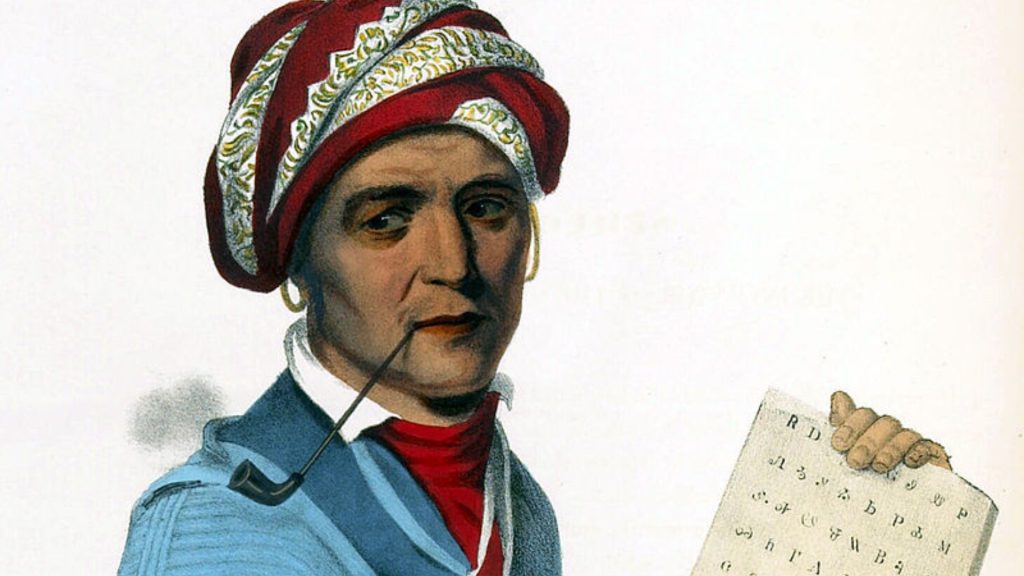
Insight: Sequoyah (c. 1776), a Cherokee from East Tennessee, revolutionized communication within his tribe. In 1821, he unveiled his ingenious Cherokee syllabary, a writing system that empowered the Cherokee Nation to become one of the first Indigenous groups in North America with a written language. Sequoyah’s enduring legacy lives on as his syllabary remains in use today.
32. Who won the presidential election in 1840 with the slogan “Tippecanoe and Tyler Too!”?

A. William Henry Harrison
B. John Quincy Adams
C. Andrew Jackson
D. James K. Polk
Answer: A. William Henry Harrison

Insight: Nicknamed “Tippecanoe” for his military victory, William Henry Harrison of Virginia rode a wave of popularity to become the 9th US president in 1840. His winning slogan, “Tippecanoe and Tyler Too,” referenced his nickname and his vice presidential pick, John Tyler. Harrison’s military heroism and a record-breaking voter turnout secured a landslide victory.
33. What was Sam Houston’s role in history?
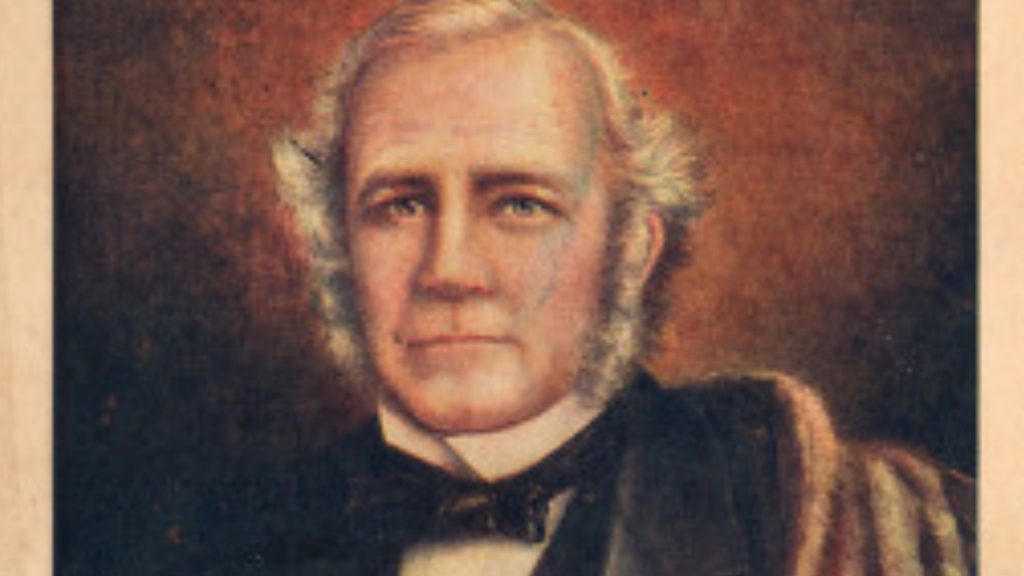
A. The First President of Texas
B. The First Prime Minister of Mexico
C. U.S. Senator from Tennessee
D. The Texan Who Led the Victorious Troops at the Alamo
Answer: A. The First President of Texas

Insight: A pivotal figure in the Texas Revolution, Sam Houston played a key role. He advocated for Texan rights and, after setbacks at Alamo and Goliad, led the Texan army to victory over Mexico. This triumph secured Texas’ independence, with Houston becoming the first and later the third president of the newly formed Republic of Texas.
34. What post did Henry Clay hold in John Quincy Adams’ Cabinet, causing Jackson’s backers to cry out “corrupt bargain”?
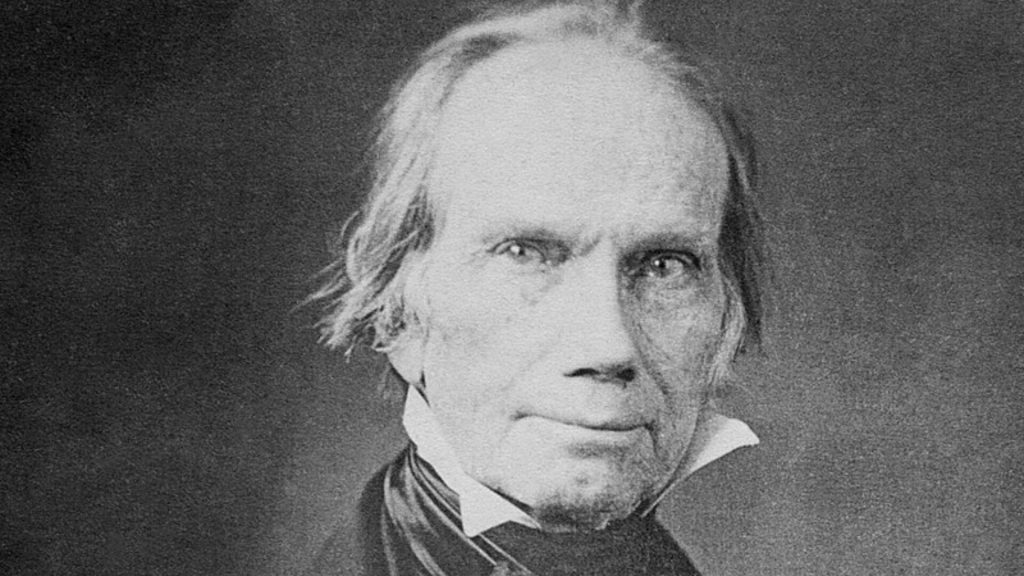
A. Attorney General
B. Secretary of State
C. Secretary of Defense
D. Secretary of War
Answer: B. Secretary of State

Insight: Henry Clay, who finished fourth in the 1824 US presidential election, supported Adams and was appointed Secretary of State in exchange. This “corrupt bargain” became the rallying cry for Jackson’s supporters in the 1828 election, which he went on to win. Clay’s appointment was seen as a way for Adams to gain an advantage in the election and became a major issue in the campaign.
35. Who led the most serious slave revolt in US History in 1831?

A. Harriet Tubman
B. Nat Turner
C. William Styron
D. John Brown
Answer: B. Nat Turner
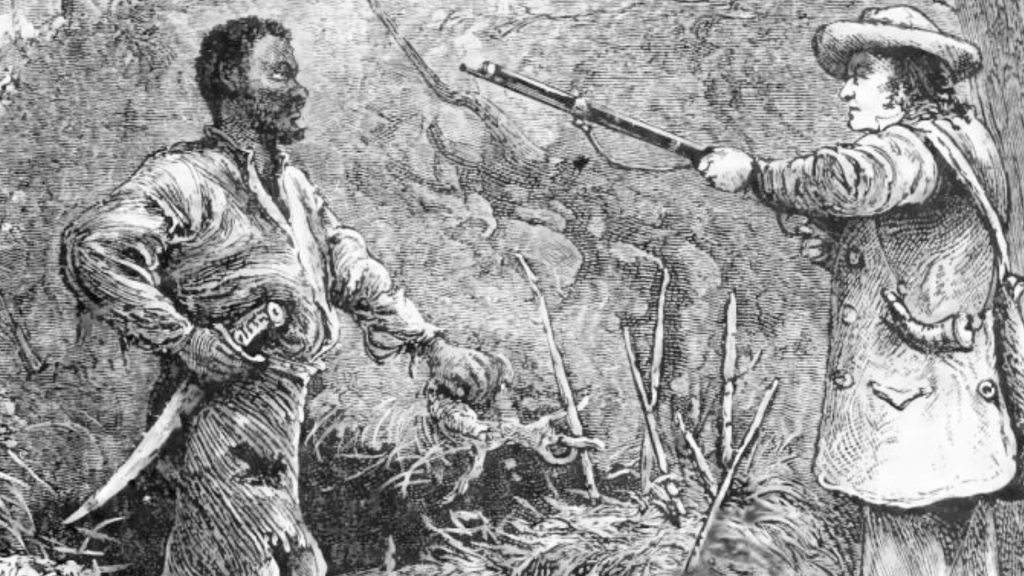
Insight: In 1831, enslaved African American, Nat Turner, led the deadliest slave rebellion in US history. Turner and his group moved through plantations, tragically killing nearly 60 white people before their capture. This uprising, known as one of the most significant in American history, forever marked the fight for freedom.
36. You may remember that the Louisiana Purchase of 1803 involved a much bigger area than the present state of Louisiana. Which of these current U.S. states was NOT part of the ‘Louisiana Territory’?
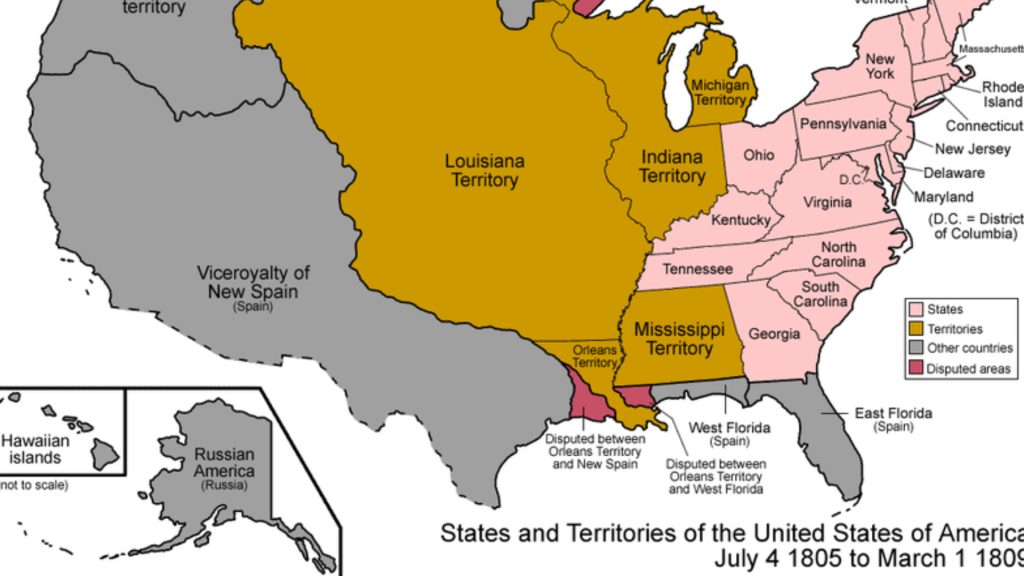
A. Iowa
B. Arkansas
C. Michigan
D. Montana
Answer: C. Michigan
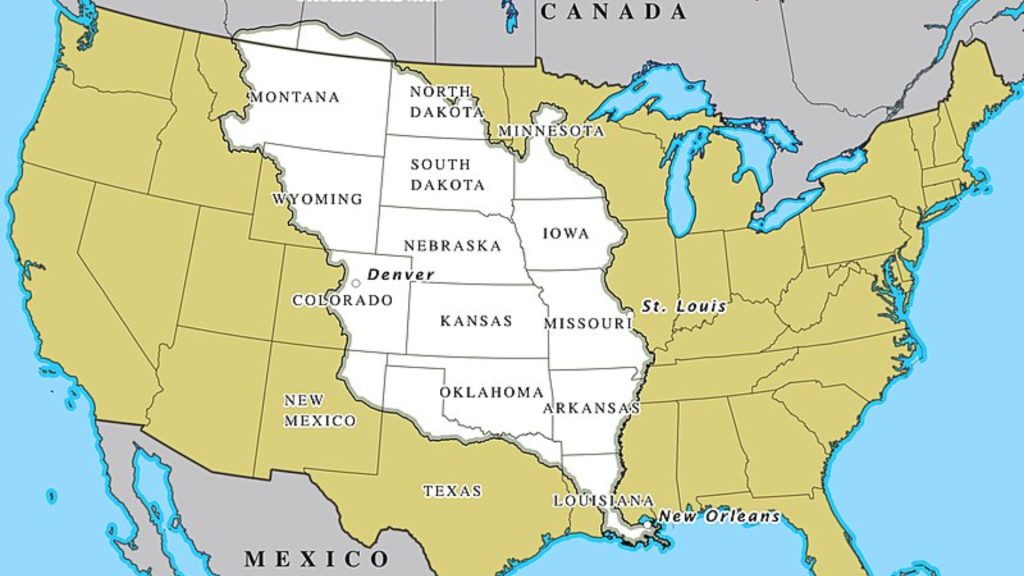
Insight: The Louisiana Purchase was a steal for the US! For just $15 million, they acquired a massive 828,000 square mile chunk of land, nearly doubling their size. But there was a catch: France didn’t fully control the land – Native Americans did. So, the US basically bought France’s permission to expand westward.
37. Which Native American Chief participated in the Battle of the Little Bighorn?
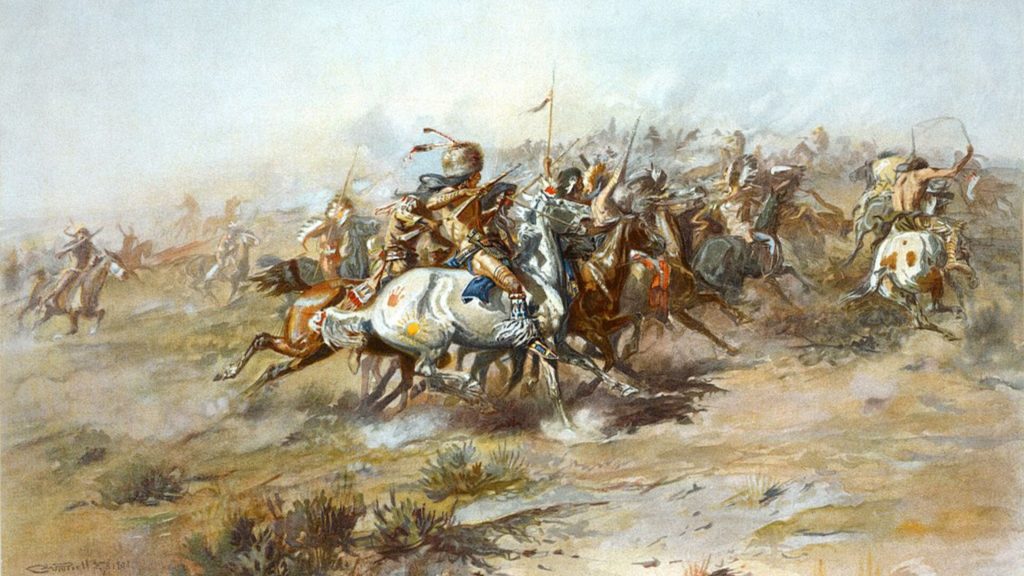
A. Rain-in-the-Face
B. Cornstalk
C. Running Nose
D. Blue Duck
Answer: A. Rain-in-the-Face
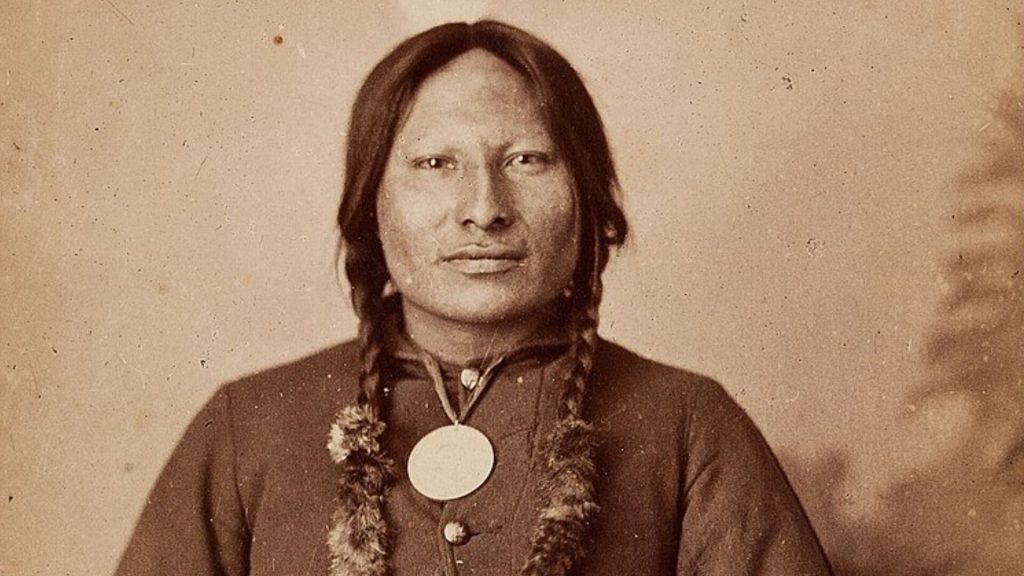
Insight: Hunkpapa Lakota warrior Rain-In-The-Face, born around 1835 near the Cheyenne River, left his mark on history. He fought against Custer’s 7th Cavalry at the Battle of Little Bighorn in 1876, and was among those who claimed to have killed Custer himself. Renowned for his candor about the battle, Rain-In-The-Face lived to see 1905, passing away at his home on the Standing Rock reservation.
38. Why did the former Confederate states have more representatives when readmitted to the Union than before the war?
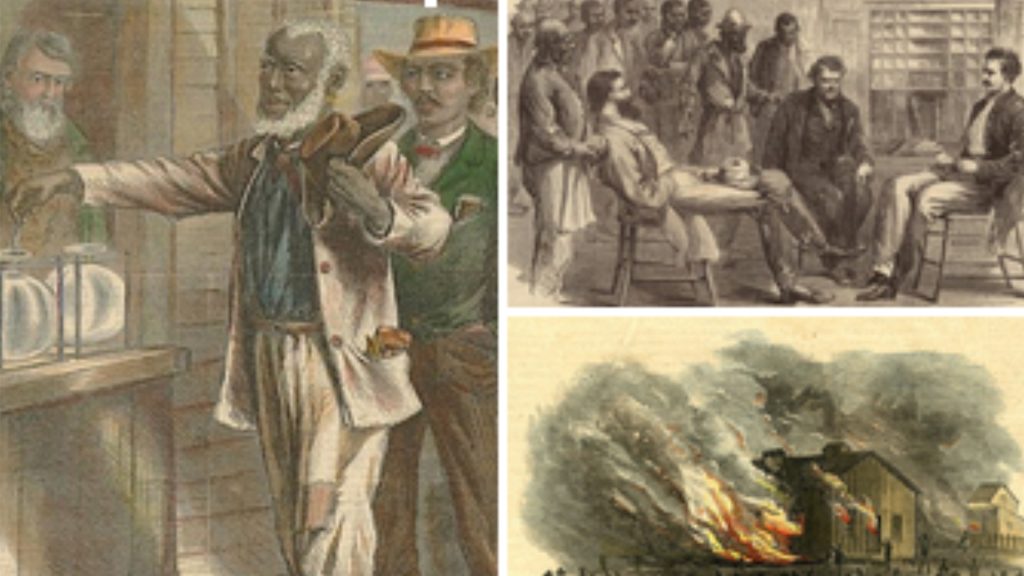
A. Andrew Johnson had arranged for an intermediate census to be taken in order to gauge the new representation
B. Emancipation eliminated the Three-Fifths Clause of the Constitution
C. It was done to help placate the defeated South
D. More Union soldiers died in the war, giving the South a population advantage
Answer: B. Emancipation eliminated the Three-Fifths Clause of the Constitution
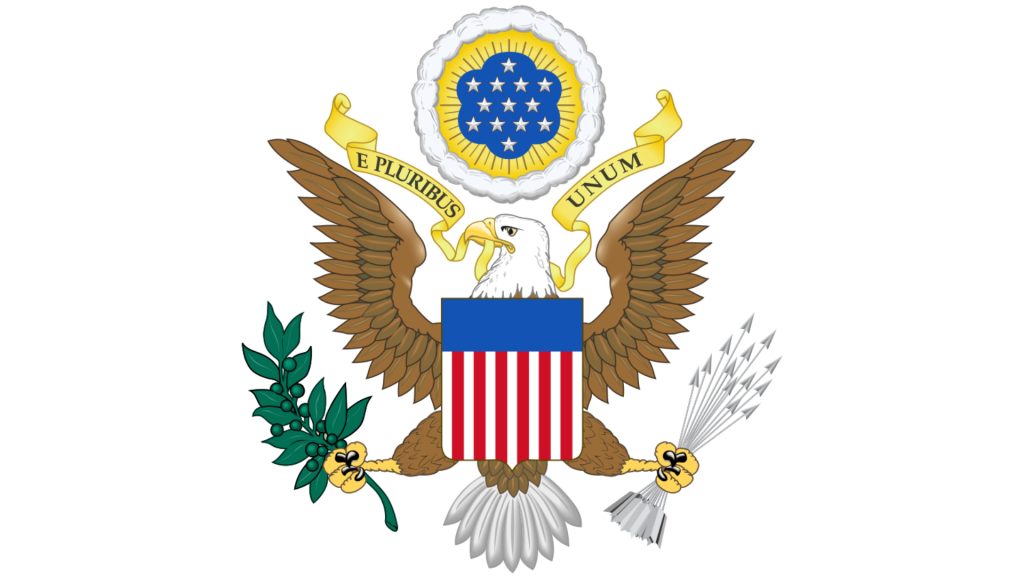
Insight: The Three-Fifths Compromise counted a portion of enslaved people towards a state’s population for representation in Congress. This gave Southern states with more slaves greater power. After slavery ended, the clause became obsolete, and ironically, some former Confederate states even gained more representatives upon rejoining the Union.
39. Who won the 290,000 votes that swung the 1848 election away from the Democrats and into Whig Zachary Taylor’s favor?
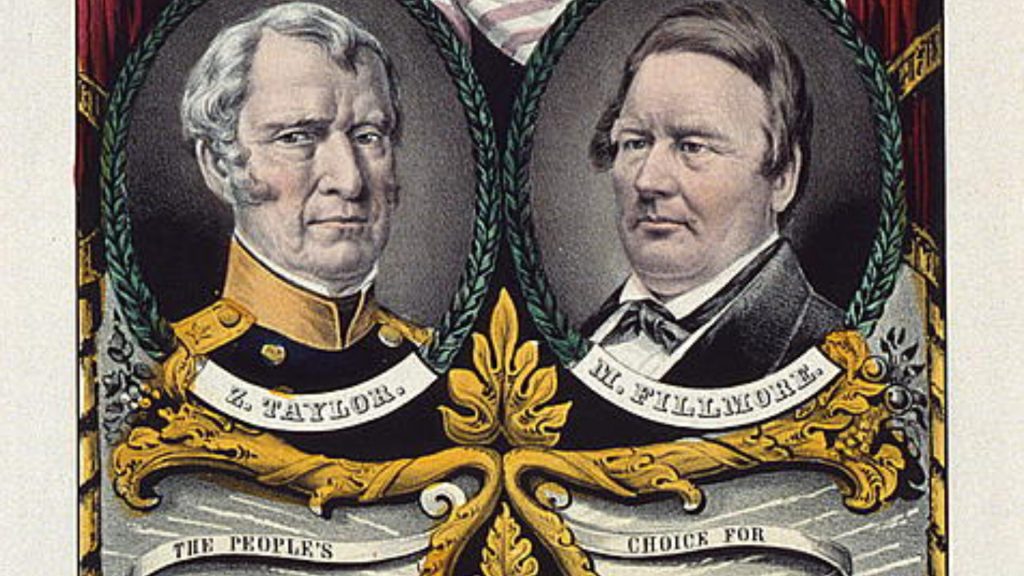
A. Martin Van Buren
B. Andrew Jackson
C. John P. Hale
D. John Tyler
Answer: A. Martin Van Buren

Insight: Former President Martin Van Buren’s 1848 bid as the Free Soil candidate garnered 290,000 votes, tipping the election towards Whig Zachary Taylor. This contest was overshadowed by a rift within the New York Democratic Party between the Hunkers and the Barnburners factions.
40. Although it obviously began in 1812, when did the war end?
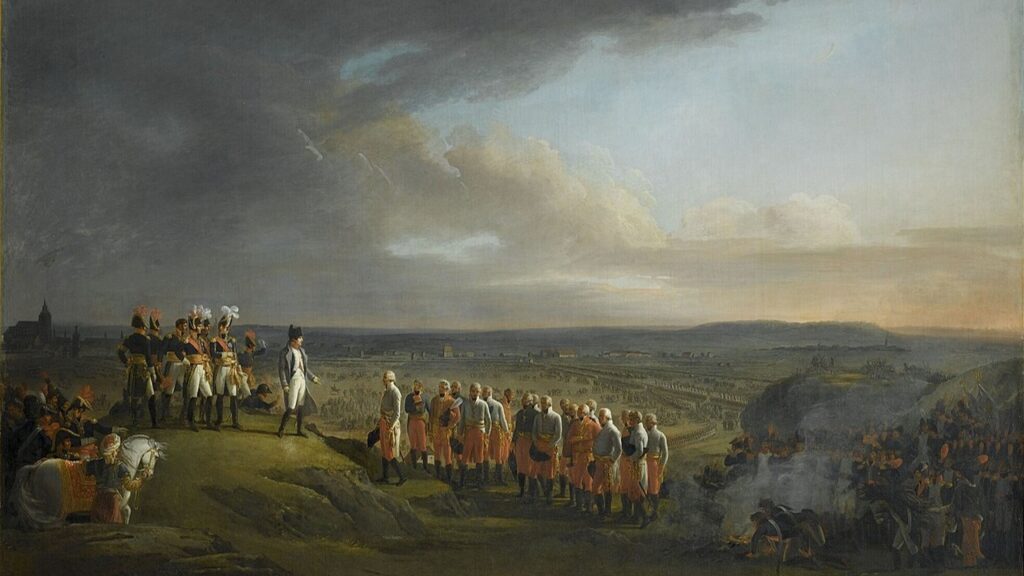
A. 1815
B. 1817
C. 1812, duh
D. 1813
Answer: A. 1815
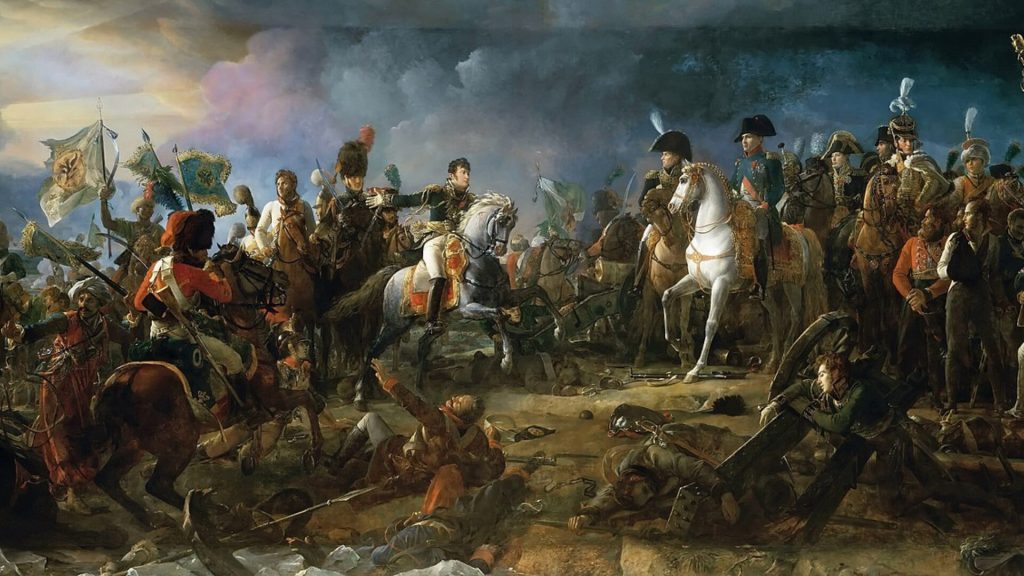
Insight: The War of 1812, which dragged on for three long years, finally sputtered to a close on February 18, 1815. The end wasn’t marked by a grand victory celebration, but rather a sense of weary relief – a na tion glad to see the fighting come to an end.
41. Who was famously nicknamed the “Continental liar from the state of Maine”?

A. Benjamin Harrison
B. Thomas Paine
C. Thomas Jefferson
D. James G. Blaine
Answer: D. James G. Blaine
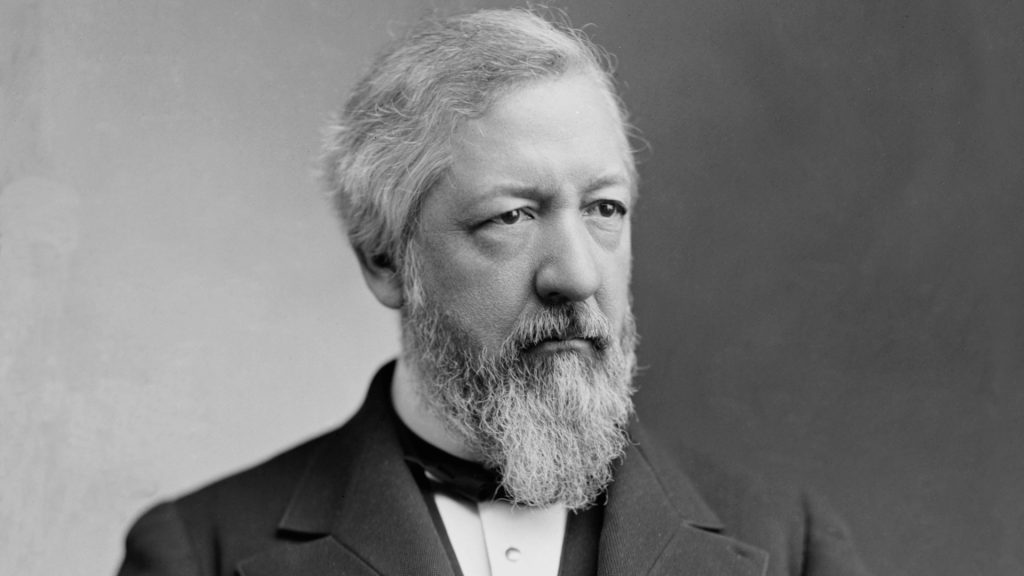
Insight: James G. Blaine, a prominent Republican figure in the late 19th century, earned the nickname “continental liar from the state of Maine” due to his reputation. During the 1884 presidential race, Blaine faced slander from Grover Cleveland’s supporters, who sang, “Ma, ma, where’s my pa?” targeting Cleveland’s alleged indiscretions.
42. Often called rainbow notes by currency collectors, the 1869 two-dollar bill series was the first to feature which U.S. president?

A. George Washington
B. Thomas Jefferson
C. Alexander Hamilton
D. James Madison
Answer: B. Thomas Jefferson

Insight: The first two-dollar bill to showcase a U.S. president was the “rainbow note” series of 1869, featuring Thomas Jefferson. Despite continuous production until 1966, these bills are rarely seen today. Their uncommon use can even lead to confusion by some merchants who might not recognize them as legal tender.
43. On Thanksgiving Day in 1895, the first U.S. automobile race was held on a road course between Chicago and which city?
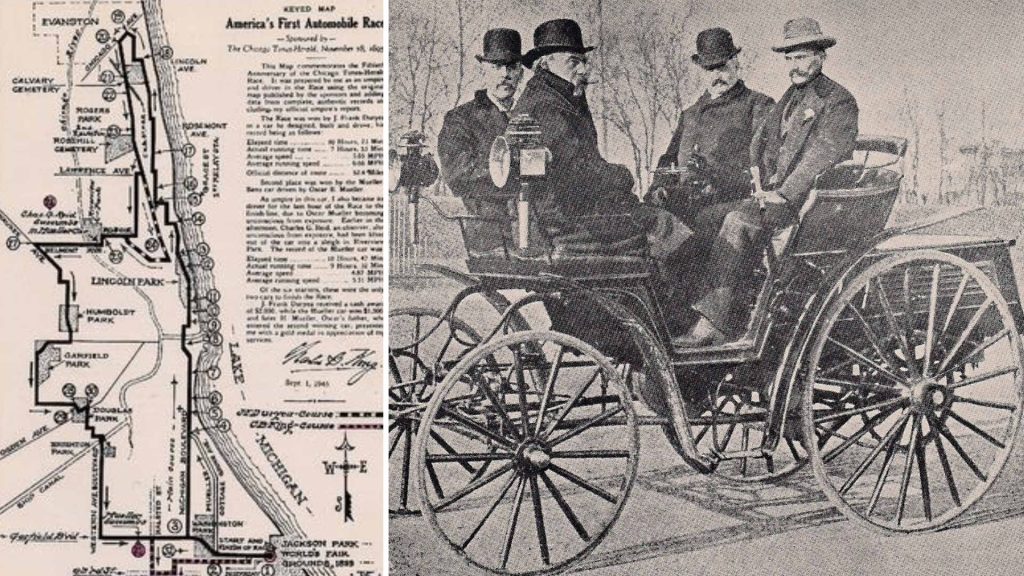
A. Madison, WI
B. New York, NY
C. Evanston, IL
D. Cleveland, OH
Answer: C. Evanston, IL
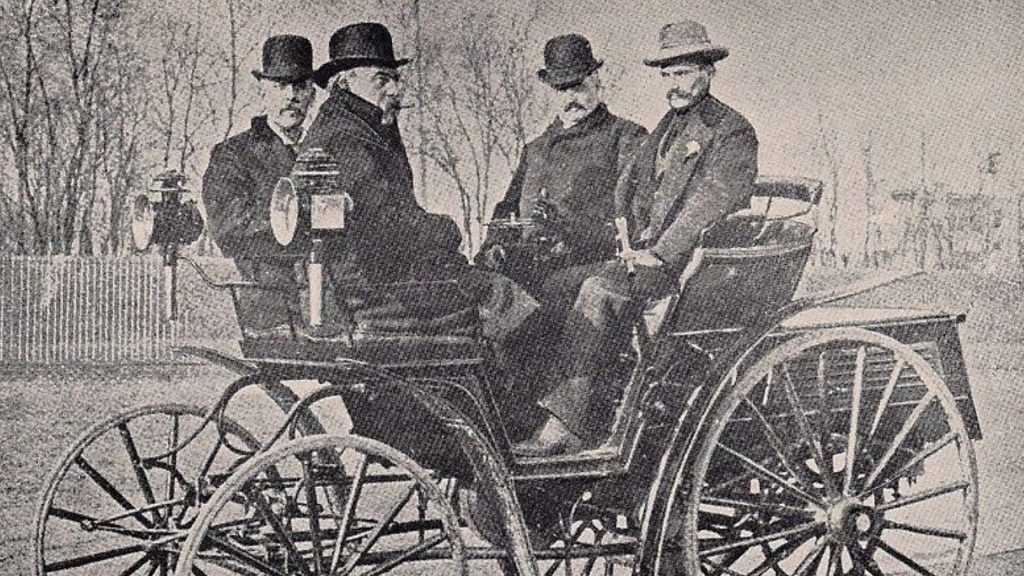
Insight: History was made on Thanksgiving Day, 1895, with the first-ever organized car race in the US. The 54-mile Chicago to Evanston and back course saw the winner reach a then-impressive 15 mph. This race sparked a long-lasting American tradition of car racing that continues to thrill audiences today.
44. Founded in 1829, what is America’s oldest continuously running brewery, headquartered in Pottsville, Pennsylvania?
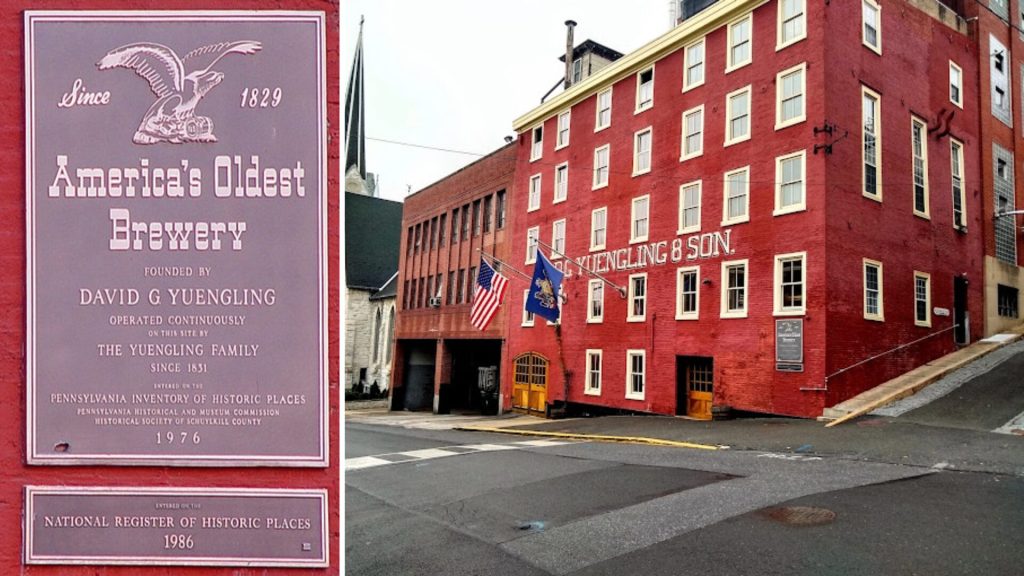
A. Yuengling and Son
B. F. and M. Schaefer Brewing Company
C. Pabst Brewing Company
D. Anheuser-Busch
Answer: A. Yuengling and Son
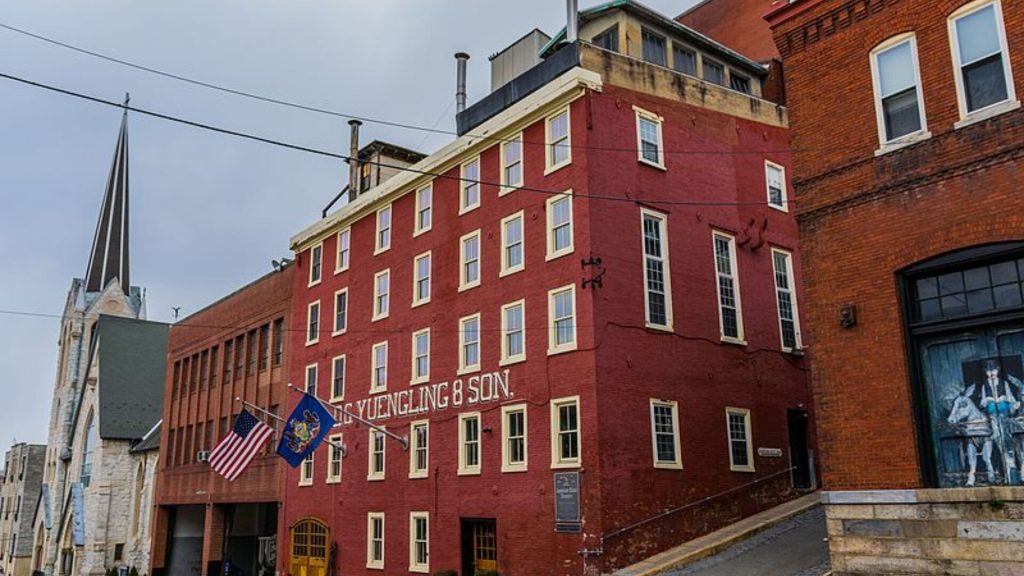
Insight: Yuengling, a name synonymous with American brewing history, boasts the title of oldest operating brewery in the US. Founded by German immigrant David G. Yuengling, the company started as Eagle Brewing before becoming D.G. Yuengling and Son. Interestingly, they even produced ice cream during Prohibition! Despite focusing on just 14 states, Yuengling remains a powerhouse, ranking as the fourth biggest American beer distributor.
45. What was the population of the United States in 1820?
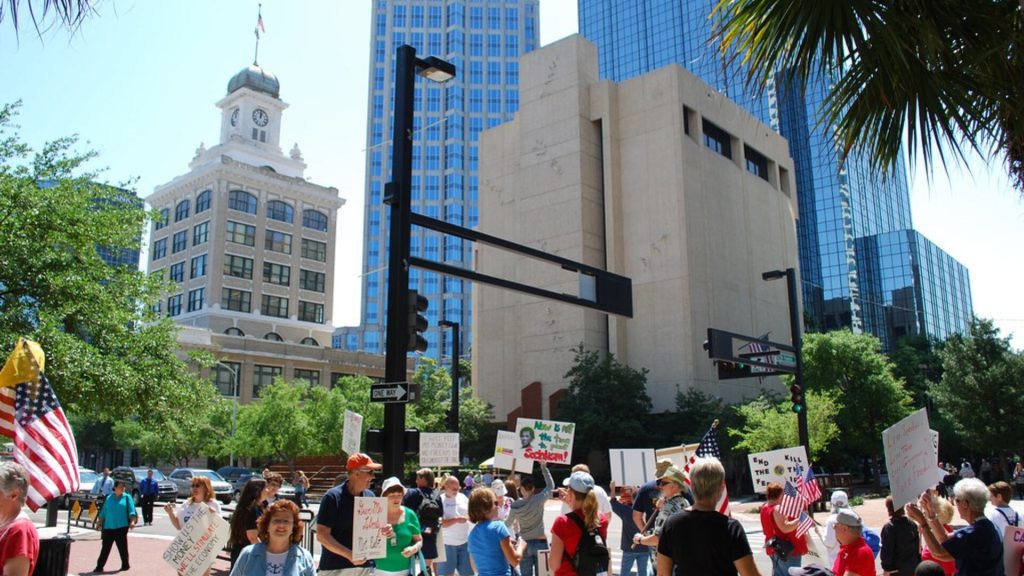
A. Nearly 48 million
B. Nearly 5 million
C. Nearly 120 million
D. Nearly 10 million
Answer: D. Nearly 10 million

Insight: The U.S. population boomed between 1790 and 1820, surging from 3.9 million to a staggering 9.6 million. This dramatic growth can be attributed largely to westward expansion, with the population in western states exploding from just 100,000 to over 2 million during that period.
46. Who was the presidential successor of Zachary Taylor?

A. Andrew Jackson
B. Franklin Pierce
C. James Buchanan
D. Millard Fillmore
Answer: D. Millard Fillmore
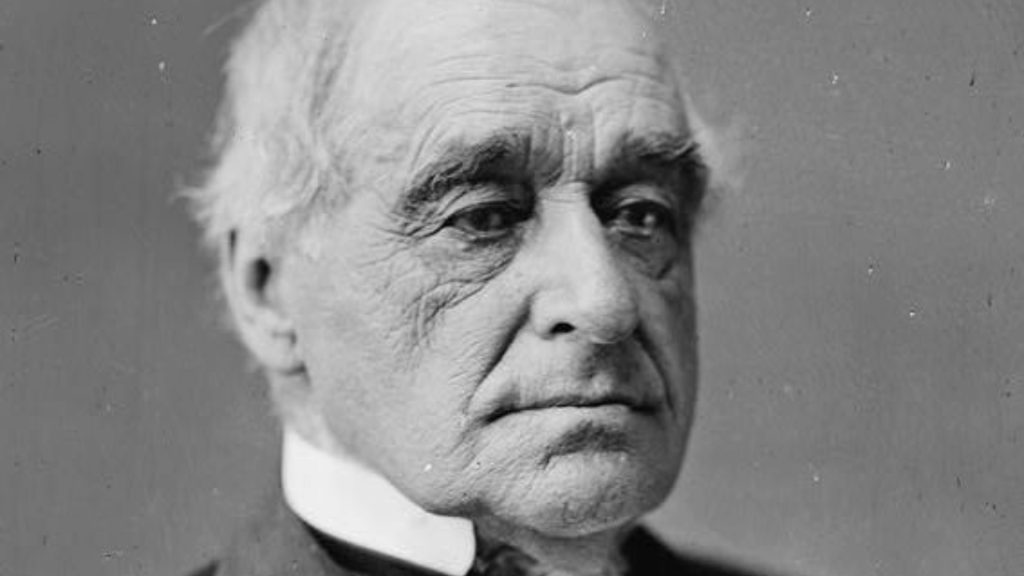
Insight: Ascending to the presidency in 1850 after Zachary Taylor’s death, Millard Fillmore, a Whig with Southern sympathies, navigated a divided nation. He endorsed the Compromise of 1850, a fragile truce on slavery, but failed to secure re-election. Leaving office in 1853 to Democrat Franklin Pierce, Fillmore’s legacy is marked by his attempt to preserve national unity during a time of growing sectional tension.
47. Who was known as the “Great Compromiser”?
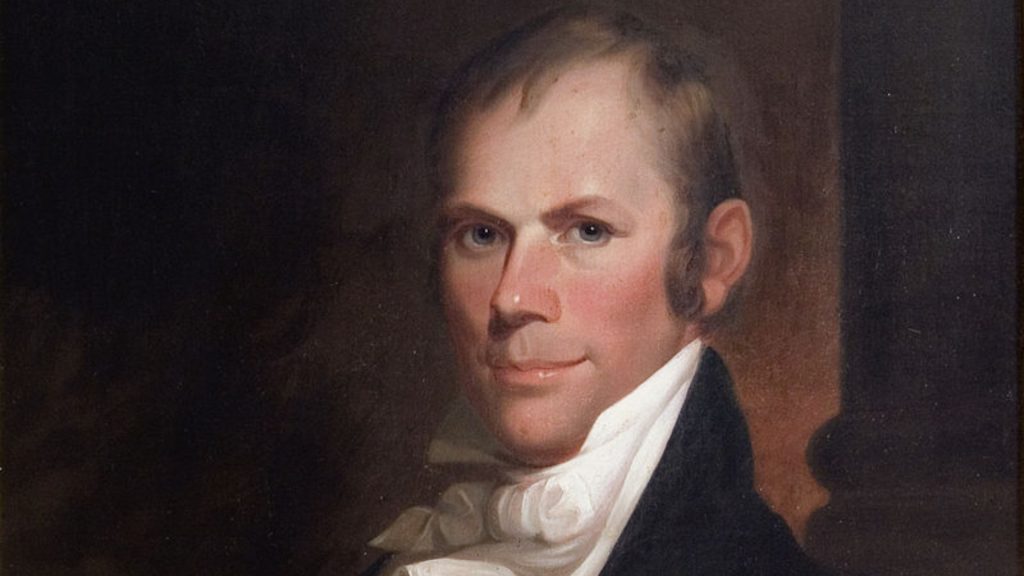
A. Stephen Douglas
B. Andrew Jackson
C. John C. Calhoun
D. Henry Clay
Answer: D. Henry Clay
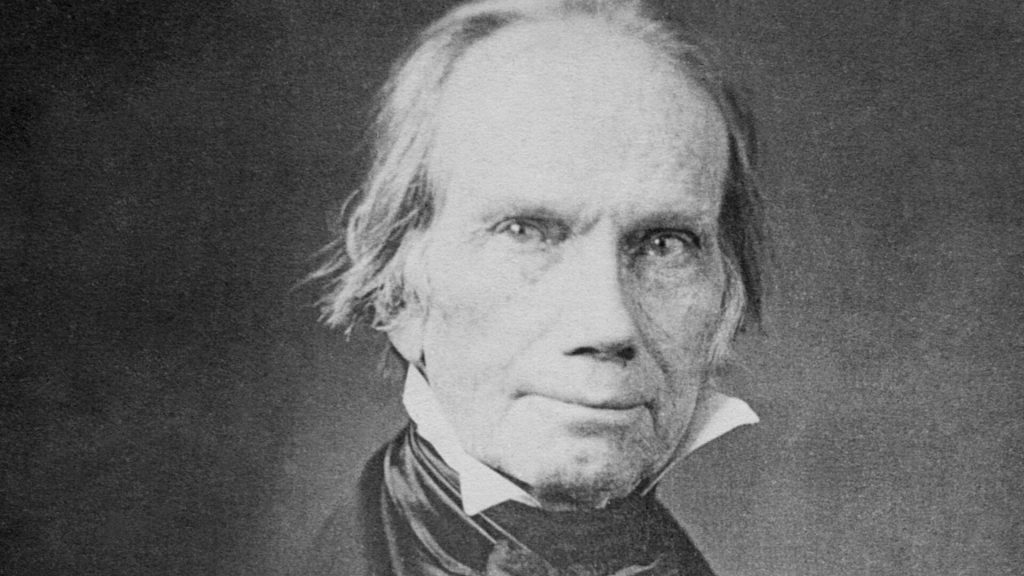
Insight: Lawyer and politician Henry Clay, nicknamed “The Great Compromiser,” played a pivotal role in 19th-century American politics. He championed national unity, pushing for a central bank and advocating for the freedom of South American nations. Clay’s negotiation skills were key to resolving three major national crises, solidifying his legacy as a central figure in the era.
48. A contemporary and friend of writers Nathaniel Hawthorne and Louisa May Alcott, which American poet introduced us to the phrase “the shot heard round the world”?
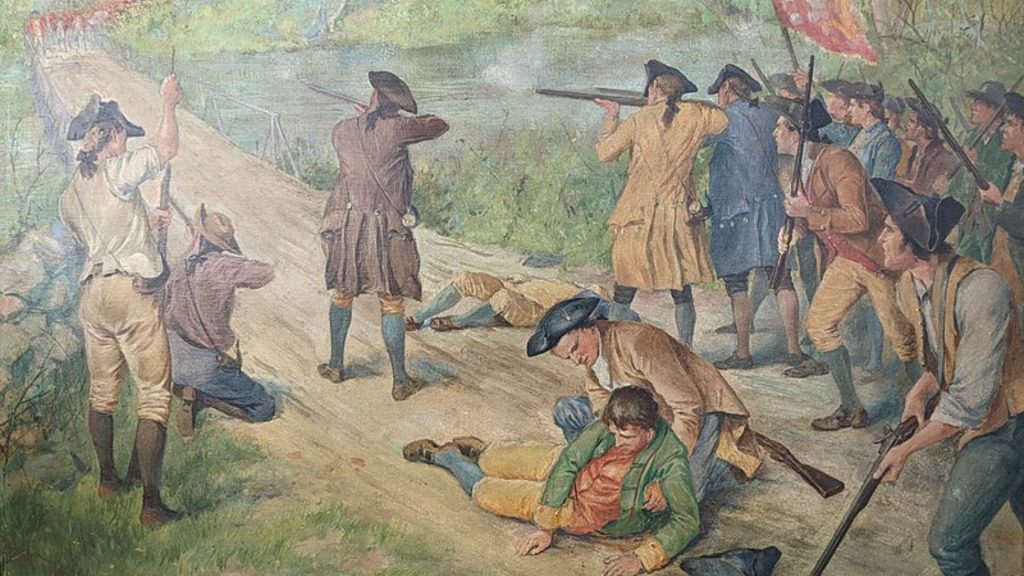
A. Ralph Waldo Emerson
B. Henry David Thoreau
C. Horace Greeley
D. Walt Whitman
Answer: A. Ralph Waldo Emerson
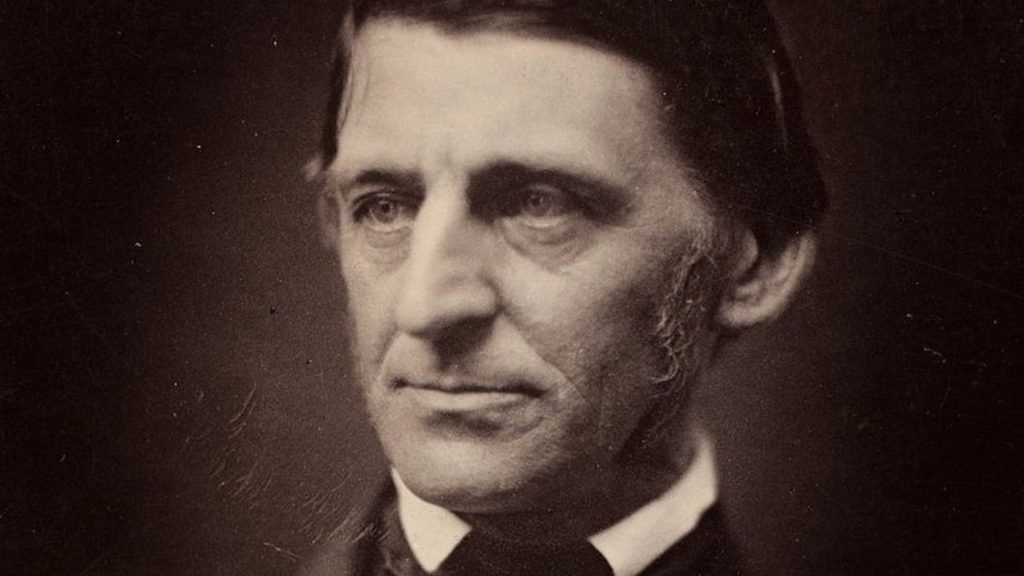
Insight: Ralph Waldo Emerson, a son of Concord, Massachusetts, penned the poem “Concord Hymn” in 1873. It honored the Battle of Concord, a pivotal fight that ignited the American Revolution in 1775. His most famous line, “Here once the embattled farmers stood, And fired the shot heard round the world,” captures the spirit of those brave colonists.
49. The Reconstruction era was a significant period in the history of civil rights here in the United States. How long did it last?

A. 5 years
B. 10 years
C. 12 years
D. 20 years
Answer: C. 12 years
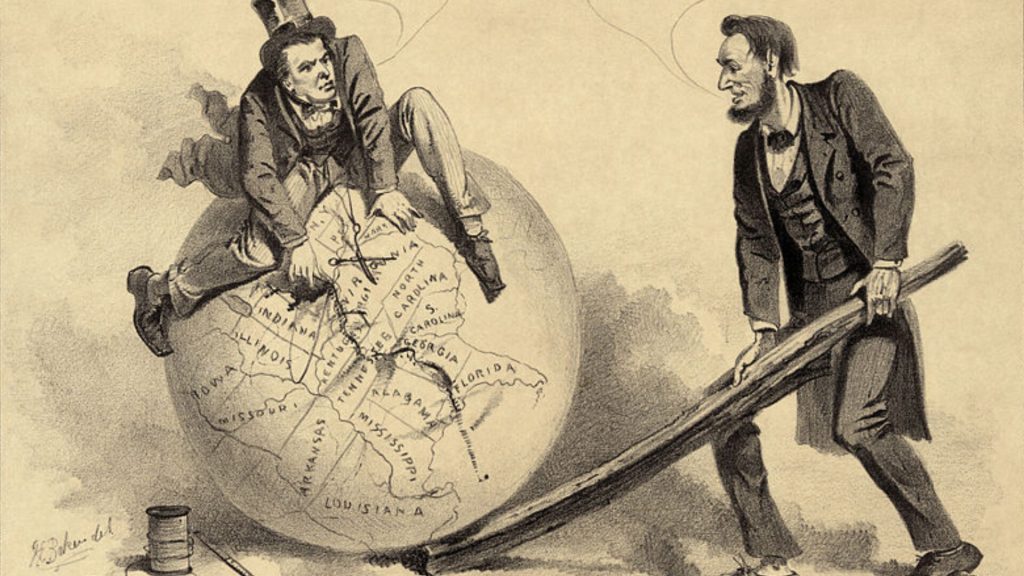
Insight: Following the Civil War’s conclusion in 1865, the Reconstruction era unfolded. This 12-year period (1865-1877) addressed the challenges of reuniting the nation. It saw the official end of slavery, the dismantling of the Confederacy, and the attempt to integrate millions of freed Black Americans into society as citizens with equal rights.
50. Which political party collapsed after the War of 1812?
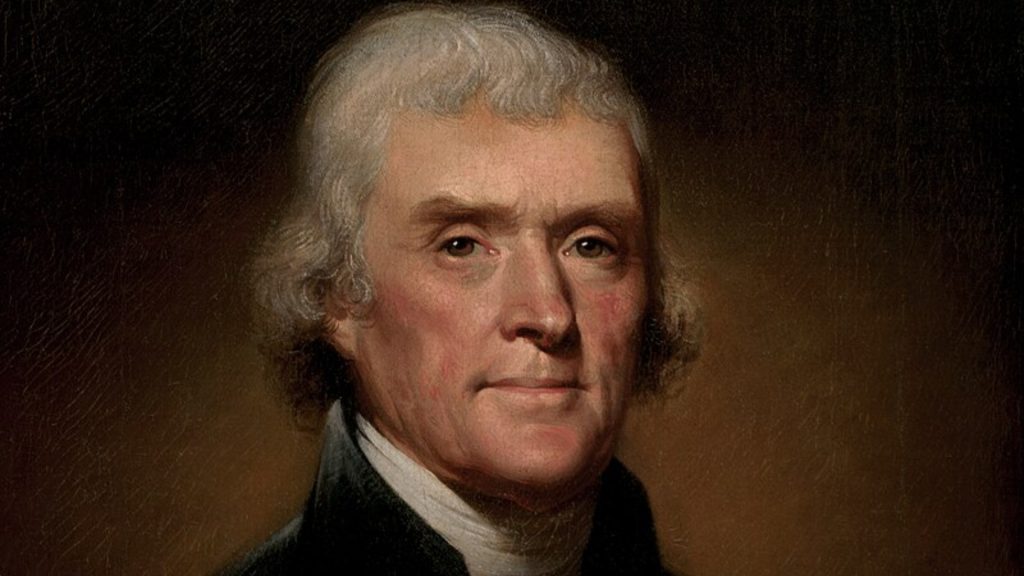
A. Whigs
B. Democrats
C. Republicans
D. Federalists
Answer: D. Federalists

Insight: Though the Federalists, champions of a strong central government under John Adams, enjoyed early success, their popularity dwindled after Thomas Jefferson’s rise. The War of 1812 proved to be the final nail in the coffin, and by 1816, the Federalist Party faded from the national political scene.
51. What was the deadliest disease during the Gilded Age?

A. Tuberculosis
B. Chicken Pox
C. Influenza
D. Spanish Flu
Answer: A. Tuberculosis
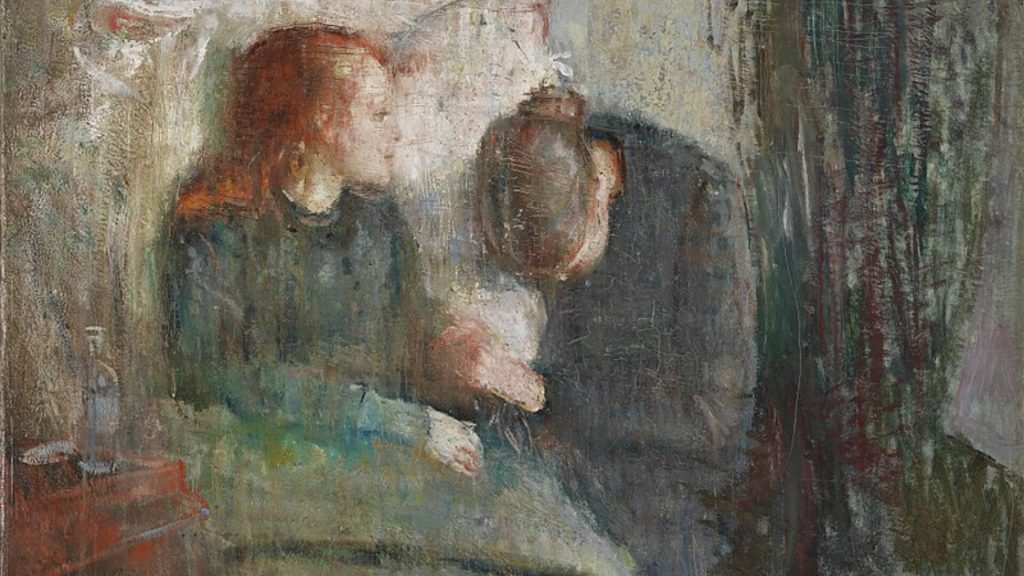
Insight: In the Gilded Age, Tuberculosis, nicknamed “consumption,” reigned as the deadliest disease. It struck people of all ages and backgrounds, but especially the impoverished. While already a scourge in Europe and New England, the rise of industrial cities packed with immigrants created a breeding ground for the disease, making it a major cause of death.
52. What U.S. president opened the 1893 World’s Columbian Exposition?
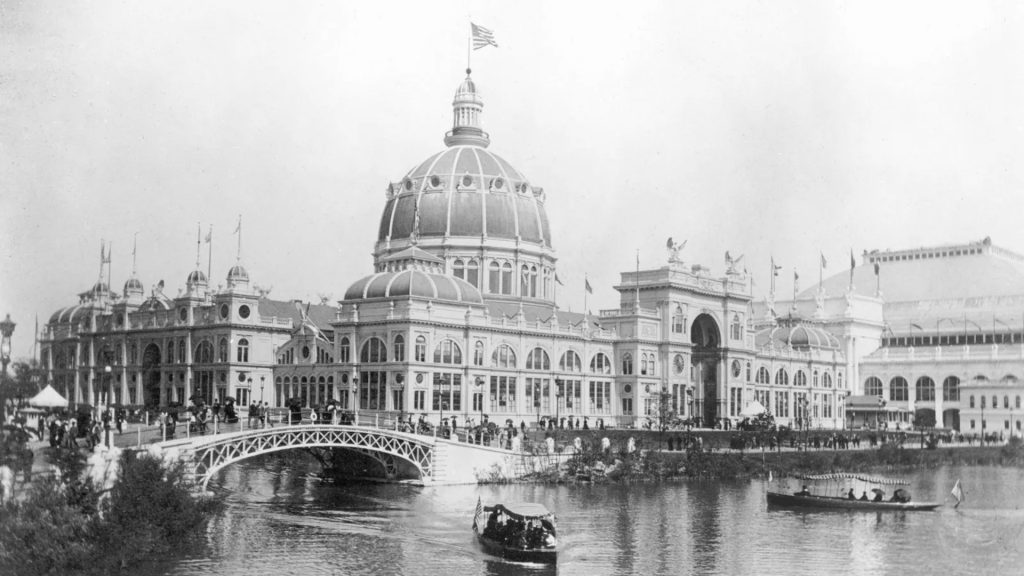
A. William McKinley
B. Theodore Roosevelt
C. Benjamin Harrison
D. Grover Cleveland
Answer: D. Grover Cleveland
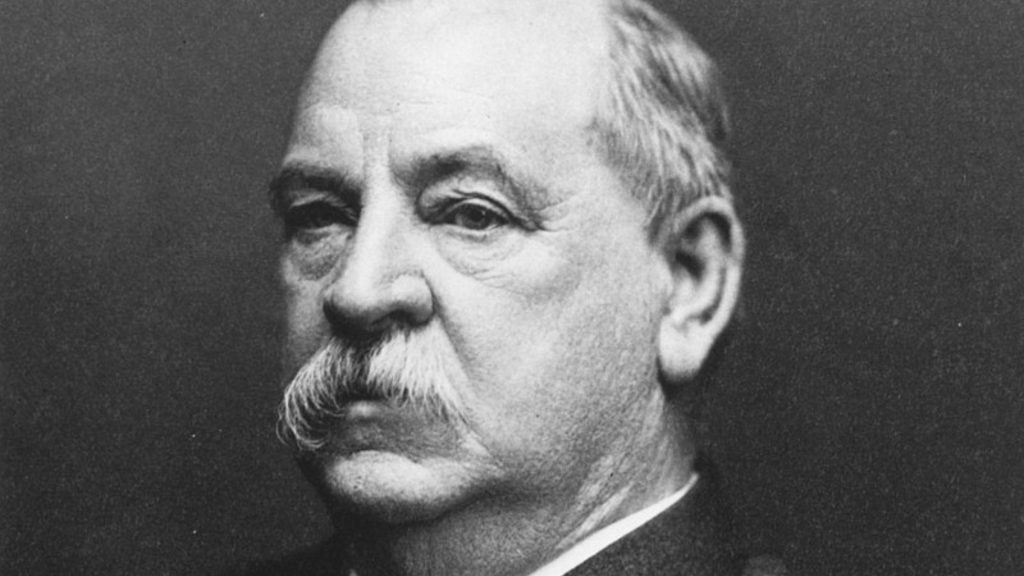
Insight: Grover Cleveland, the only president to serve two non-consecutive terms (22nd and 24th), made a trip to Chicago in 1893. Accompanied by his wife, First Lady Frances Cleveland, he attended the opening ceremonies of the World’s Columbian Exposition, a major world’s fair held that year.
53. In 1832, South Carolina passed what in opposition to the tariff of 1828?
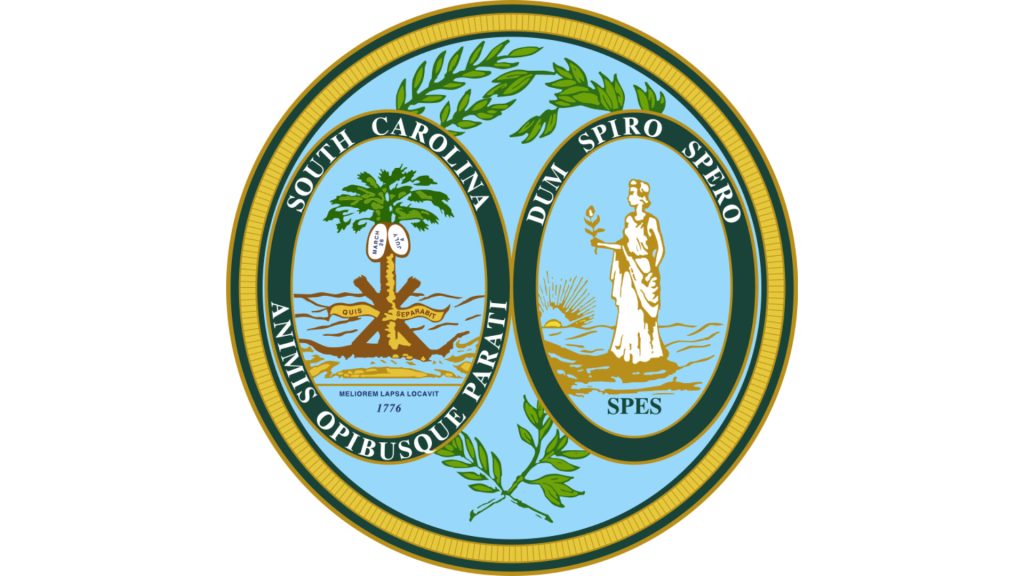
A. The Ordinance of Nullification
B. The Freedom Act
C. The State Rights Manifesto
D. The Ordinance of Resentment
Answer: A. The Ordinance of Nullification

Insight: Angry over import taxes, South Carolina threatened to nullify (cancel) federal laws in 1832. Vice President Calhoun championed states’ rights, but President Jackson disagreed. A compromise tariff lowered taxes, avoiding a fight between the state and federal government.
54. Which person did James Monroe select as his Secretary of State?
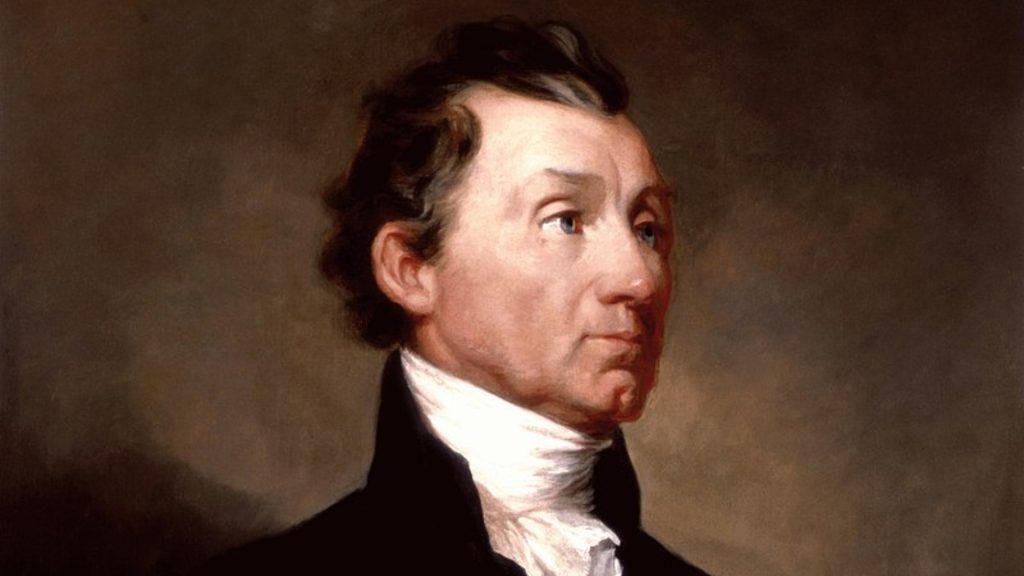
A. John Quincy Adams
B. Thomas Jefferson
C. William Crawford
D. Henry Clay
Answer: A. John Quincy Adams
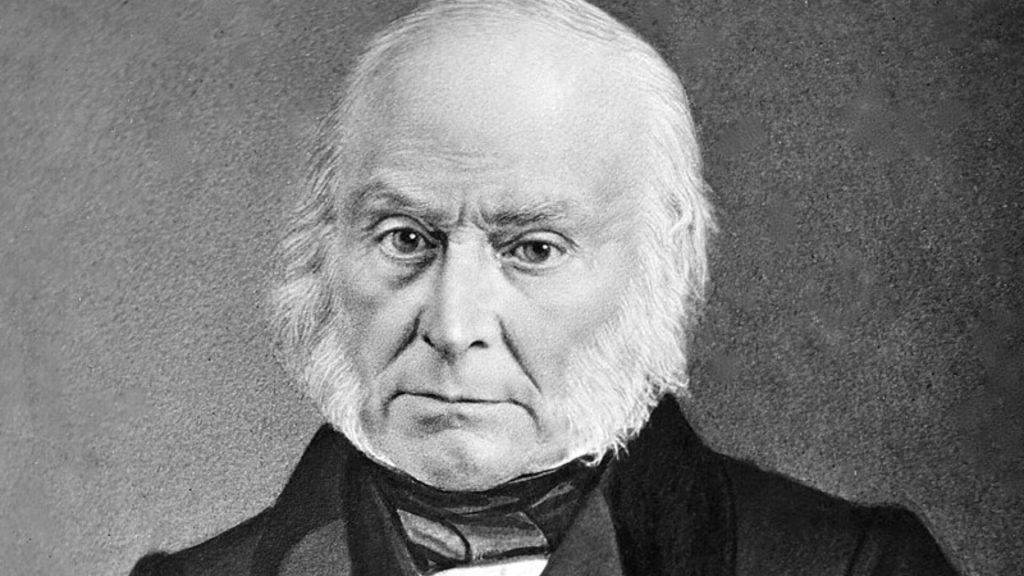
Insight: James Monroe tapped John Quincy Adams, a rising political star, as his Secretary of State (1817-1825). Adams played a key role in shaping the Monroe Doctrine, which declared American independence from European intervention. He also secured joint control of the Oregon Territory and championed the rise of party-based political nominations.
55. Who was the first Vice President to serve alongside Abraham Lincoln?
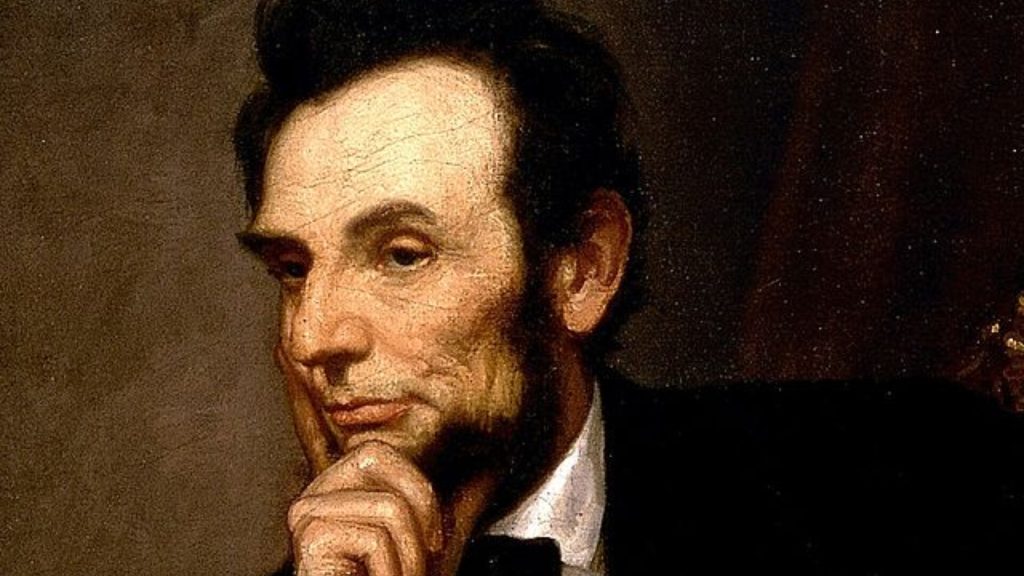
A. Ulysses S. Grant
B. Edward Everett
C. Andrew Johnson
D. Hannibal Hamlin
Answer: D. Hannibal Hamlin

Insight: Abraham Lincoln’s first term as President (1861-1865) saw Hannibal Hamlin by his side as Vice President. Hamlin, a former state representative from Maine, held the distinction of being the first Republican Vice President. However, for Lincoln’s second term, Andrew Johnson became his new running mate.
56. What political party was formed in the 1830s in opposition to Andrew Jackson?

A. Federalist
B. Republican
C. Whig
D. Democratic
Answer: C. Whig
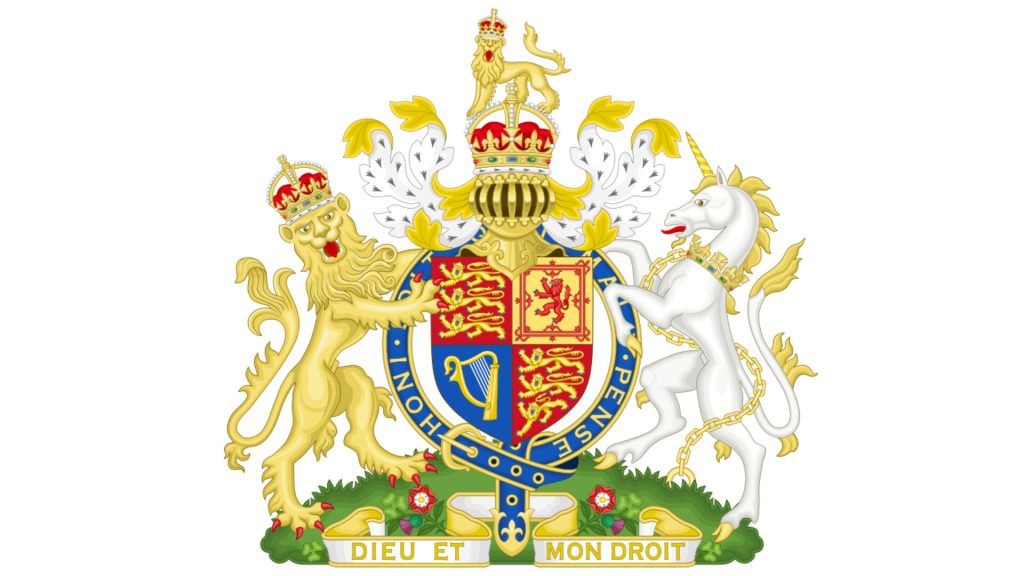
Insight: Formed in 1834, the Whig Party emerged in opposition to President Andrew Jackson’s policies. Comprised of former National Republicans and Anti-Masonic Party members, it faced demise in 1854 due to the escalating slavery debate. The Anti-Masonic Party, sharing a similar anti-Jackson stance, existed concurrently.
57. What was the name of the anti-slavery newspaper edited by William Lloyd Garrison?
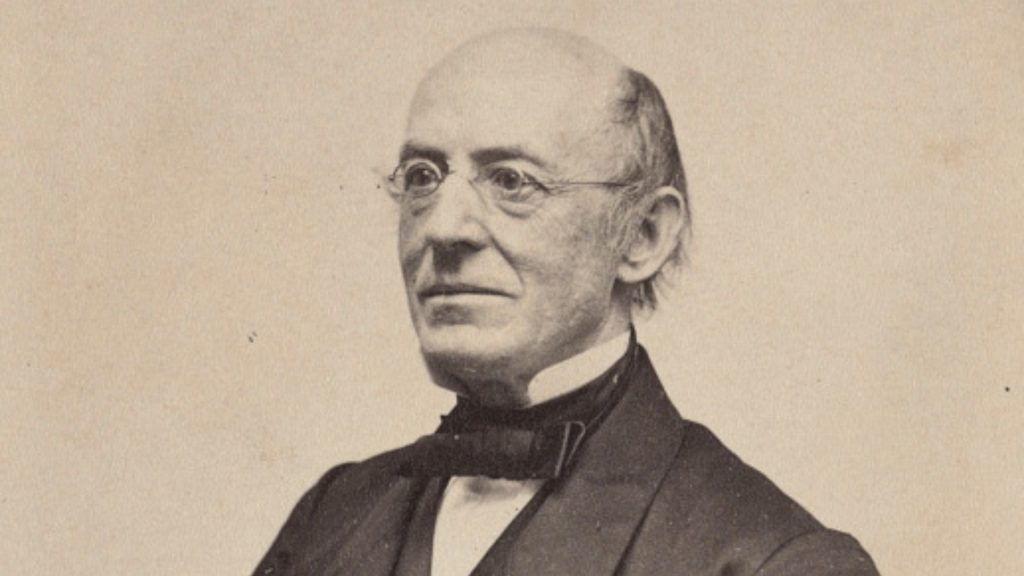
A. The Freedom Fighter
B. The North Star
C. The Emancipator
D. The Liberator
Answer: D. The Liberator
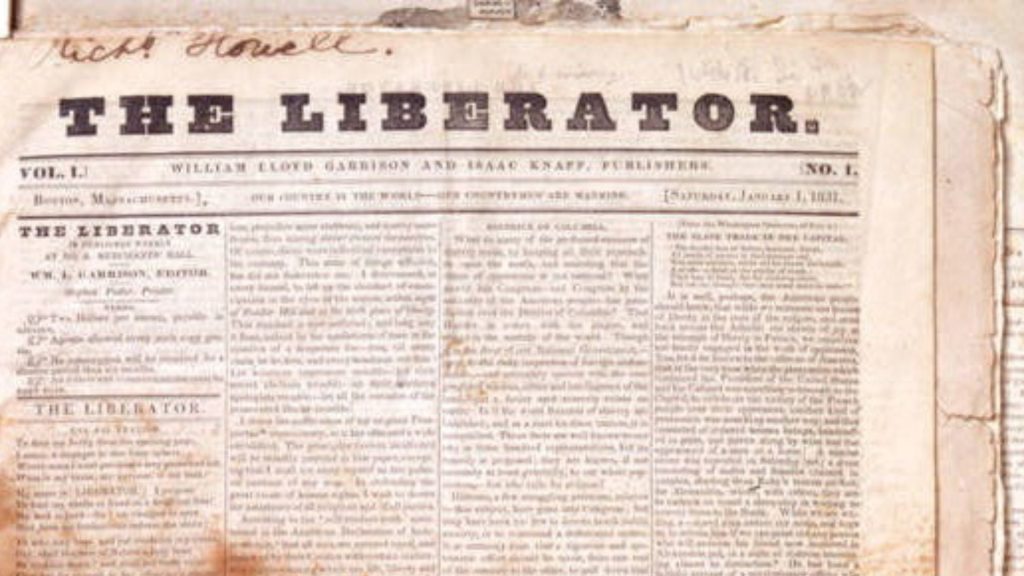
Insight: A leading figure in the fight against slavery, William Lloyd Garrison established the influential American Anti-Slavery Society. He also spearheaded the powerful abolitionist voice, The Liberator, a weekly Boston newspaper published from 1831 to 1865. This publication played a pivotal role in the movement to end slavery in the United States.
58. What U.S. Supreme Court case addressed the 14th Amendment to the Constitution and included the famous phrase, “Separate but equal…”?
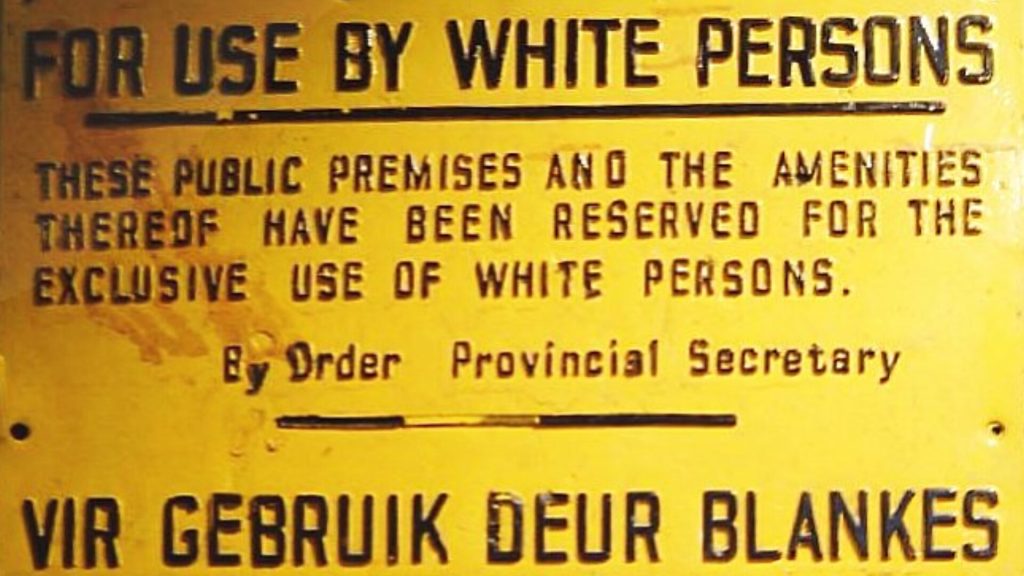
A. Marbury v. Madison
B. Dred Scott v. Sandford
C. Plessy v. Ferguson
D. Roe v. Wade
Answer: C. Plessy v. Ferguson

Insight: In 1896, the Plessy v. Ferguson case cemented racial segregation into law. Upholding “separate but equal” accommodations for Black and white Americans, the decision cast a long shadow over society for nearly six decades. This landmark yet deeply flawed ruling later overturned in 1954, sparked ongoing battles for true equality in the United States.
59. Who was Custer’s executive officer at the Battle of the Little Bighorn?
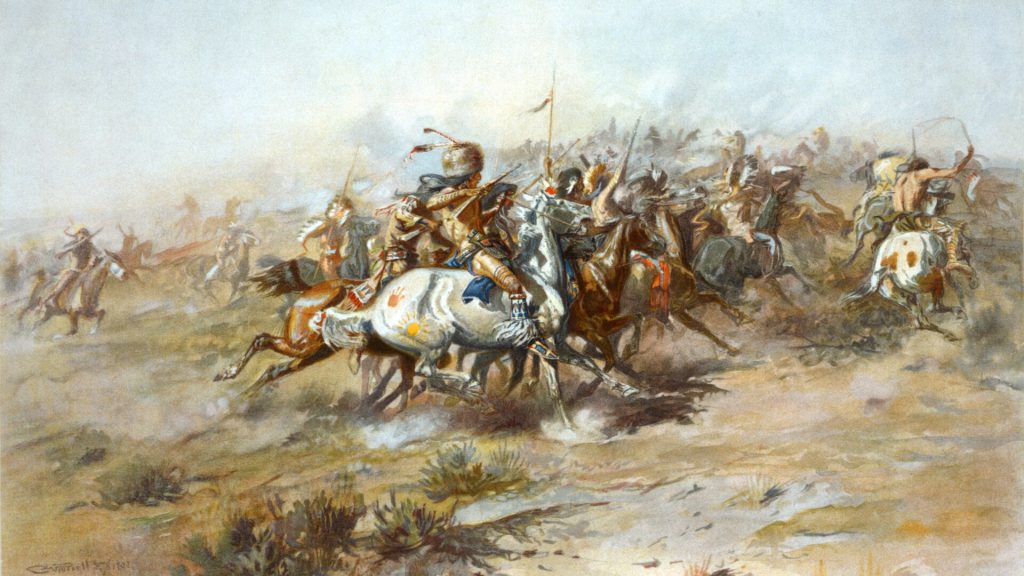
A. George Pickett
B. Marcus Reno
C. William Tecumseh Sherman
D. Ulysses S. Grant
Answer: B. Marcus Reno
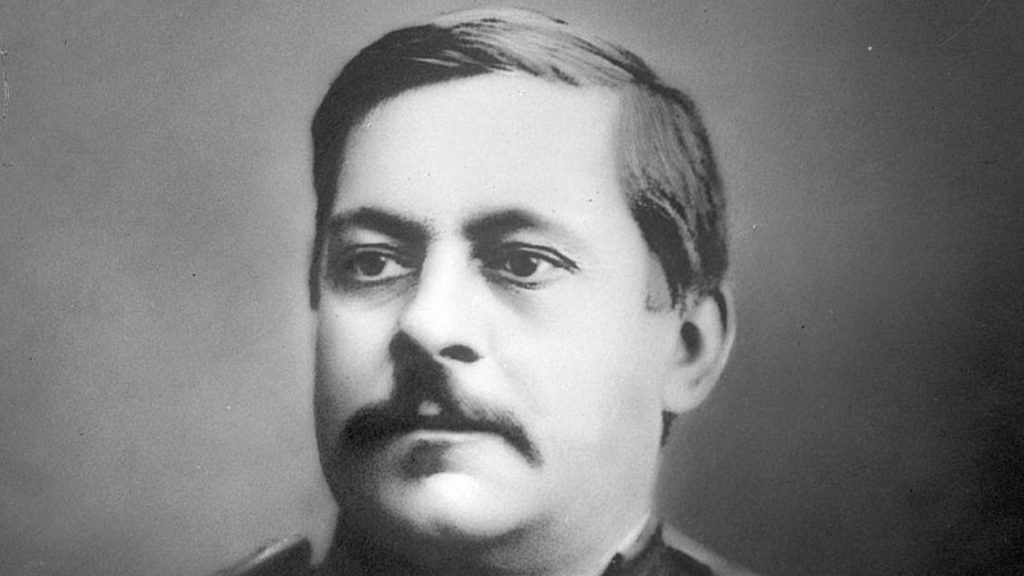
Insight: A Civil War veteran, Marcus Reno served under Custer in the Black Hills War. During the infamous Battle of the Little Bighorn, Reno held a separate defensive position instead of joining Custer’s attack. This decision, controversial to this day, may have played a role in Custer’s defeat.
60. How many slave and free states were there after the Missouri Compromise (1820)?
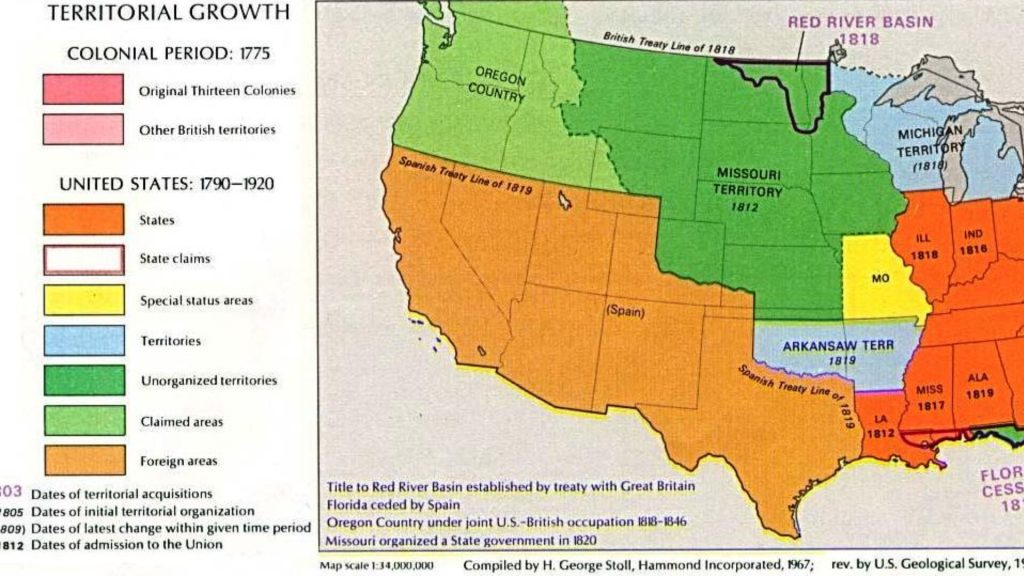
A. 17
B. 14
C. 12
D. 11
Answer: C. 12
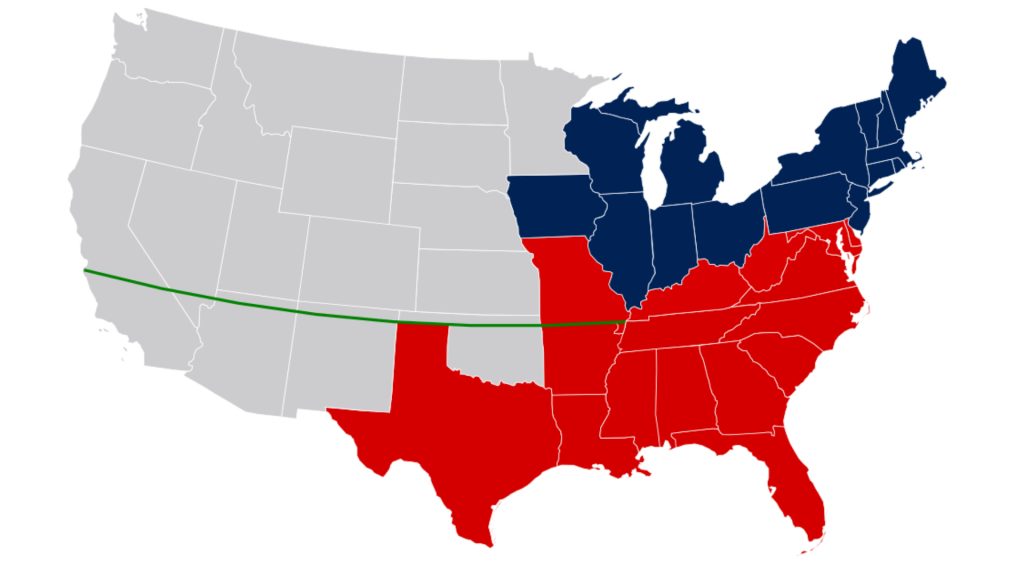
Insight: The Missouri Compromise aimed to keep things even between North and South. Missouri entered as a slave state, while Maine joined as a free state. This kept the number of slave and free states balanced at 12 each. Why was this so important? Because even one extra state could swing the power in Congress!
61. Who was the Whig candidate for the U.S. Presidency in the Election of 1852?

A. John P. Hale
B. Franklin Pierce
C. Winfield Scott
D. John C. Fremont
Answer: C. Winfield Scott

Insight: In 1852, Winfield Scott represented the Whigs in a losing presidential bid against Democrat Franklin Pierce. This defeat proved fatal for the Whigs. Deeply divided over slavery, the party fractured and never again fielded a presidential candidate.
62. In what year was Eugene V. Debs born?
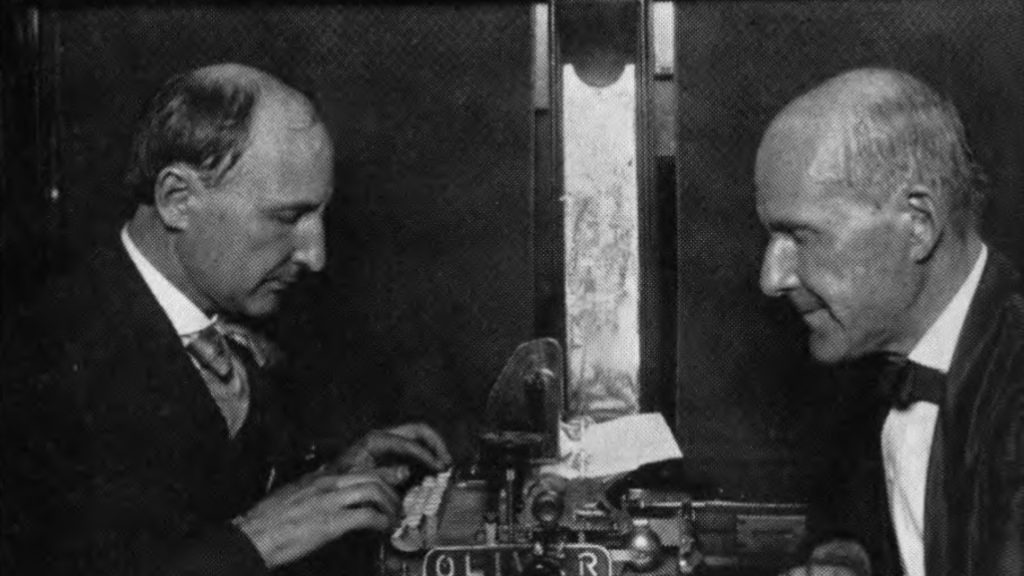
A. 1879
B. 1845
C. 1895
D. 1855
Answer: D. 1855
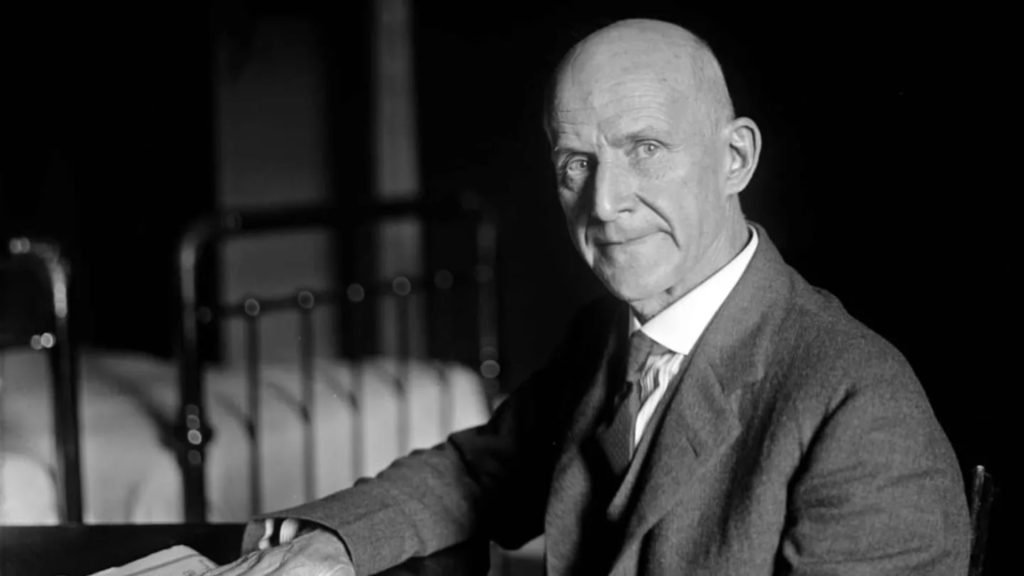
Insight: Terre Haute, Indiana native Eugene Victor Debs (1855-1926) traded classrooms for railroad work at 14. An early union advocate, he initially aligned with the Democrats before embracing socialism in 1901. Debs left a lasting mark as a prominent figure in the American socialist movement.
63. The Reconstruction Era ended with the Compromise of what year?
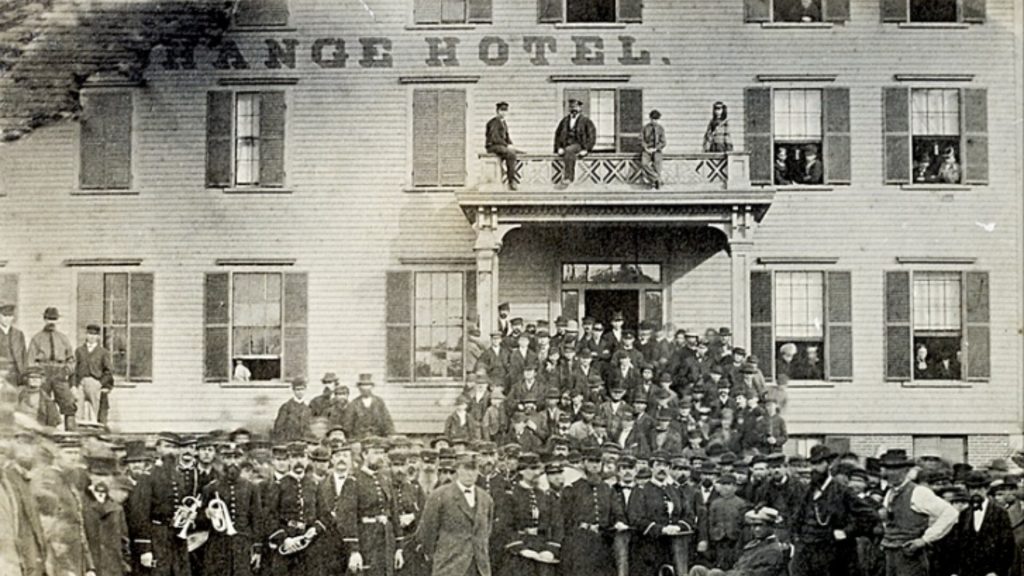
A. 1877
B. 1872
C. 1879
D. 1870
Answer: A. 1877

Insight: In a backroom deal known as the Compromise of 1877, Democratic Congressmen agreed to let Republican Rutherford B. Hayes take the presidency. The price? Ending Reconstruction efforts in the South, effectively returning control to white Southerners.
64. What was the purpose of the 1854 Ostend Manifesto, written by John Y. Mason, James Buchanan and Pierre Soule?
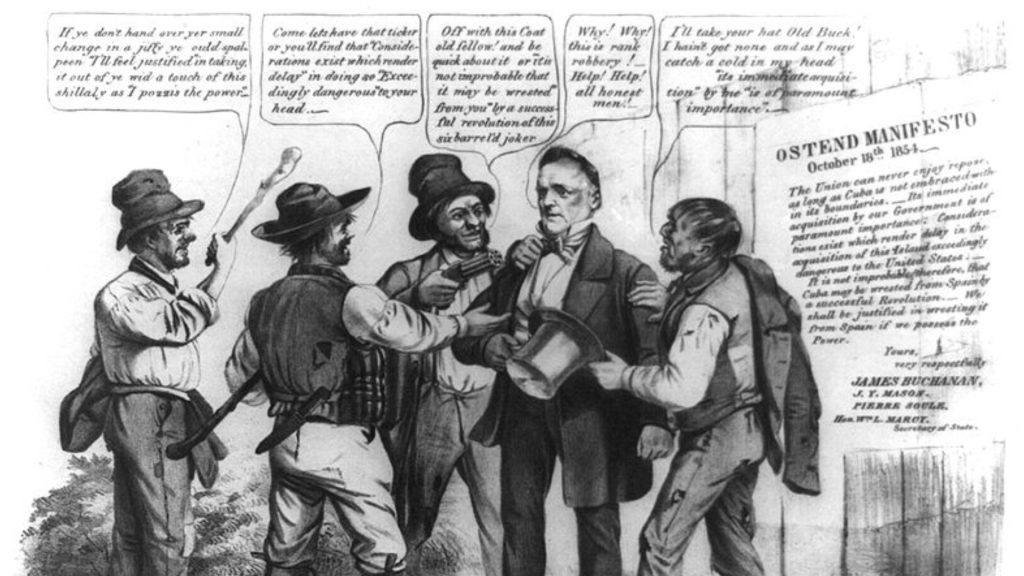
A. To persuade Spain to cede Cuba to the United States
B. To persuade Japan to open up its ports to Commodore Perry
C. To persuade Great Britain to cede Canada to the United States
D. To offer economic incentives to Spain in exchange for Cuba’s independence
Answer: A. To persuade Spain to cede Cuba to the United States
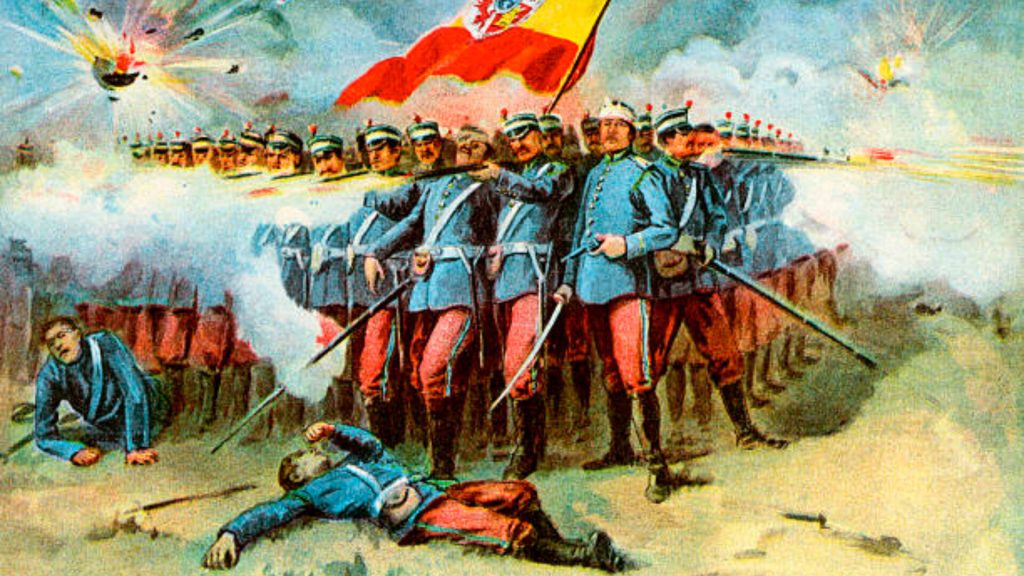
Insight: In 1854, a firestorm erupted over Cuba. Three American diplomats, Mason, Buchanan, and Soule, proposed buying the island from Spain in the Ostend Manifesto. This sparked outrage in the North, who feared it would add another slave state to the already tense Union.
65. Who was the Chief Justice of the Supreme Court when the Dred Scott opinion was issued?

A. Roger B. Taney
B. John Marshall
C. Salmon P. Chase
D. Joseph Story
Answer: A. Roger B. Taney

Insight: Roger B. Taney, the fifth Chief Justice appointed in 1835, left a dark stain on U.S. history. His 1857 Dred Scott decision, denying citizenship to African Americans, inflamed tensions and is considered one of the Supreme Court’s worst rulings.
66. Who did Thomas Jefferson send to Napoleon, alongside Robert Livingston, to inquire about purchasing the Louisiana Territory?
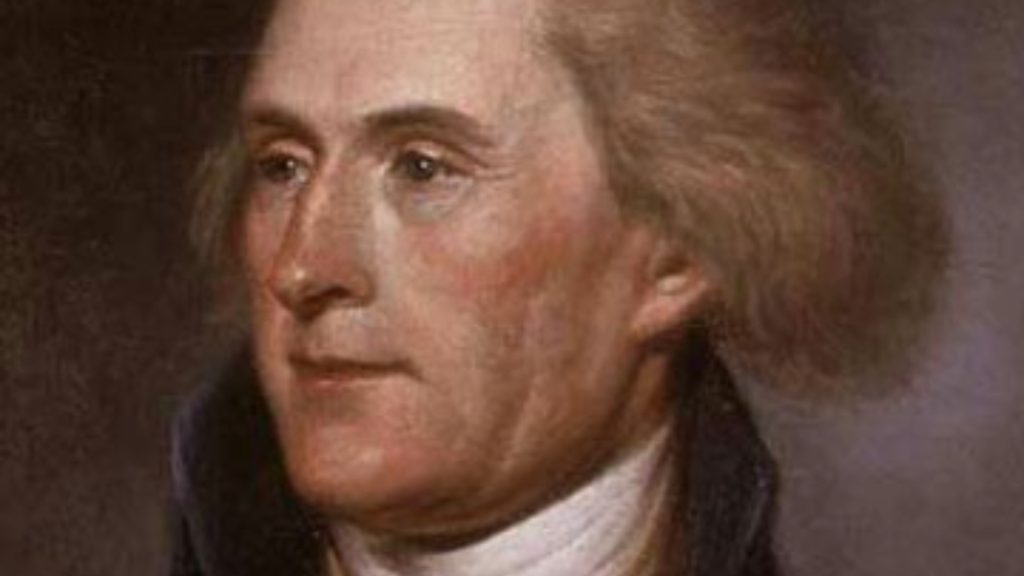
A. Alexander Hamilton
B. James Madison
C. James Monroe
D. Ben Franklin
Answer: C. James Monroe
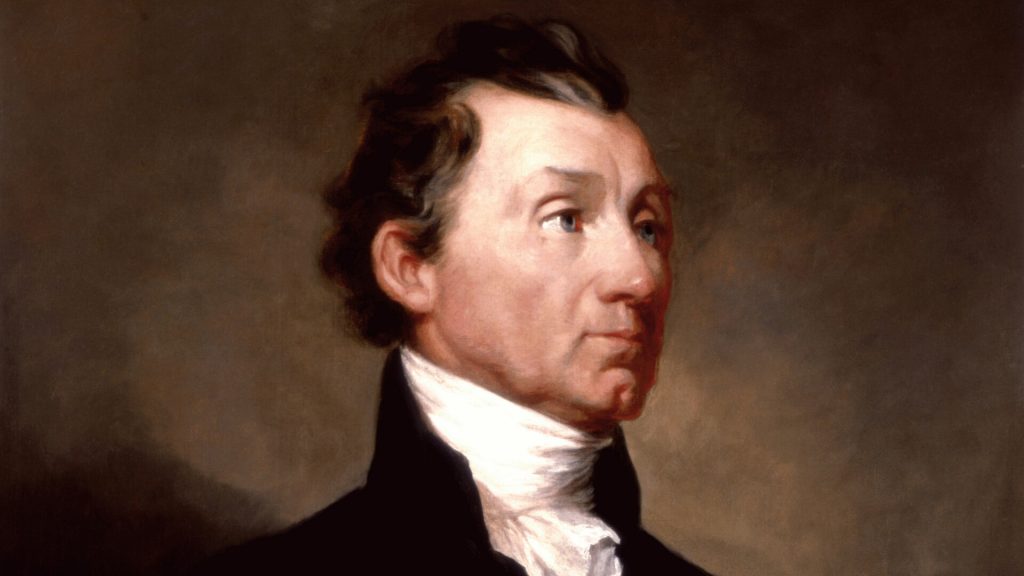
Insight: In 1803, President Jefferson aimed to secure New Orleans and prevent conflict. He dispatched negotiators, who struck a deal with France to acquire the vast Louisiana Territory, doubling the size of the young nation. This bargain, known as the Louisiana Purchase, secured western expansion for the United States.
67. In what year did the Homestead Act pass?

A. 1862
B. 1890
C. 1860
D. 1865
Answer: A. 1862
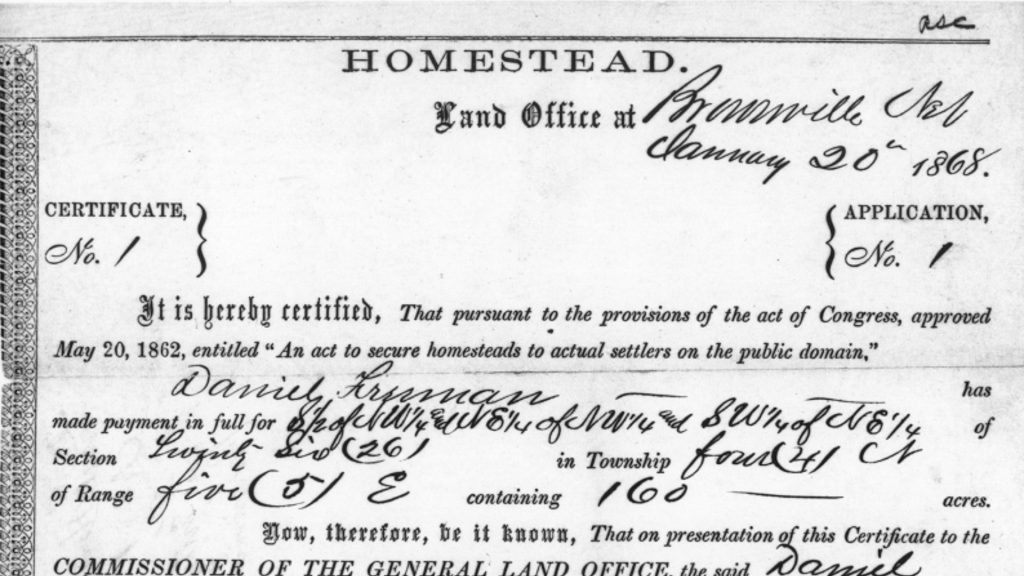
Insight: President Lincoln signed the Homestead Act in 1862, which was game-changer for the West. This law offered 160 acres of free land (increased to 320 acres in 1909) to anyone willing to live on and develop it for five years. This spurred westward expansion and shaped the social and economic landscape of the United States.
68. Which of the following was NOT part of the Compromise of 1850, also known as the “omnibus” bill?
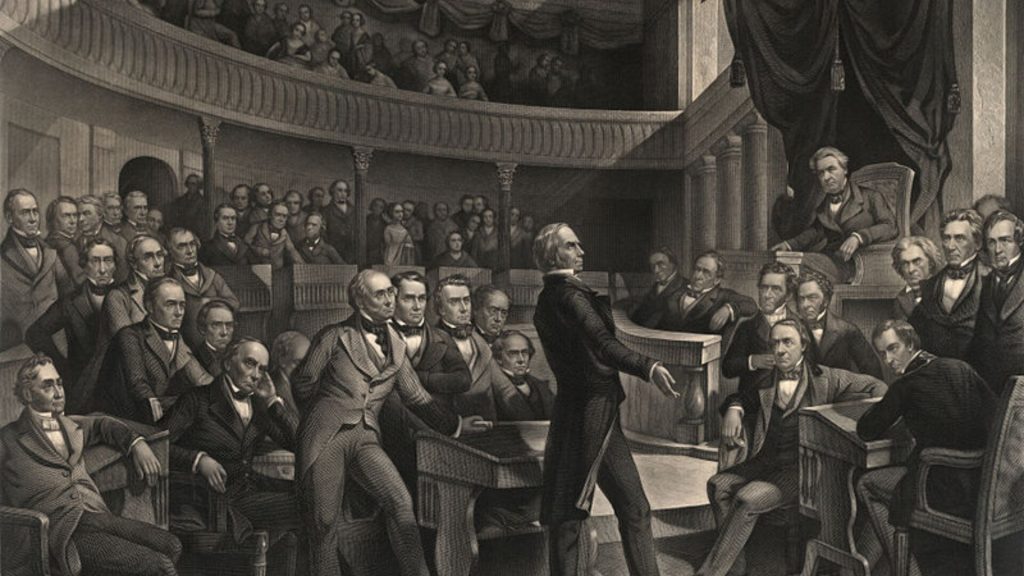
A. Admission of California as a Free State
B. Abolition of the Slave Trade in the District of Columbia
C. Admission of Maine as a Free State
D. Strengthened Fugitive Slave Laws
Answer: C. Admission of Maine as a Free State
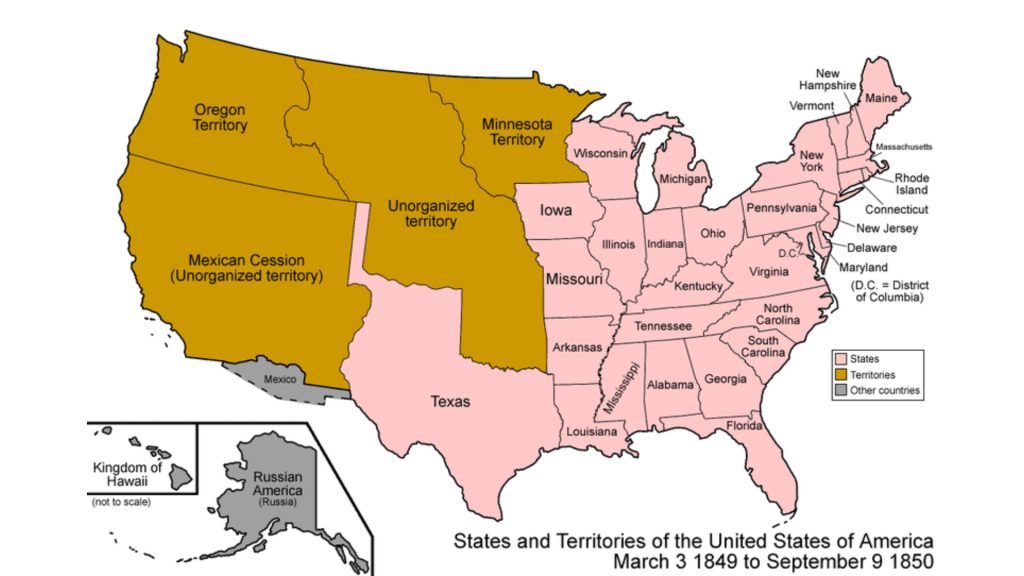
Insight: In 1850, the Compromise aimed to calm tensions over slavery. California entered as a free state, the leftover Mexican territory would decide on slavery themselves, and a stricter fugitive slave law was passed. This replaced the Missouri Compromise, but left the issue of slavery unresolved.
69. What was dedicated in 1886 to commemorate the American Revolution and became a national monument in 1924?
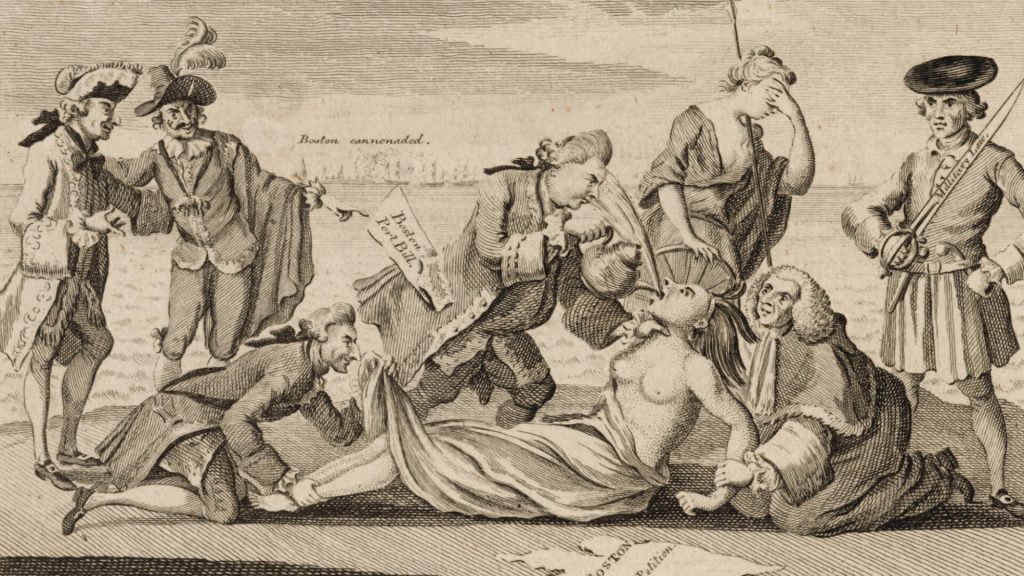
A. The Washington Monument
B. The White House
C. The Statue of Liberty
D. The Liberty Bell
Answer: C. The Statue of Liberty
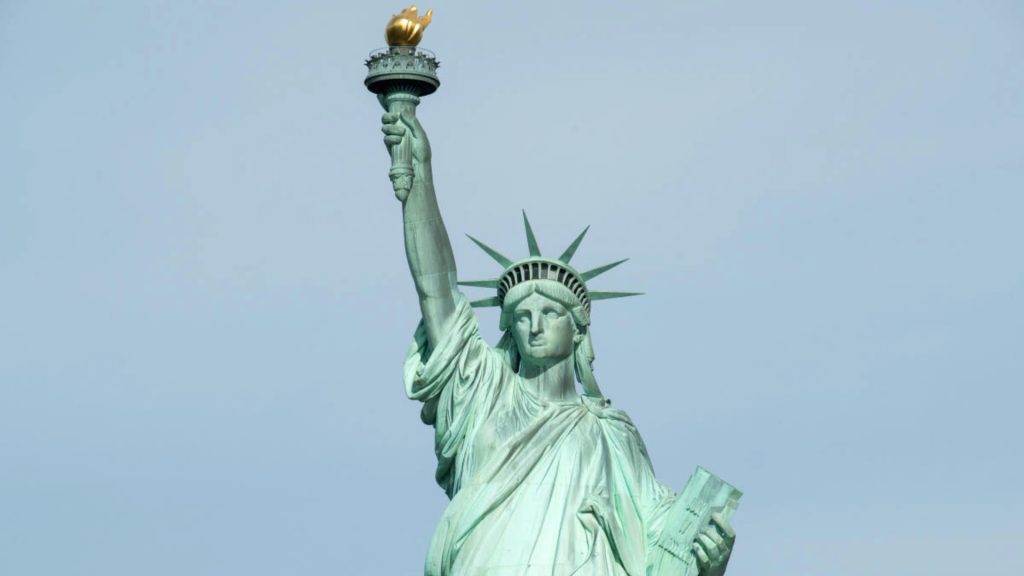
Insight: A symbol of freedom since 1886, the Statue of Liberty stands tall in New York Harbor. Gifted by France to commemorate the American Revolution, Lady Liberty was built on a U.S.-designed pedestal and became a National Monument in 1924, forever etching her place in American history and culture.
70. What political party was formed when Andrew Jackson, Martin Van Buren, and other members of Congress separated from the Democratic-Republican Party?
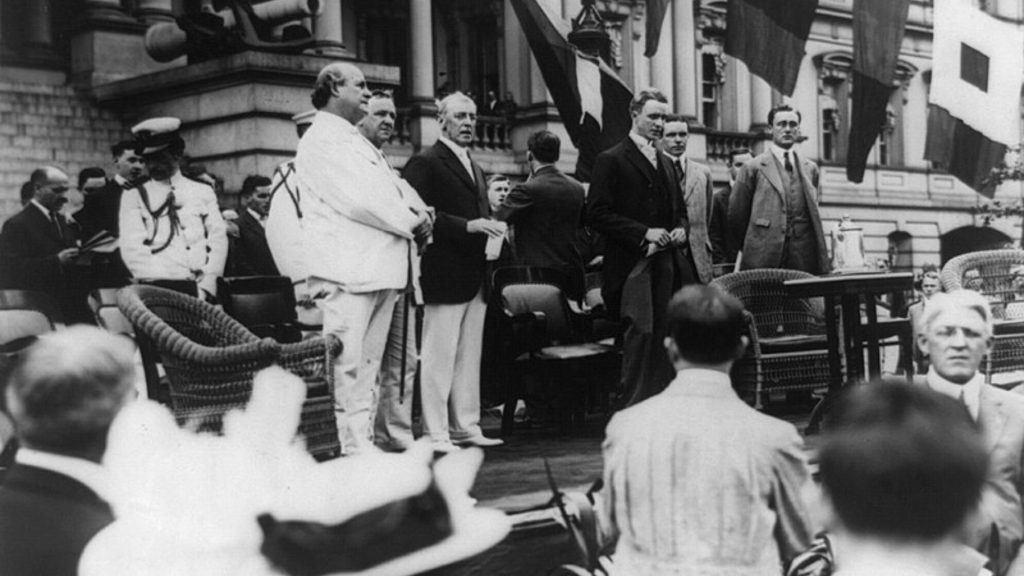
A. Whig Party
B. National Republican Party
C. Democratic Party
D. Republican Party
Answer: C. Democratic Party
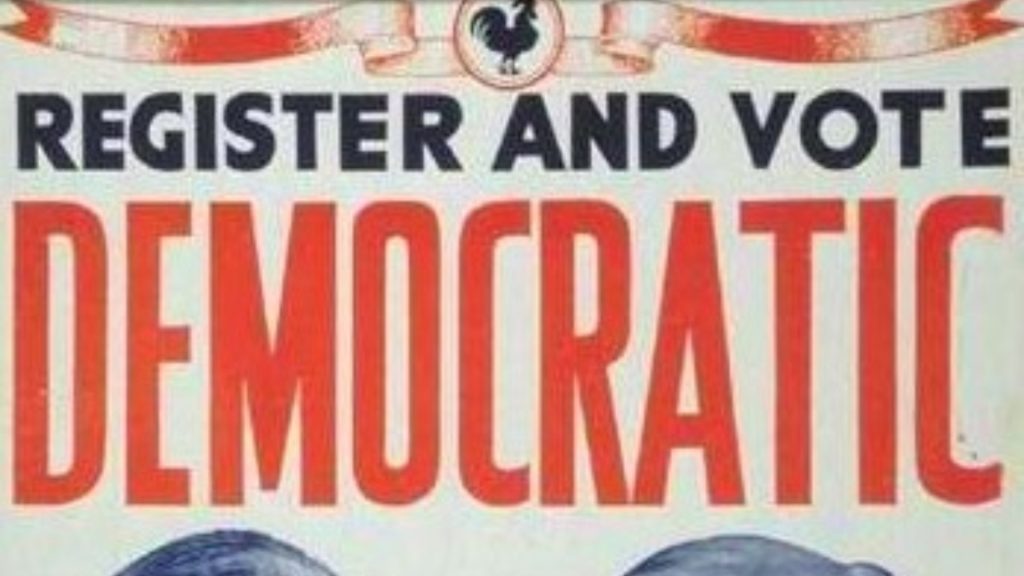
Insight: The Democratic Party, founded in 1828 by Martin Van Buren and congressional colleagues, united supporters of Andrew Jackson from remnants of the Democratic-Republican Party. The Whig Party emerged in 1834 as Jackson’s opposition. This era, marked by one-party rule, became known as the Era of Good Feelings.
71. In 1857, what state’s Supreme Court declared the federal Fugitive Slave Act void in the case of Ableman v. Booth?
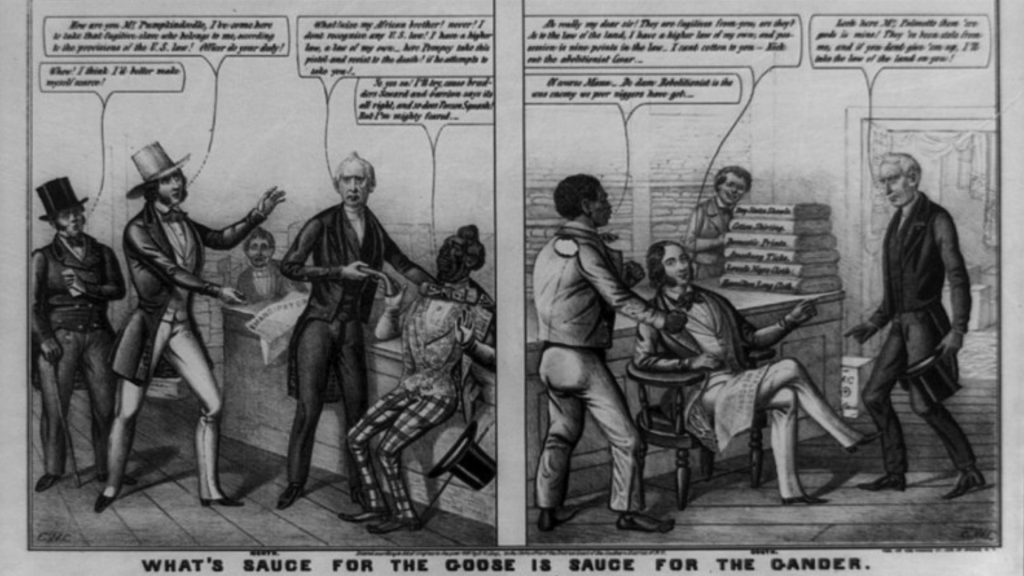
A. Iowa
B. Ohio
C. Wisconsin
D. Massachusetts
Answer: C. Wisconsin

Insight: In a clash between state and federal authority, the Wisconsin Supreme Court tried to block the Fugitive Slave Act. But the U.S. Supreme Court overruled them, upholding the Act and federal power. This case (Ableman v. Booth, 1859) impacted runaway slaves, as states like Wisconsin could no longer defy federal law and prevent their return.

